It’s bank holiday Monday and I was looking forward to going on a guided hike to Lumbutts and Mankinholes. I mean, you have to give it to these Yorkshire folk. They sure know how to name a village! A blue sky had allowed the sun to shine in the early morning and the town soon filled up with holiday makers, dawdling along the pavements as they window shopped, making it virtually impossible for residents on a mission to pass them on the narrow sidewalks. A bouncy castle had appeared in the park a couple of days ago in readiness for the festive occasion and loudspeakers carried muffled voices to my windows. By 8 a.m. the ice-cream van was already parked outside my apartment anticipating good business. But I had seen the weather forecast. In fact, I had followed the weather forecast hourly and there was 80% chance of rain my 1 p.m. and so I abandoned my plan for the hike since those two wonderfully named villages lie way high up on the moors above Todmorden, highly exposed to wind gusts. Just before 1 the rain arrived in the valley and I could only suppose that on the hillsides it was falling horizontally. So I opted for a day of quiet contemplation – ancestry stuff and another embroidered door for my current textile project.
For the last two weeks I’ve been on the trail of Samuel Gibson, 1793-1849. Who’s he? Well, if you must know he’s the father-in-law of my 4th great aunt. Are you any the wiser? A few weeks ago in April 2019 I was invited to a friend’s house in Warley and as I hiked back down the steep hill to Burnley Road I went in search for Butts Green cemetery. Yes, I know: another wonderfully named place. I recalled that one of my ancestors had been laid to rest there but certainly couldn’t remember which one which didn’t surprise me since I have over 8000 people in my family tree. I knew that the chapel which once stood adjacent had long since vanished but I did manage to find the cemetery almost hidden by brambles and years of tree debris. In fact, if I hadn’t have noticed the elaborate wrought iron gates, invitingly ajar, I probably would have missed the cemetery all together. It’s completely overgrown now. I doubt if anyone ever enters its silent recesses. I glanced at the names on the upright plinths to see if any jogged my memory. All the flat stones were covered with mosses and dead leaves. I took a couple of photos and thought the iron gate might inspire a panel in my door project.
When I arrived home I discovered that the name of the ancestor buried there is Samuel Gibson, and so I set about finding out more about him than the scant information I’d already entered on his profile on ancestry.com. I knew that he’d been a collector of fossils and mosses and that at one time he’d opened an inn/museum in Mytholmroyd (yep, another interesting name) where he showed off his collection. Even that wonderful source of information about Calderdale, Malcolm Bull’s site, asks, ‘Does anyone know the name of the pub?’ So I set about trying to answer this call for help. I discovered that Sam’s collection had been a vast, that he was renowned throughout the North of England, and beyond, that his collection in now housed in the Manchester Museum, that he hobnobbed with the leading British collectors of his day, that there were over a dozen articles about him in newspapers of his day, and that there was even an entry about him in The Oxford Dictionary of National Biography! Italics are extracts taken from this dictionary:
Gibson, Samuel (1793–1849), smith and naturalist, was born at Sowerby Bridge, Yorkshire. His father was a whitesmith and Methodist preacher at Butt Green chapel. Ah, ha. I only knew that his father was a Mr Gibson, minister.I found a book listed in Halifax archives listing the events at Butts Green Chapel and have an appointment to go and view it tomorrow. Gibson attended Sunday school briefly before beginning to work as his father’s apprentice. He soon became a skilled whitesmith and mechanic, and in 1814 was employed by a maker of spindles and flies in nearby Hebden Bridge. Hmm, I think I know what a spindle is but I’m not sure about a fly. As I dug around online to find out what these devices were used for and what they looked like I came across the Queen Street textile Mill in Burnley and decided I’d take a trip there. I checked and it was possible to get there by bus, and a day out in Burnley travelling over the Pennines seemed a good idea. As it turned out a planned walk had to be cancelled due to the nasty weather – again – so I spent a wonderful two hours at the museum where, apart from one school group, I had the undivided attention of the two docents who had both worked in the weaving mill, as had their parents. I found out a lot about weaving, fascinating, but on asking about spindle and flies I was told that they belonged to the spinning mills, not the weaving shed. Hmm. My mum worked in a spinning mill. She’d have known. He set up his own whitesmith’s shop in 1820 and was established as a ‘tinman’ in Hebden Bridge when Richard Spruce first consulted him about the botany of mosses in the late 1830s. Mr Spruce (1817-1893) spent 15 years exploring the Amazon from the Andes to its mouth. Wikipedia lists 11 publications that he penned from 1841-1850, and he corresponded with some of leading biologists of the nineteenth century. My ancestor was indeed in elevated company. Later, Gibson was more commonly described as a blacksmith. He married in 1812 and had a family of nine children.
Gibson became interested in botany in 1813 and pursued it his entire life, keeping, in later years, a much used and grimy copy of William Jackson Hooker’s British Flora (1830) on his workbench. Mr Hooker was none other than the Director of the Royal Botanic Gardens at Kew, London. One of his collecting trips took him to Iceland in 1809. On the trip back the ship caught fire and all his notes and specimens were lost but his prodigious memory allowed him to still write about his findings. He soon established himself as an excellent discriminator of plants, particularly the difficult groups of sedges and mosses, as well as of insects and fossil shells. Gibson’s skill was primarily manifested in his large collections. He was a lively and sometimes controversial contributor to the popular botanical magazine The Phytologist (1841–4). Most of his discoveries, however, were encompassed in the works of others, notably John Phillips’s Illustrations of the Geology of Yorkshire (part 2, 1836); Henry Baines’s Flora of Yorkshire (1840); Thomas Brown’s ‘Description of some new species of fossil shells’, Transactions of the Manchester Geological Society (1, 1841, 212–35); Edward Newman’s History of British Ferns (1844); and Richard Buxton’s Botanical Guide (1849).
Gibson’s local knowledge of botany and geology was sought by the surgeon and Methodist Robert Howard, and included in his publication A history of the typhus of Heptonstall-Slack … together with a sketch of the physical condition of the hand-loom weavers (1844), a pamphlet describing the harsh living conditions of working people of the area. I managed to find a copy of this online. It’s a paper describing the ‘History of the Typhus of Heptonstall-Slack which prevailed as an endemic during the winter of 1843-4 accompanied by remarks of the Sanatory (sic) state of that village; together with a stitch of the physical condition of the ?Handloom weavers by /Robt Howard, surgeon, etc. Two letters are appended upon the geology and botany of Heptonstall hill and its vicinity by Mr. Samuel Gibson.’ What’s remarkable to me is the language of these letters. To realize that the only schooling Samuel received was likely to have been a very brief time in Sunday school, perhaps given by his father, the minister, makes the reading of these very scholarly letters remarkable. Many place names that I’ve come to know are mentioned in the letters: Midge Hole, Crimsworth, High Greenwood, Slater Bank, Eaves, Mytholm. By 1845 Gibson himself faced destitution when he had to abandon his craft following a fall from a building. It’s strange that I can’t find any newspaper reference to this fall. If he was such a pillar of society both for his naturalist work, and as a whitesmith and blacksmith in Hebden Bridge I would have certainly expected some newspaper reference to his fall, but perhaps the seriousness of his fall and its result was not at first recognised. His injuries were considered the cause of his subsequent poor health and cantankerous nature. Following his accident, he took over an inn, the Royal Oak, in Mytholmroyd in which he established a museum. According to Richard Rainbow’s lecture the Royal Oak narrowly avoided being demolished in 2003. It’s located on a rise from the centre of Mytholmroyd known as Pismore Hill which name is, according to Richard, derived from the smell issuing from the stables attached to Sam’s pub. Others in the audience at Richard’s lecture to the Hebden Bridge historical society offered another derivation! The smell of ant hills!
Although living in an isolated area, Gibson associated with gentlemen and artisan naturalists from Manchester as well as from nearby Todmorden and Halifax. He also corresponded with several eminent botanists. The Manchester Geological Society elected him an honorary member in 1843. He had become more widely known to men of science in the previous year, when his fossil shells were exhibited at the Manchester meeting of the British Association for the Advancement of Science, which Gibson was allowed to attend, but in 1847 he was forced to sell this collection to the Manchester Natural History Society because his pub–museum failed to attract sufficient customers.
This sale allowed Gibson to leave the inn and move to a nearby cottage in early 1848. Probably suffering from heart disease, he soon became bedridden and during a long illness had to sell all his specimens of fossils, land and fresh-water shells, and birds. Edward William Binney, geologist and warm supporter of artisan naturalists, became aware of Gibson’s plight in May 1849 and immediately made appeals for his support. By the end of the month Adam Sedgwick, William Buckland, and Lord Fitzwilliam had sent contributions and Binney was investigating ways of selling Gibson’s remaining collections. EDWARD BINNEY was born on December 7, 1819, and died in December, 1881. He was three times president of the Literary and Philosophical Society of Manchester, was president of the Manchester Geological Society, and in 1856 was elected a fellow of the Royal Society.Samuel’s grandson had been named Thomas Binney Gibson. I had been a little confused by the Binney name since it sounded like a surname. I suspected it had been his mother’s maiden name but I knew that wasn’t the case. In my notes a see that Barbara Atak of the Hebden Bridge Historical Society had told me that Thomas was given that middle name because of a family friend. Now I know that it was none other than the founder of the Manchester Geological Society. Again, these are the circles in which this unschooled ancestor thrived. In August 1849 Gibson’s almost complete British herbarium was bought for £75 by Mark Philips, MP for Manchester from 1832 to 1847; his entomological collection, consisting of thirty-four boxes of insects, was retrieved by Binney (with Sedgwick’s help) from a clergyman who had bought them from Gibson’s wife for £2, and was resold for £45. These funds became Gibson’s bequest to his family for he had died in Mytholmroyd on 21 May 1849; he was buried at Butt Green four days later.
Halifax Courier, Aug 12, 1939
SPRUCE VISITS SAM. GIBSON. Not all working: men were politically minded, and by way of contrast to the Chartists, there is a contemporary glimpse, though it is only at second or third hand, of the naturalist workingman in the person of Samuel Gibson, of Hebden Bridge. The district has bred a good many of them. Anyone who knew James Needham can recognise the type. Gibson’s visitor and friend was Richard Spruce, who later gained fame as a naturalist-traveller in South America. When twenty or so he was teaching mathematics in and near York, and sought help from Gibson in the first stages of his study of botany. His Notes of a Botanist on the Amazon and Andes were put into shape after his death by Alfred Russel Wallace in 1908; and in a slight sketch of Spruce, he pieces together these few fragments. The visit may be dated about 1839-40. 1839-1840—He tells in letter to Mr. Borrer that Samuel Gibson was his first adviser on the study of mosses. This Gibson was a whitesmith, or tinman,” at Hebden Bridge . . . and Spruce probably visited him during: his first residence near York, since Gibson soeaks of him as his friend in 1841. Spruce told Mr. Slater that he had seen Gibson in his workshop with Hooker’s “British Flora” on the bench by his side, and that it was in parts so begrimed and blackened to be almost illegible.
Bradford daily Telegraph, Jan 7. 1899
AN HOUR IN HALIFAX MUSEUM At this season of the year, when comparatively little can be done by the naturalist out of doors, few places arc more fascinating than a museum of natural history but unfortunately for the Bradford student, should be desirous of consulting a collection of birds, fossils, plants, insects, shells, etc., available to the public, must visit some other town, such as Leeds, Huddersfield, Derby, Leicester, Nottingham, Liverpool, Manchester or Halifax. For an important city like Bradford this is by no means a satisfactory state of affairs, especially in view of the approaching visit of the British Association; but probably ere that time arrives something will be done, and there will no longer need of complaint in this direction. During the recent holidays – we spent a pleasant hour the public museum at Belle Vue, Halifax, and were pleased to find that good progress has been made towards making it useful institution. As yet, it must be remembered that the museum is only in its infancy; in fact a few years ago most of the specimens were mouldering in the dust in the museums of the Halifax Literary and Philosophical Society, who generously offered the whole of the collections the town, on condition that suitable home be found for them. The offer was accepted, and the specimens have been overhauled, and now form a good nucleus towards a permanent educational natural history museum. Especially rich is the geological collection, which contains a beautiful series of fossil plants. from coal pits and quarries in the neighbourhood, in addition to examples of local erratics from Elland and Mirfield. There is also a good variety of interesting fossils from the Silurian chalk, oolite, lias. and other formations. The specimens are somewhat cramped for want of room, and were arranged by the late well- known geologist, Mr. J.Spencer F.G.S. A small room adjoining contains the botanical specimens, which include the âLeyland Herbarium, a large and almost complete collection of British plants; the âKing Herbarium.â valuable on account of the local examples It contains, and the Gibson Herbarium.â The latter was formed by Samuel Gibson, of Hebden Bridge, an eminent naturalist of 60 years ago. On his death a large portion of his collection was acquired for the Salford Museum where may now be seen. His herbarium ultimately fell into the Lady Trevelyan, who recently presented it to the Museum.
So yesterday I spent an hour at the archives in Halifax. The room opened last year after major reconstruction. It was once a church and it retains the bare stone walls and the amazing tracery on the rose window. It’s a nice place to study! I was looking at the book about Butts Green chapel. The first entry in the book is 1784 and read ‘In 1778 several persons in and about Halifax dissatisfied with the Doctrines and Ideas of Professors in general’ made it known and ‘Mr Johnson a minister in Liverpool made acquaintance with our situation.’ Malcolm Bull: A Baptistsect founded in the 18th century by John Johnson [1706-1791], a Baptist minister of Liverpool. In 1783 William Hill, a member of the church at Norwich came over from Manchester. St Albons was for sale at the time. Mr Hill stayed some months. A letter was sent from Roylshead to John Chambers on June 12, 1791, from signed by Abraham Dawson, John King, Joseph Robinson, Joseph Laycock, Betty Whitaker and. John Broadbent. John Chambers replied from Halifax on June 18, 1791 and on July 20, 1791 John Chambers was made minister and Abraham Dawson was made Deacon by the laying on of hands by Samuel Fisher, a minister from Norwich, being at Liverpool. But Abraham Dawson died Sept 30, 1791, John Broadbent died Dec 10, 1792, Betty Whitaker March 30, 1800 and Joseph Robinson Sept 26, 1800. “About this time the people called Methodists assembled at their meeting house in Luddenden, but the numbers had ‘dwindled to so very few that they are determined to give up their meeting house and also sell their pulpit and pews. They approached us to buy them. Accordingly that it being so very cold meeting at Roylshead (in the Wakefield manor book of 1709 Thomas Turner paid 1shilling and 11 pence to rent a messuage called Roylshead in Warley. It’s also mentioned in The Coiners connection. went down to Jos. Shaw’s and in his way thither was overtaken by Robt. Thomas
who was coming down Gibbet Lane, and asked to do a Penny at Jos. Shaw’s, saying
he had some Law to stop for some sort of a fellow. Tliat this was between 7 and 8
o’clock at Night and they went into Jos. Shaw’s and had 4 or 5 pints of Ale, then
came away about 8 o’clock, came both togeth’er up Gibbet Lane, over Roylshead to
Newland Gate|| then parted a little below, and this Examt, went over at Luddenden
Foot and directly Home. in the winter time that many of us were catching cold and being indisposed that it will be better for us to take the meeting house and purchase pews and pulpit. When the congregation at Luddenden increased they wanted to have their old meeting house back but we refused to leave it.” Members of Luddenden went to Pennystone (1 Hammerhead found at Robia Hood’s Penny Stone, Warley. by J. R. Edwards – from the Coners book) On Saltonstall moor […] Soon after I had left the moor, on the right side of the road leading to the village of Luddenden, I saw what is generally called Robin Hood’s Penny-stone, for the country people here attribute every thing of the marvellous kind to Robin Hood, as in Cornwall they do to king Arthur. Thus, for instance, he is said to have used this stone to pitch with at a mark for amusement; and to have thrown the standing stone in Sowerby off an adjoining hill with a spade as he was digging; but I confess, that some of the common people will smile when they relate these stories; they are not quite so credulous now as their great grandfathers were. This last mentioned remain is a stone of several tons weight, laid upon a massy piece of rock, with a large pebble of a different grit between them, which is wedged so fast, that it is very plain it was put there by human art, or strength. I could not learn whether this [p. 28:] would ever rock or not, (meeting with but one person to converse with,) but if it did, probably it was poised on this pebble, and might some time or other have been thrown off its center. (See No. 6. of the plate.)[9]to John Mills, the owner of the place, and offered him a great price without telling him that it was now the home of the ‘Butts Green’ congregation. The place at Roylshead had already been let as a cottage so they couldn’t return. So the people applied to James Bradley of Halifax who was willing to lend 2/3 of the sum a new place would cost to build, and they agreed to pay him 5% of the money he would lend us. We applied to Richard Whitworth of Saltonstall (steward of John Dearden esq.) to sell us Buts Field which is opposite Buts Green in Warley for 50 pounds. They began to get stone and build in May 1805. “During this time we continued meeting at Luddenden til June 1805 when the Methodists utterly refused us any further meetings there.” So on November 10, 1805 there was the first meeting with John King. On October 8, 1808 William Gibson (is he related to MY Gibsons?) Was received into this church by the laying on of hands and he received the supper. He had been baptized before he came to us.” On Feb 4, 1829 John Chambers, the pastor for 38 years died. That meant he became pastor in 1791. Where does this leave Samuel Gibson’s father who I understood to have been pastor when Samuel was a boy. Samuel was born in 1793! Brother King was offered the post. He turned it down at first, in a letter dated June 11, 1837 protesting his unreadiness for such an important position but then took up the position at the urging of the congregation. When he died on February 15, 1858 various visiting pastors took the services. When he died, aged 88, he been pastor for 21 years.
John Chambers 1791-1829
Brother King 1837-1858
According to Malcolm Bull’s website:
| •John Chambers [1791] •Mr Gibson [1790s] •John King [1838-1858 |
There’s a noticeable change in the handwriting in the book I was consulting. Chamber’s is a beautiful copperplate. King’s is barely legible in places.
The next day I spent the afternoon in the archives at Hebden Bridge historical Society assisted by the ever helpful Diana Monahan and David Cant who often leads guided history walks in the area. The archives had a copy of the Flora of Halifax, by Crump and Crossland, a book published in 1904. “ Gibson left large botanical collections. Some appear to be lost now, but the Royal Museum, Peel Park, Salford, contains his collection of seeds and seed-vessels of British and Foreign plants, mounted between glass slips of examination under the microscope. His herbarium of British flowering plants, said to have been valued at 75 pounds, was purchased after his death by Mr Mark Philips, M.P for Manchester. I was fortunate enough a few years ago to trace it to the possession of his daughter, Lady Trevelyan, of Welcombe, Stratford-on-Avon, and shortly afterwards, Lady Trevelyan, acting on my suggestion, presented it to the Halifax Corporation, and it was deposited in the Belle Due Museum in 1897. (This is none other than the Crossley House famous for its conservatory. It was built for Crossley of Crossley carpets – now dean Clough. My great Auntie Lil worked there. Elizabeth Ann Whitham, of Lily Hall, my gt gt grandma was a servant there. It was sold to Halifax corporation was was used as a library and in 1897 it became the Belle Vue Museum)This had enabled me to examine and re-arrange the herbarium and to record all the local records in this Flora. These represent about 230 species, gathered between 1823 and 1848.The specimens as a whole are in a fair state of preservation, but are not so well mounted, being merely preserved loose between sheets of paper, not so well labelled as King’s and Leyland’s.” The third herbarium at Belle Vue was formed by Samuel King. The youngest son of John King, he was born at Lane House, Midgley, on June 12th, 1810. Lane House was then a Harmon the way from Luddenden Foot to Luddenden and John King also carried on there the manufacture of plush cloths by hand loom. Samuel King looked after the farm in his younger days, but being passionately fond of flowers and wild plants, he made a nursery garden between the house and the brook, and used to show herbaceous and alpine plants at the flower show at Pye Nest. Ay new time he was gardener at the Hollins, Warley, when tulips were still in favor (‘!’) And the collection under his care was a valuable one. The nursery at Lane House he handed over to his nephews, William and Charles Eastwood, in the year 1860, as he was becoming incapacitated for work through failing eyesight. Eventually he became blind but in spite of his he remained for many years minister at Butts Green Baptist Chapel, Warley. Shortly after giving up the nurses King went to live at Bank Bottom, Luddenden. His Herbarium was presented to the Halifax Literary and Philosophical Society.” There follows a letter he wrote to the society.
David Cant pointed me in the direction of a publication by the Halifax Antiquarian Society, 1960, p. 15-22 about H. W. Harwood, a whitesmith like Samuel Gibson – A family of Smiths. John Smith 1786-1875 had a smithy at Rough Bottom. David told me that this is on the road between Old Town and Midgley where I’ve walked frequently. It was situated at the westerly bottom corner pf Rough Fields and Harwood lived in the one on. The left. The smithy was at the eastern end of the buildings, somewhat recessed, parallel with Heights Road (at Foster Clough). There was a suicide who was buried at Four Lane Ends. Edgar Harwood’s wife died falling off the trestle at Walshaw Dean. I went to the stanchions of the trestle last September. The trestle was designed by Cockcroft.
I’d set up a meeting with David Gelsthorpe, curator of paleontology at the Manchester Museum, to view Samuel Gibson’s collection of fossils and flora. I’d been looking forwArd to this opportunity for a couple of years – ever since I’d first discovered online that one of my ancestors was a famous collector of fossils. I remembered my own first foray into that interest: my mum had taken me youth Hostelling for the first time, to Slaidburn Youth Hostel, and we’d taken a walk around Stocks reservoir, where I’d found fossils corals, showing me, at first hand, so to speak, that at one time this part of Lancashire was a tropical seabed. That blew my mind. I think I was 11 at the time. I seriously considered becoming a paleontologist but my understanding of science was poor and by the time I came to do my ‘O’ levels I’d dropped the idea altogether and taken up music as my life’s work. When I left the U.S 18 months ago I placed a lot of my fossil collection in the garden, but I think some it it still remains in the storage unit in California. Some pieces I took to the Bolton Museum and was told they were fossil ferns in the shale/coal deposits. On a trip to the south of England with my mum and dad when I was 14, I was responsible for the planning and so a trip to Lyme Regis was high on the list of ‘must sees’ and I came home with many ammonites. Aust Cliff, under the Severn Bridge, also reaped rewards. Two books which remained on the bookshelf above my bed at Affetside were Fossils and Geology. I may still have the Fossils book.
I was at Hebden Bridge station in plenty of time. For the first time this ‘summer’ I was wearing sandals and only had a cardigan, no jacket. Under a totally blue sky sporting plane vapor trails galore, the train arrived. I boarded. So did a dog and its owner. We sat down. The train didn’t move. The dog whimpered loudly. The dog began to bark – very loudly. Still the train didn’t move. The dog’s minder apologized: we’re only going to the next stop. Eventually after 20 minutes the guard told us that Northern Rail apologized, but he couldn’t tell us what was holding us up. i thought that perhaps there was a problem with the rails to our West, but incoming trains proved otherwise. After 35 minutes, during which the dog just about deafened me, we were told to get off the train, it wasn’t going anywhere, and the next train to Manchester would be along in 15 minutes. Fortunately from then on everything went according to plan. The barking, whimpering dog, did, indeed get off, thankfully (for it and me!) In Todmorden and the ride into Manchester was uneventful. I. Now had only 10 minutes to get to the Museum for my appointment. I checked the buses, ones you pay on, free ones, Uber rides in the locality, and eventually had to plump for a taxi which delivered me to the museum only 5 minutes b behind schedule. The building is a grand affair – Victorian architecture at its finest. It’s connected to Owen’s college somehow – where Anna spent a year when she was a student at Manchester uni. The girl on the front desk called David and soon I was following him behind the scenes into the depths of the museum. On a table Samuel Gibson’s fossil collection was laid out, all ready for me to view. I was impressed. My experience of people’s organizational skills in my area hit rock bottom yesterday when, on my visit to a prison, the leader of our group had forgotten to email one of our volunteers of details of the day. She’d even taken the day off work in oder to volunteer! So to see the boxes of fossils all laid out ready for my attention was wonderful. Many of the exhibits were ammonite-like creatures called goniatites, precursors of ammonites with less defined whirls on them. Some of them were no bigger than a pin head. I was fascinated by how Samuel had even seen these tiny fossils. Many were labelled in his own handwriting and included the location from where he’d collection them The shales of Todmorden were mentioned frequently, and to my amazement so was Slaidburn! To think that these tiny fossils had possibly been on display in Sam’s pub/museum in Mytholmroyd between 1842 and 1849. I can’t really imagine that they would have attracted customers to his pub. To serious collectors they would have been very important. One goniatites is named after him Goniatites Gibsonii but it’s tiny, no larger than a 5pence piece. Some fossils were housed in tiny cardboard cylinders, less than an inch in diameter, that perhaps Samuel made himself. As I chatted with David about this collection I learned that he, too, lives in Hebden Bridge!
After taking photos and getting to hold some of the fossils myself David took me to meet Lindsay who is the curator of the Flora collection. We walked along corridors filled with deep green boxes which contain 650,000 specimens. Apart from Kew gardens and the British Museum in London Manchester’s collection ranks with those of Birmingham, Oxford and Cambridge in the size of the collection. I spent the next hour in the company of Samuel’s collection of plants as Lindsay and her PhD student gave me their undivided attention. We were in a lovely sunny room and at the long table a few volunteers were working on preserving some plant collections – herbariums. I had thought that a herbarium was a place – like a conservatory – but it means a collection of plants, either pressed on paper and catalogued in books, or pressed between glass to make glass slides. I was told the amazing story of how, in 2016, a large red corrugated box was discovered in the the midst of the 650,000 specimens and Lindsay asked her assistant to clean all the slides (8 boxes each containing 150 slides) and catalogue them. This took her from September til December. Along with the slides there are small glass boxes in which there are seeds which can move around in the box. Then, already set out on the long tables, ready for my perusal were Samuel Gibson’s books of pressed mosses and lichens. Each was labelled in his own hand, and again, like the fossils, one was named after him! The museum had obtained at least some of the collection from the Royal Museum and Library at Peel Park in Salford, so I need to find out more about that. It was wonderful to hold the slides with his tiny handwriting identifying the specimens. It reminded me of the juvenile Bronte books written in the tiniest of lettering. Many of the names of the specimens were printed and Lindsay suggested that these labels had been cut from books and/or magazines. I wondered how Sam’s dates filled in with those of Mary Anning, the fossil collector from Lyme Regis whose discoveries turned the idea of God creating the world and all living creatures in 6 days on its head. I had noticed that at the end of the two papers that Sam had appended too the Heptonstall Slack typhus epidemic that he makes reference to God’s world, demonstrating his faith.
After lots more photos I was taken to meet Dave Earl, one of the volunteers, who recently discovered a previously unnamed raspberry bramble. He’s had its DNA tested by someone in the Czech republic and lo and behold Dave had named it in honor of my ancestor – Gibsonii. I suggested it might be appropriate to plant it on Samuel’s grave if we can find it under the years of leaves and brambles at Butts Green Chapel. Wouldn’t it be amazing if that particular bramble was actually already growing in that cemetery? Dave travels all over this area in search of specimens and so he’ll be heading out to Warley sometime soon!
Mrs Gaskell’s ‘Mary Barton’ :”There is a class of men in Manchester, unknown even to many of the inhabitants, and whose existence will probably be doubted by many, who yet may claim kindred with all the noble names that science recognizes. I said “in Manchester” but they are scattered all over the manufacturing districts of Lancashire. In the neighborhood of Oldham there are weavers, common hand-loom weavers, who throw the stubble with unceasing sound – Mathematical problems problems are received with interest and studied with absorbing attention by many a broad-spoken, common-looking factory hand. It is perhaps less astonishing that the more popularly interesting branches of natural history have their warm devoted followers amongst this class. There are botanists among them, equally familiar with with the Linnaean of the Natural system, who know the name and habitat of every plant within a day’s walk from their dwellings; who steal the holiday of a day or two when any particular plant should be in flower, and tying up their simple food in their pocket handkerchiefs, set off with single purpose to fetch home the humble-looking weed. There are entomologists who may be seen with a rude-looking net, ready to catch any winged insect, or a kind of dredge with which they rake the green and slimy pools; practical, strewn, hard-working men, who pour over every specimen with real scientific delight.” From Millstone Grit by Glyn Hughes p 20-21.
Update: Sept 17, 2019
I’d read conflicting statements as to where Samuel was buried. According to the wonderful Malcolm Bull website Samuel was buried at Halifax Minster. There’s even a photo of his grave on the site but other sources say that he’s buried at Butts Green Chapel, Warley, so today i went to the archives in Halifax to discover the truth. Fortunately one of the historical societies have made a book of all the transcriptions at the now abandoned Butts Green and sure enough Samuel’s gravestone is recorded – and it’s the same one as pictured on the Malcolm Bull website. There was even a map of the plots so I can go and take a look to see if I can find it!
Update 2022

In August, 2022 a member of the Hebden Bridge History Society put me in contact with Richard Rainbow who was preparing an exhibition about early naturalists of the Calder Valley such as James Bolton, John Nowell and James Needham. Richard read my blog about Samuel Gibson and wished to use two of my photos of Carex Gibsoni that I’d taken at the Manchester Museum. The exhibition was staged at the town hall in Hebden and happened to be there when my daughter and grand daughter came to visit so I was able to take a photo of my photo of the fossils with my family, visiting from California.
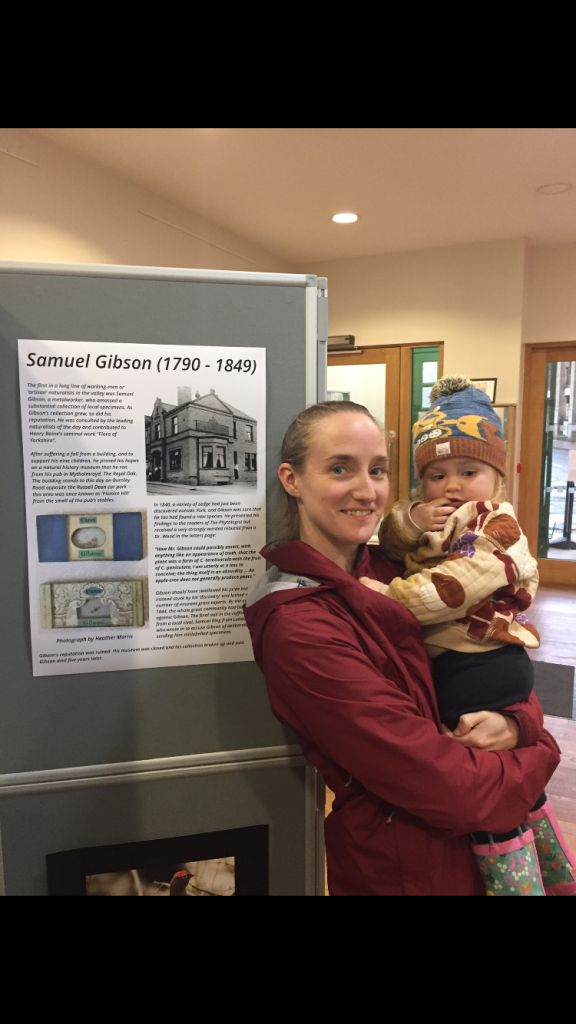
Sarah and Daphne visiting from Santa Cruz and learning about their famous ancestor
A couple of weeks later Richard gave a lecture at the Hebden Bridge history Society so I was able to meet him in person, my photos also featuring in his presentation.
I learned a lot more about Samuel’s role in the natural history of the calder valley and see why he was such an important figure as to be featured in the Oxford Dictionary of National Biography. My thanks to Richard Rainbow for the following information that I learned from his lecture:
The first written record of a plant in the Calder valley was in a book published in 1666- the Pinax by Christopher Merret. It was the wintergreen pyrola at North Bridge 1/2 a mile from Halifax and it grew plentifully. Carolus Linnaeus, who is usually regarded as the founder of modern taxonomy and whose books are considered the beginning of modern botanical and zoological nomenclature, drew up rules for assigning names to plants and animals and was the first to use binomial nomenclature consistently (1758).
This classification by two words covering genus and species led to a vast increase in searching for plants all across Europe. Some divine order in the hitherto chaos of nature had been discerned. A great masterplan of nature was discoverable. This even led to Captain James Cook’s voyage of discovery on the Endeavour in 1768-1771. Walks and talks about the plant life were organised and people began to assemble herbariums, collections of preserved plant specimens and associated data used for scientific study. In 1775 The History of the Antiquities of Halifax was written by John Watson. It covered the local history of the Romans and Druids as well as much gossip. The appendix was a catalogue of plants in the Halifax area. This increased the recorded plants from 18-478! This appendix was likely written by James Bolton 1735-1791 whose parents came from Heptonstall. He lived in Warley. He travelled the countryside looking for plants and taught himself painting to be able to record his specimens. He even developed a new kind of painting on vellum in which he stained the vellum with whitener before painting the specimen with lamp black ( the soot from a candle) before he added the colours. He was probably a weaver by trade but he became one of the most celebrated artists of his time when Anna Blackburn, duchess of Portland, gave him the money to publish his book – the first British book of ferns. In the 1850s no home was complete without its ferns. Greenhouses were erected to grow them. These Victorians were voracious collectors and such was their interest that many species became lost from the valley. The lady’s Slipper, once common at Ingleton was thought to have been made extinct through over gathering until it was discovered again at Grassington in the 1930s.
Then Bolton produced another book, this time on Fungi, with patronage from the Earl of Gainsborough. “The parish of Halifax, deep dark glens, rocky precipices, rivulets, large moon of moss and heath – may be termed a natural botanic garden.” Bolton died in Warley in 1799. There’s no memorial to him and his work. We don’t know where he is buried. The only reference to him is the name of Bolton Brow in Sowerby Bridge where he sprinkled some seeds. When I’d first seen the name Bolton Brow in SB I’d wondered how it came by that name!

Samuel Gibson – ‘the best collector of specimens in the Calder valley – ever. He contributed to Baines’s Flora of Yorkshire. In 1840 he contributed to the Phytologist. He wanted a new specimen to be named after him – a Hawkweed genus of which there are over 200 species in the UK. It’s a yellow dandelion-like plant which he had found at Malham Cove in 1843 and also in Hebden Bridge on Sep 5th, 1843. Other naturalists identified it as the Carex pseudo paradoxa but Gibson was convinced that what he’d found was a new species. People wrote in to the Phytologist magazine and there was a ‘right Victorian ding dong.’ His neighbour Samuel King from Luddenden in 1844 was one of the dissenters. A note from the magazine’s editor said that they would be reducing any future input from Gibson. His dream of a new species was shattered. He closed his museum, sold his collection according to one, committed suicide in 1849. In 2018 the international plant names committee took another look at Sam’s Hawkweed and confirmed it as a new species- Hieracium hypochoeroides. Sam had been right!
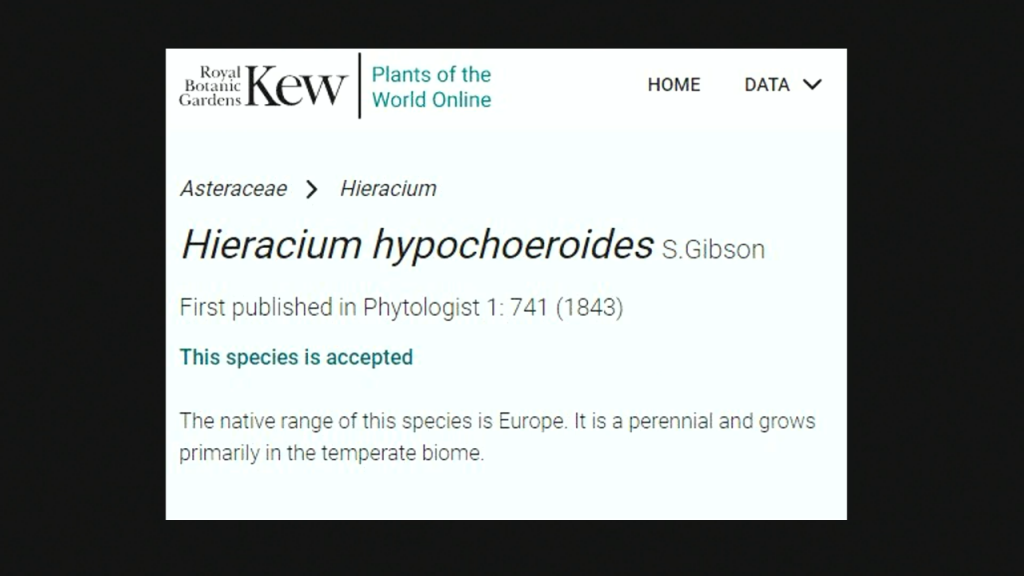
From Richard:
Dr. Wood asserted that Carex pseudo-paradoxa was the same as Carex teretiuscula, albeit a poor specimen. The editors of The Phytologist came to the same conclusion, but in a more polite fashion. Gibson really should have swallowed his pride but instead stuck by his ‘discovery’ and lashed out a number of eminent grass-experts who had given their opinion. By the end of 1844, the whole grass community had turned their backs on Gibson. He must have found this page especially cruel:
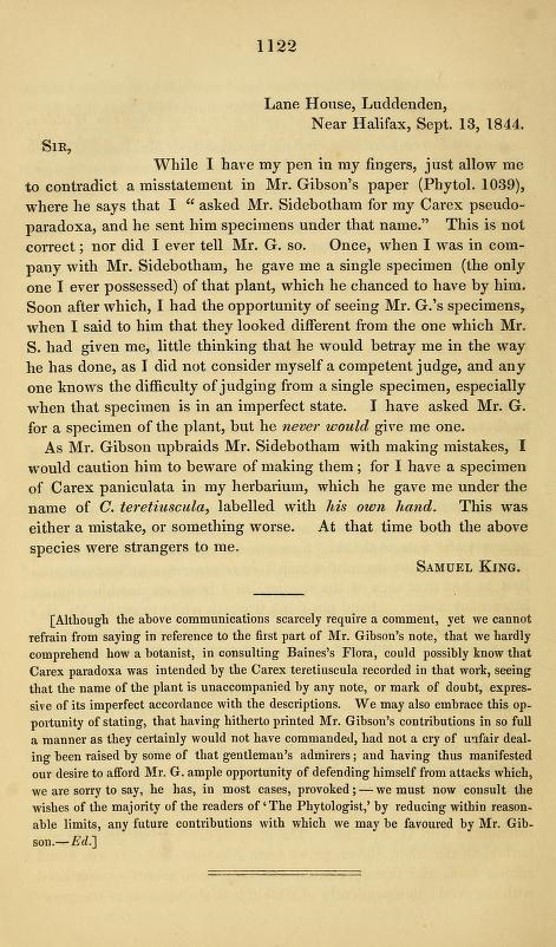
Another collector’s name in the are is John Nowell 1842-1867 who studied Mosses believing this area was one of the best places in the world. He identified 250 species in the Colden Clough valley alone. He worked in a weaving shed and there’s an obelisk at Cross Stone church dedicated to him.
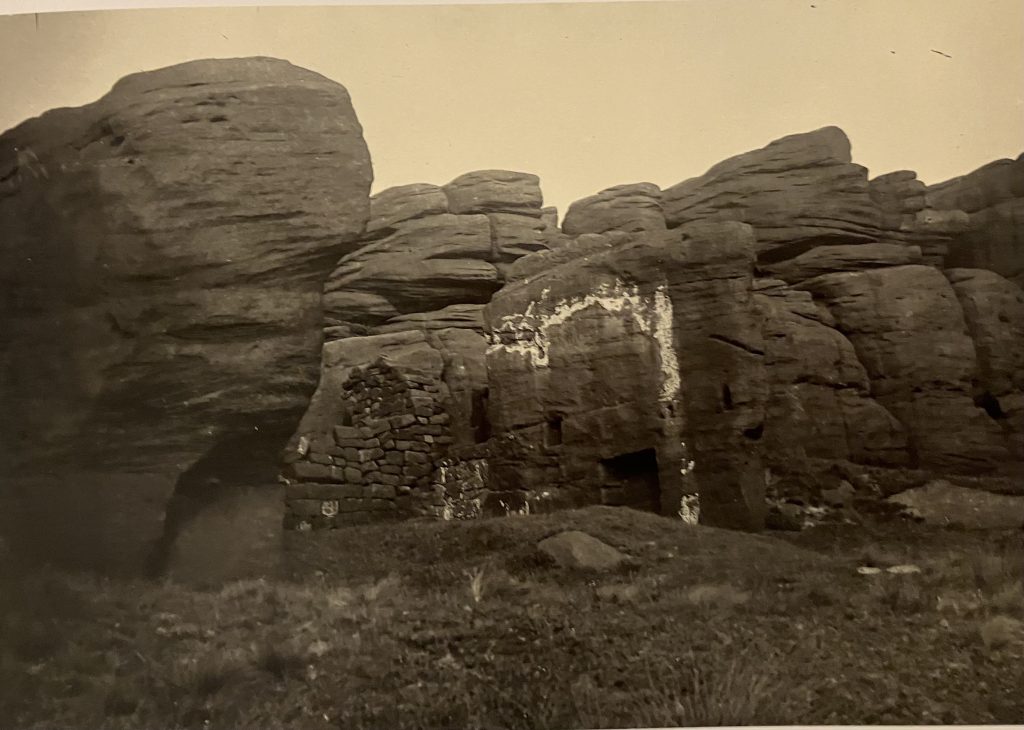
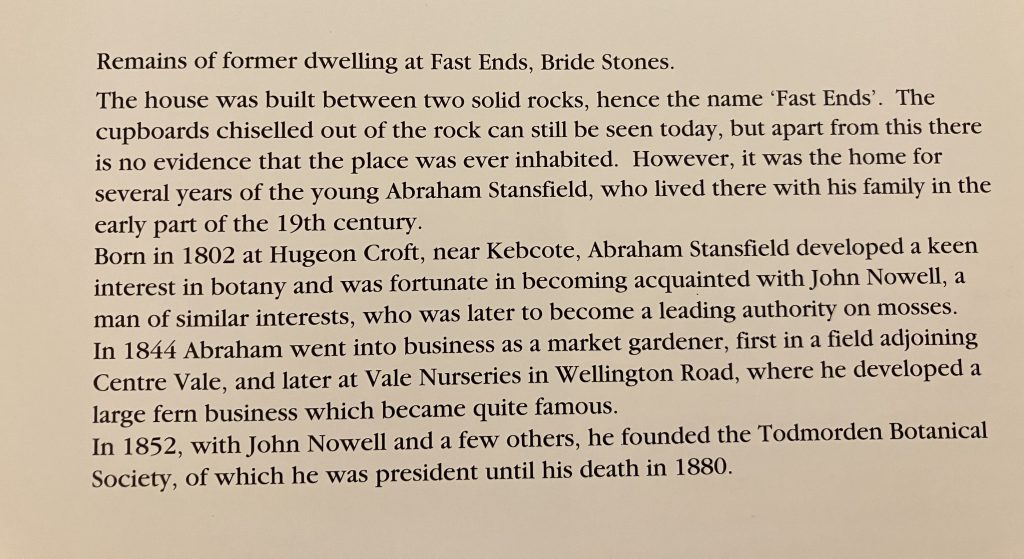
Samuel Needham 1849-1913 studied the fungi of the Hebden Bridge area.
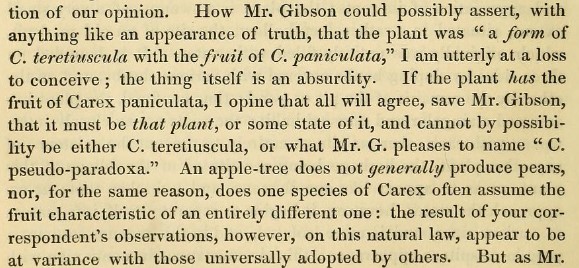

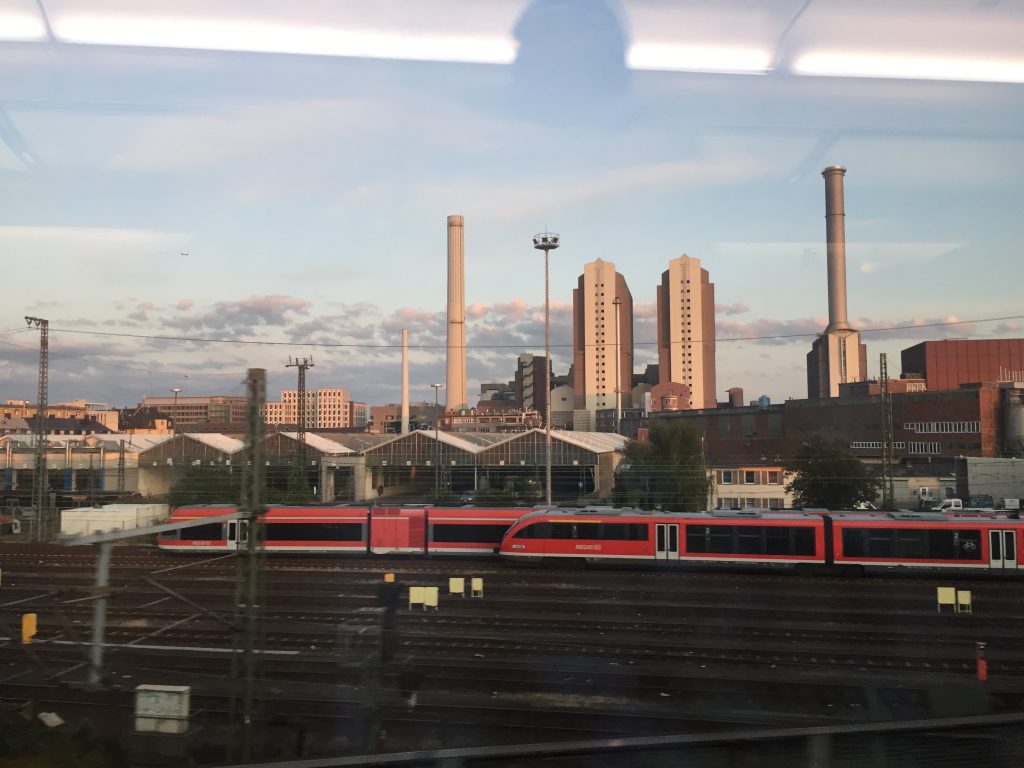
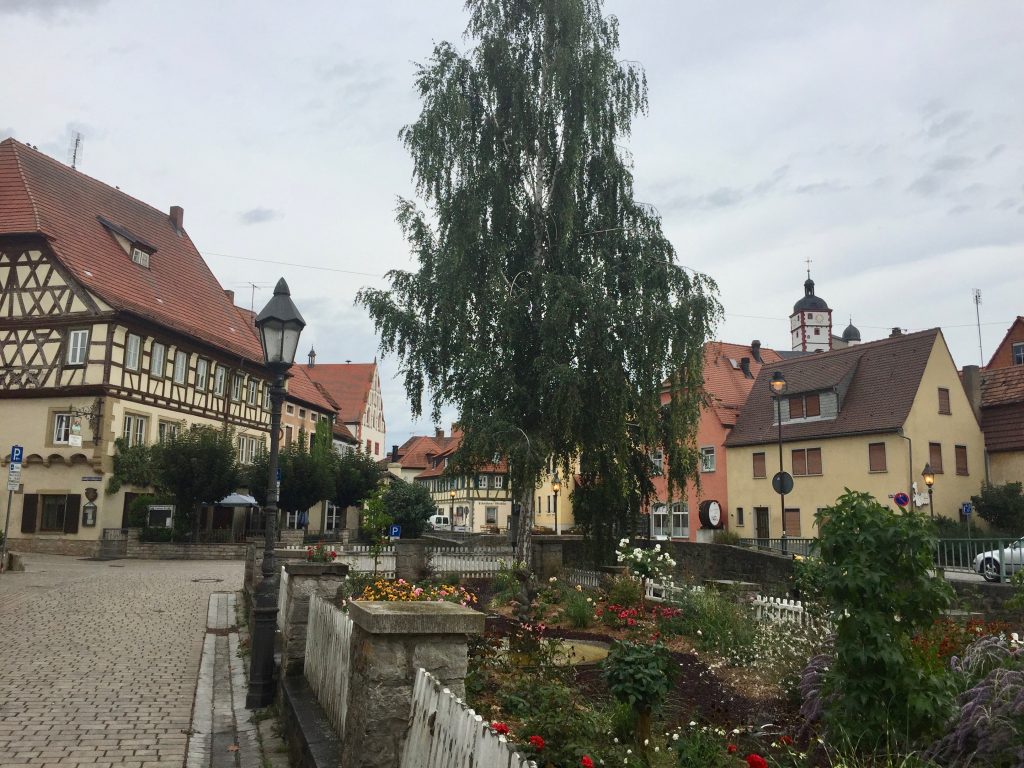
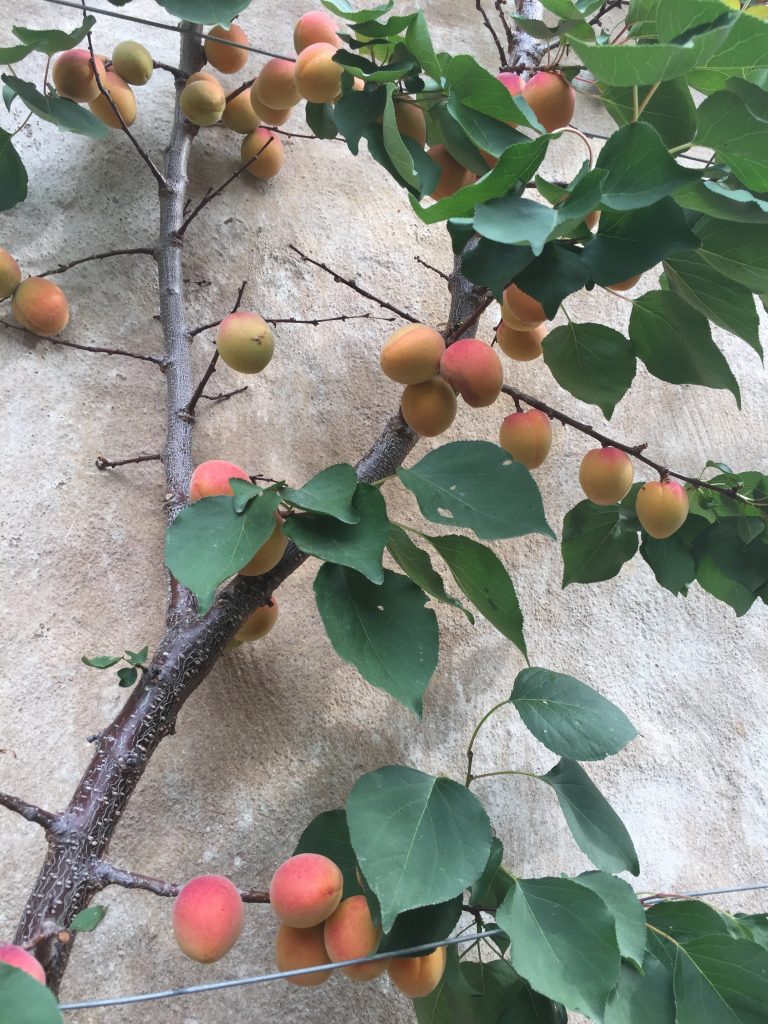
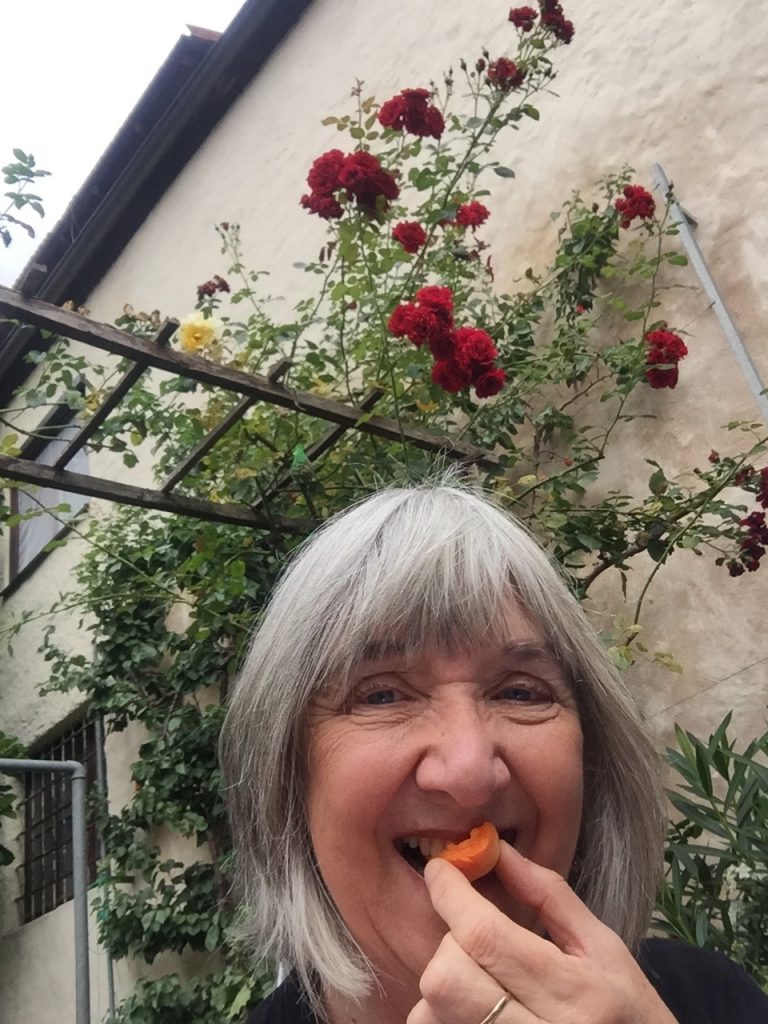

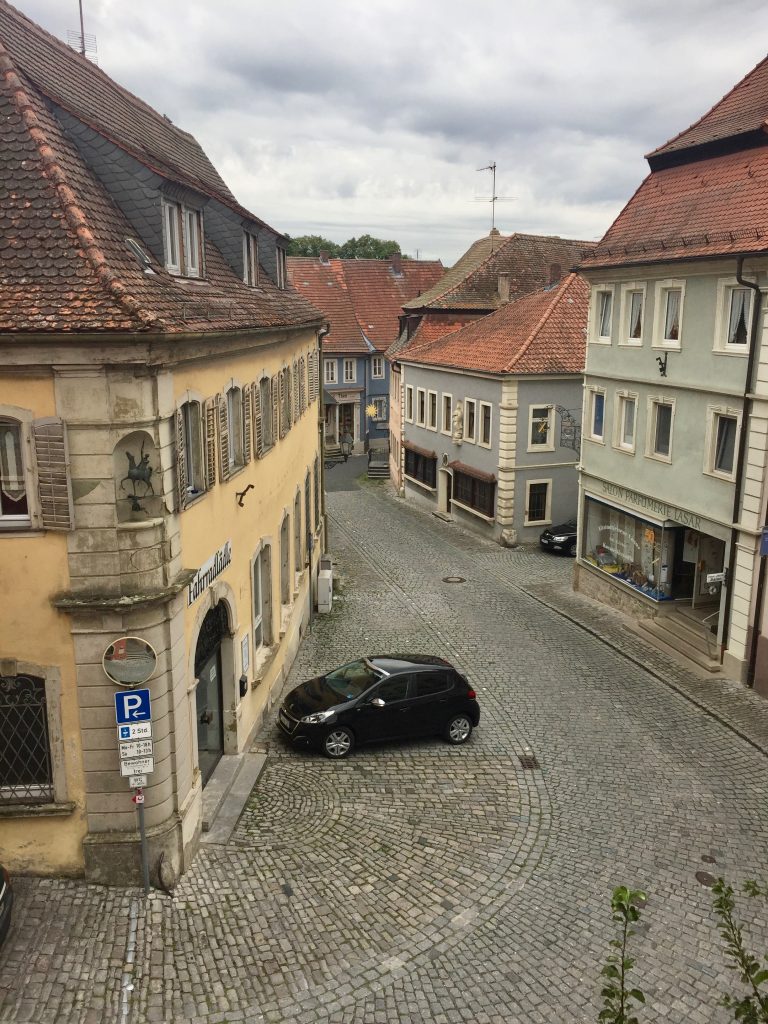
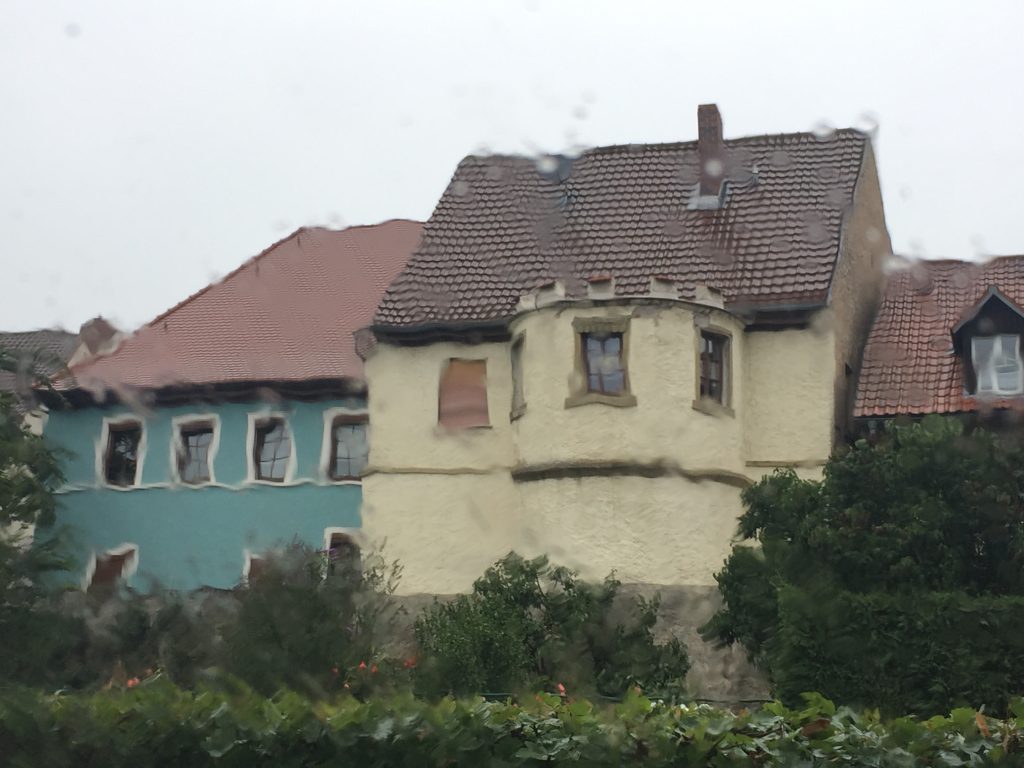
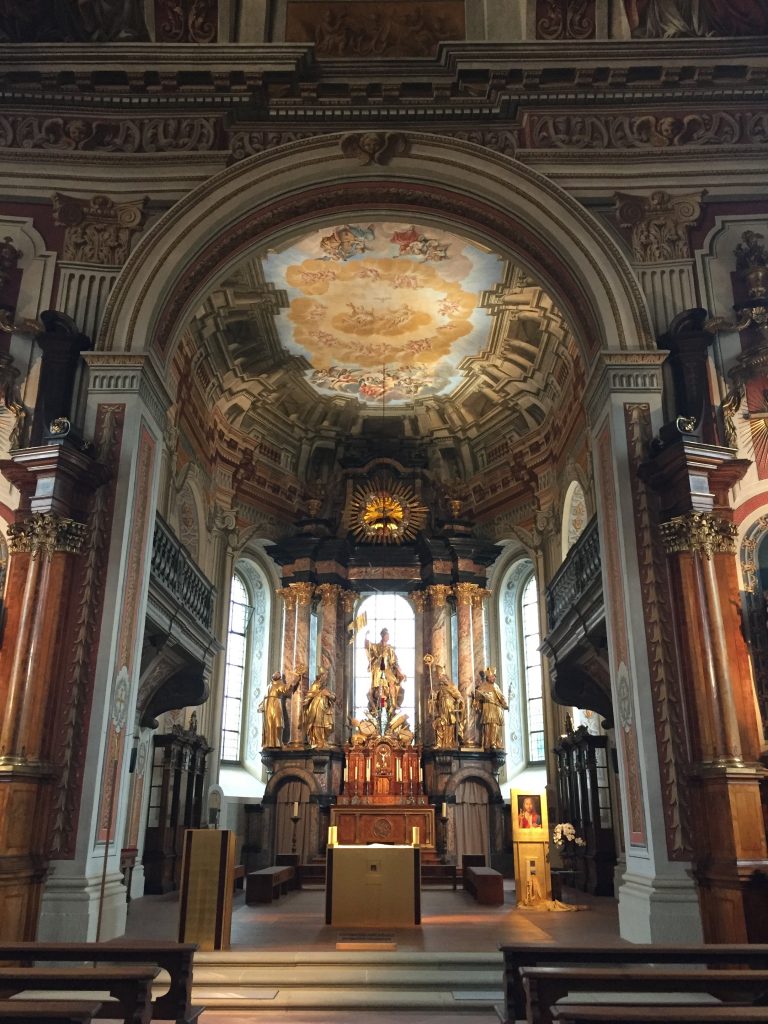
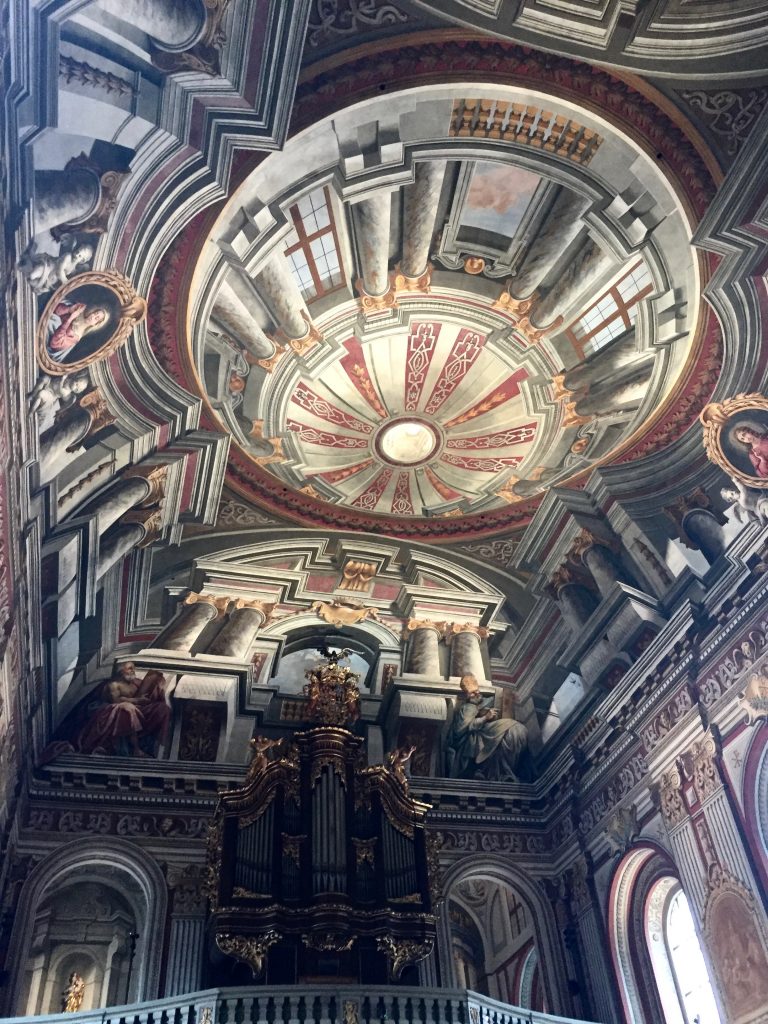
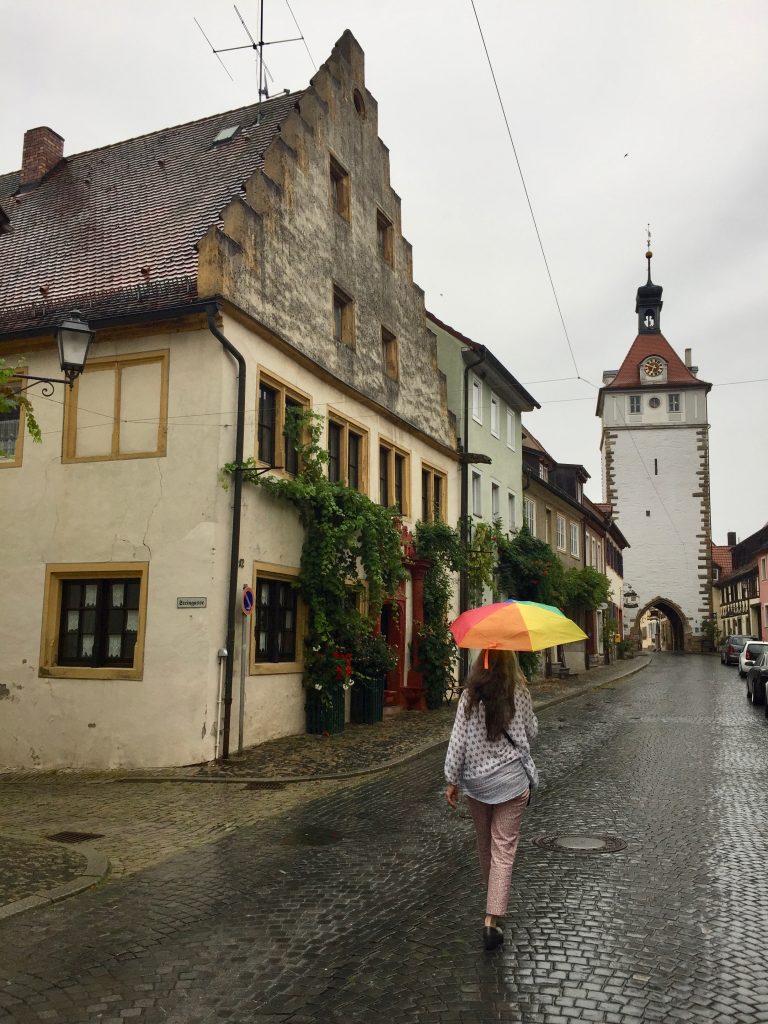
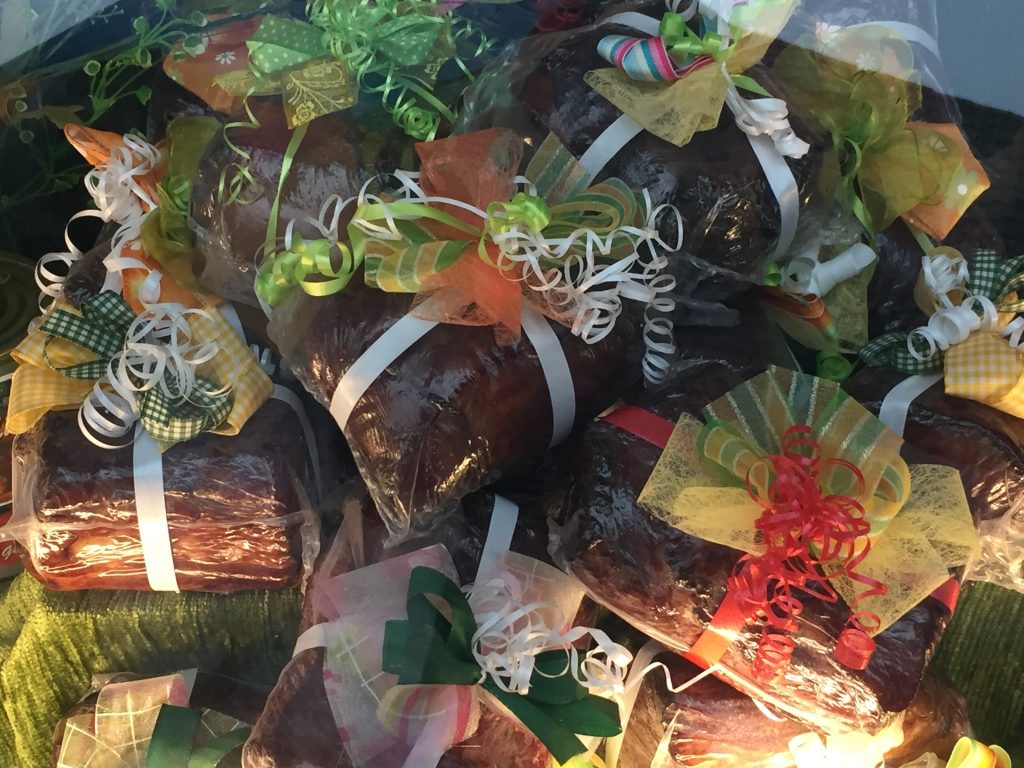
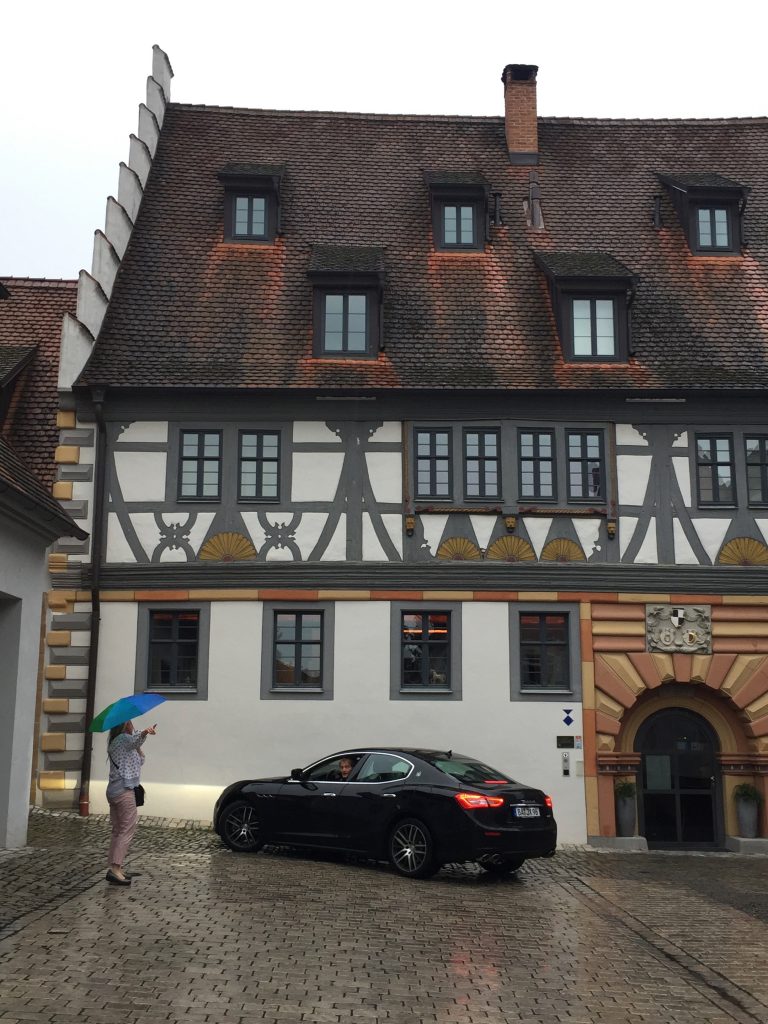
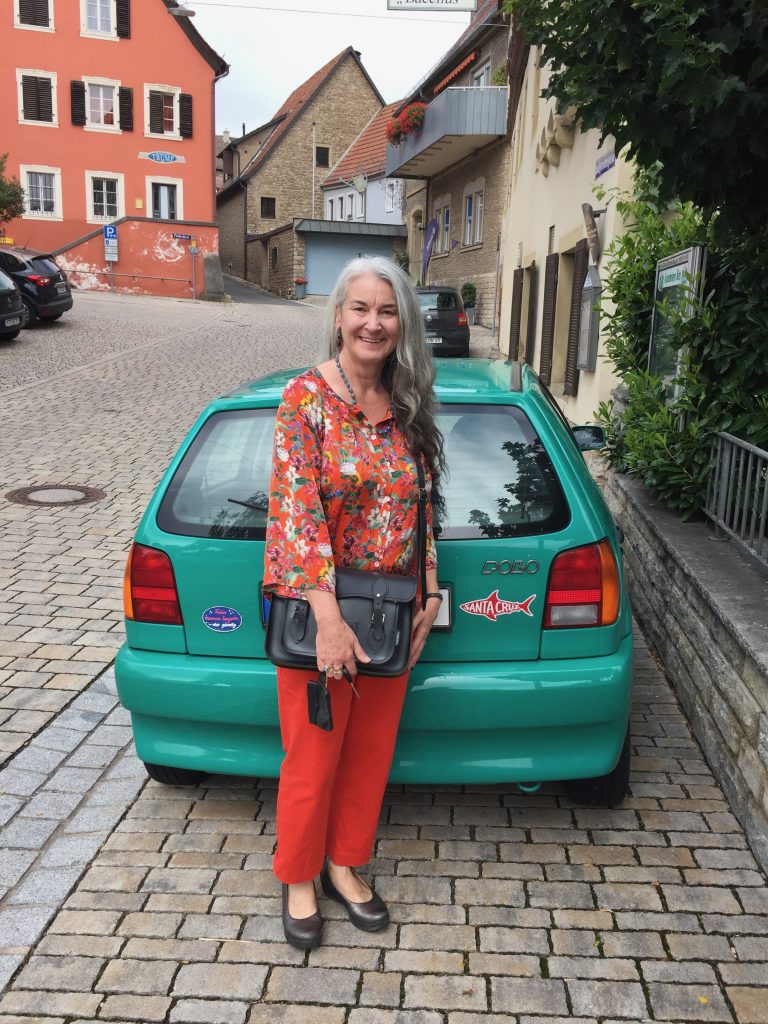

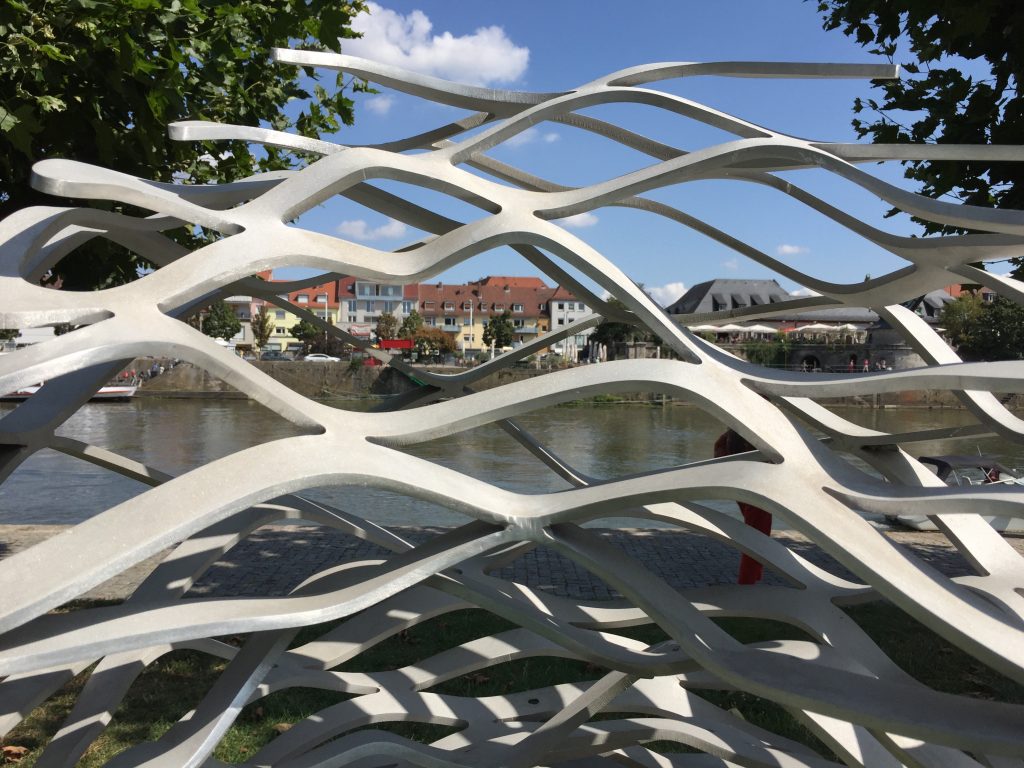

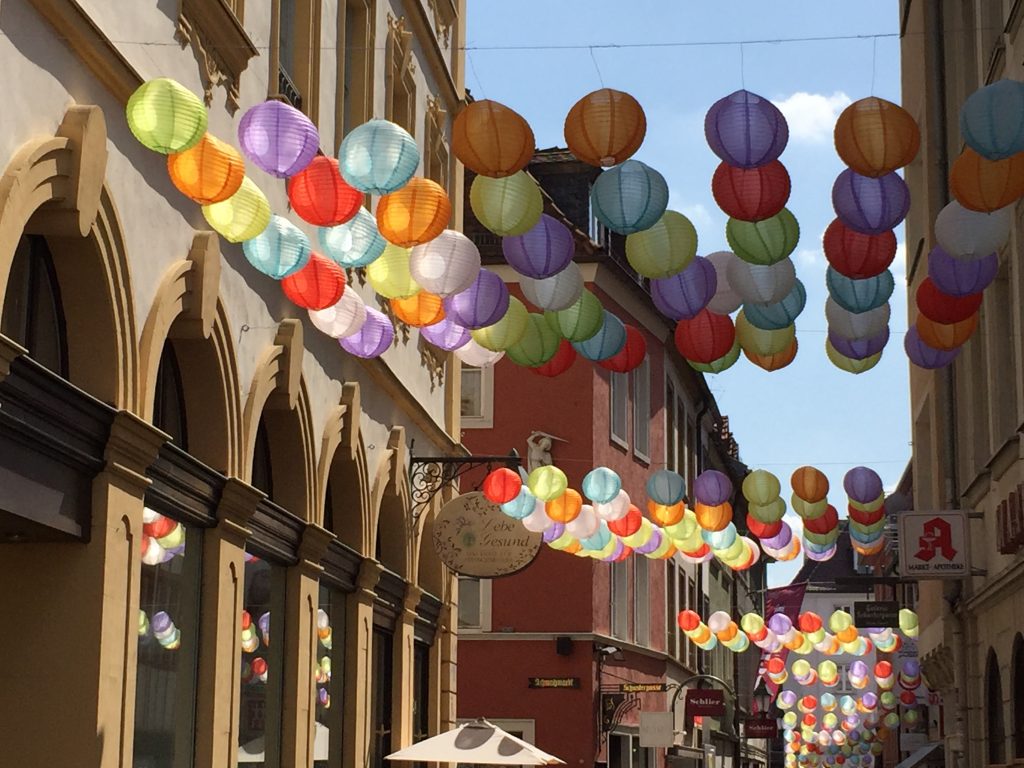

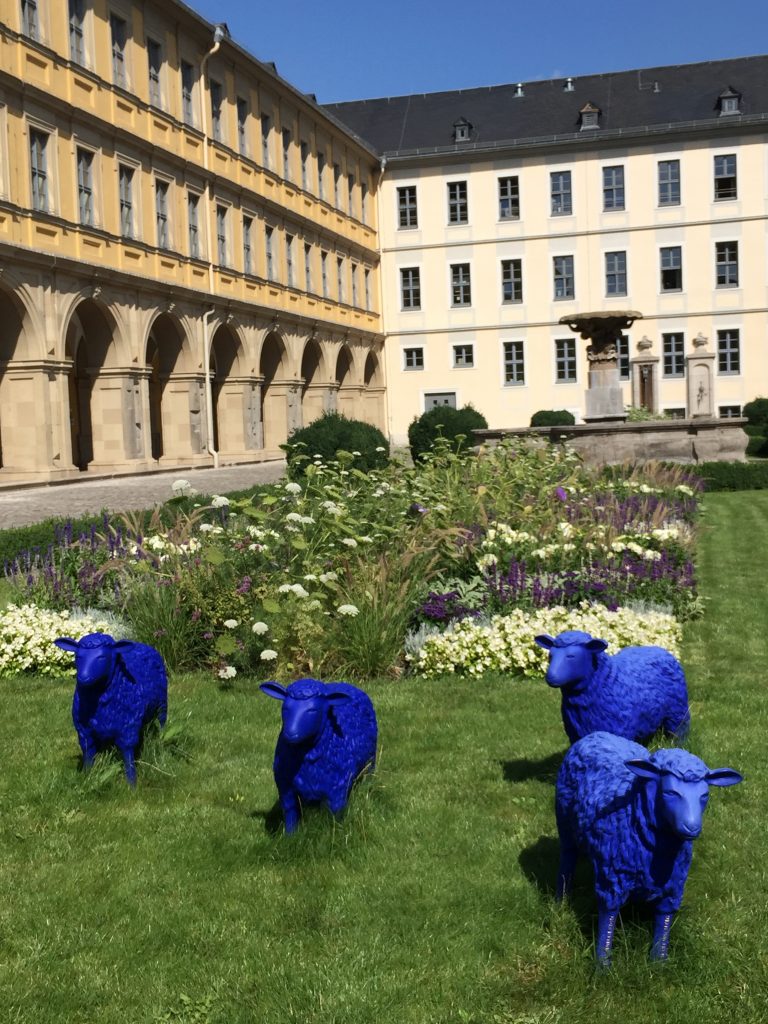

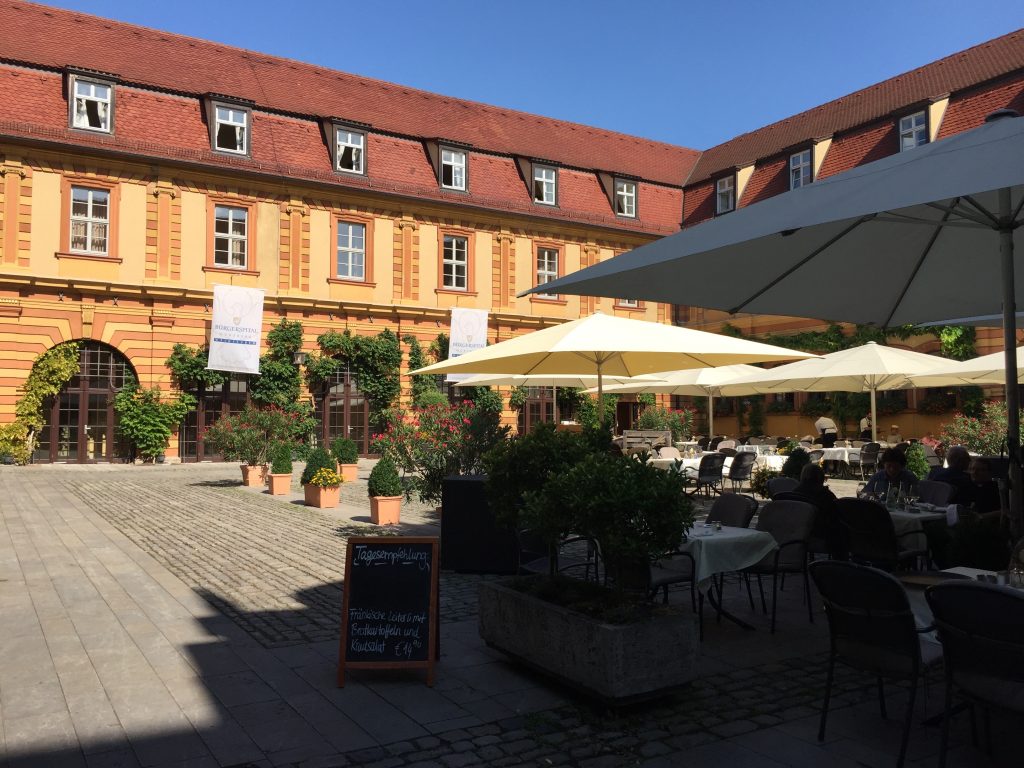
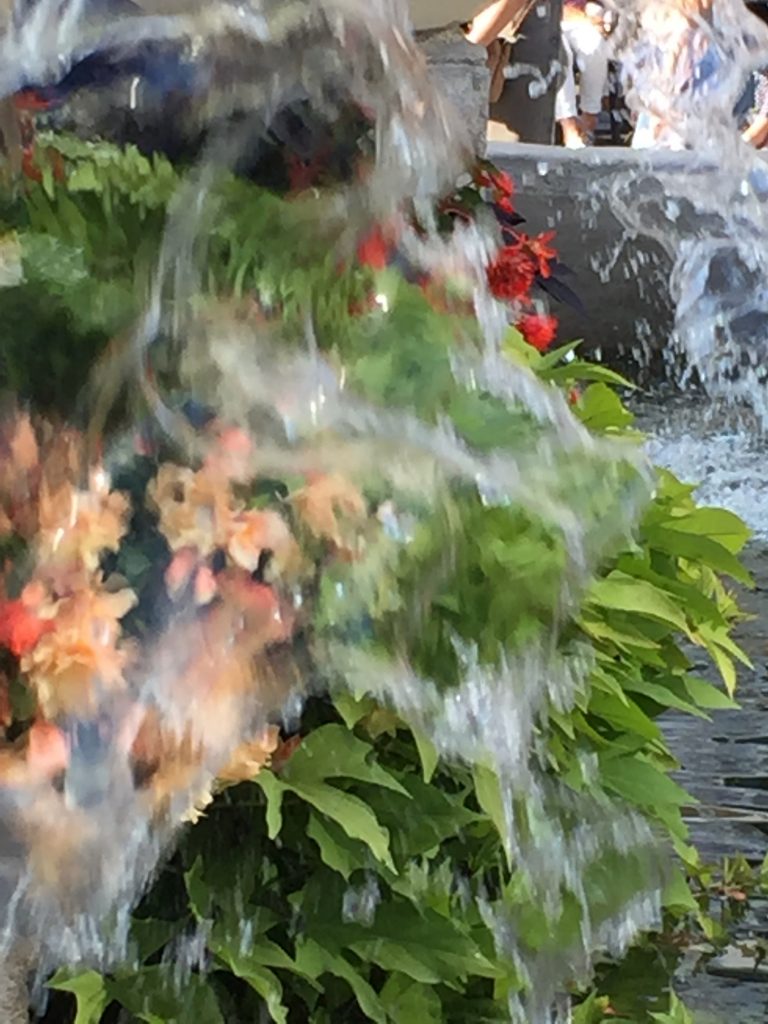
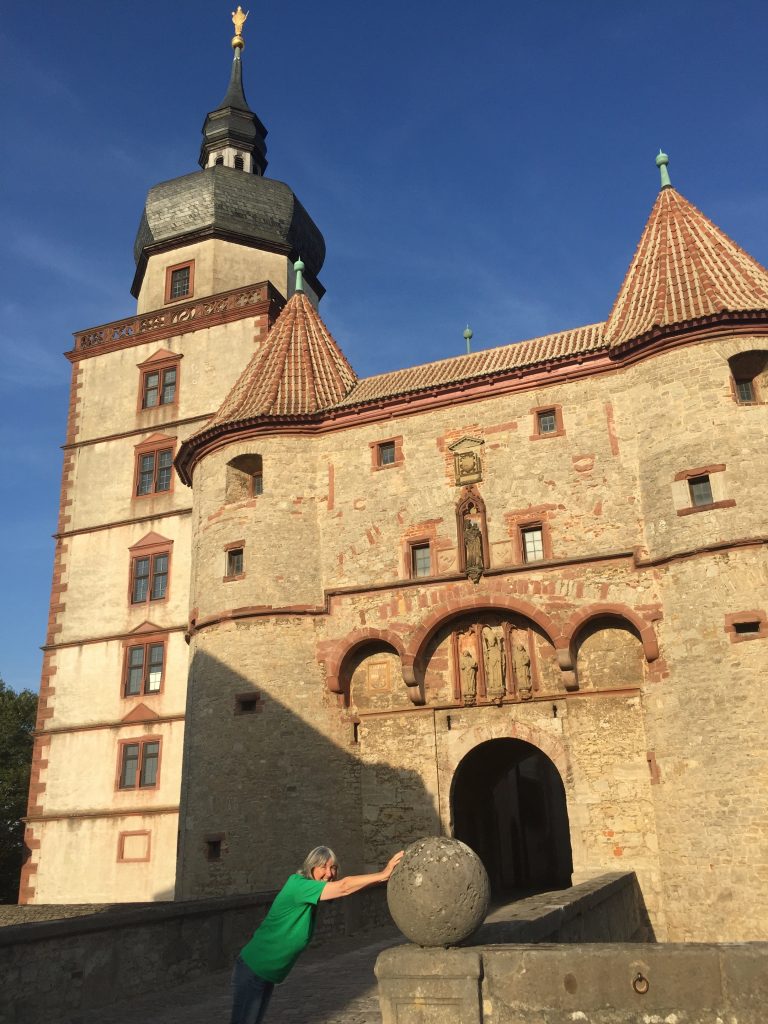
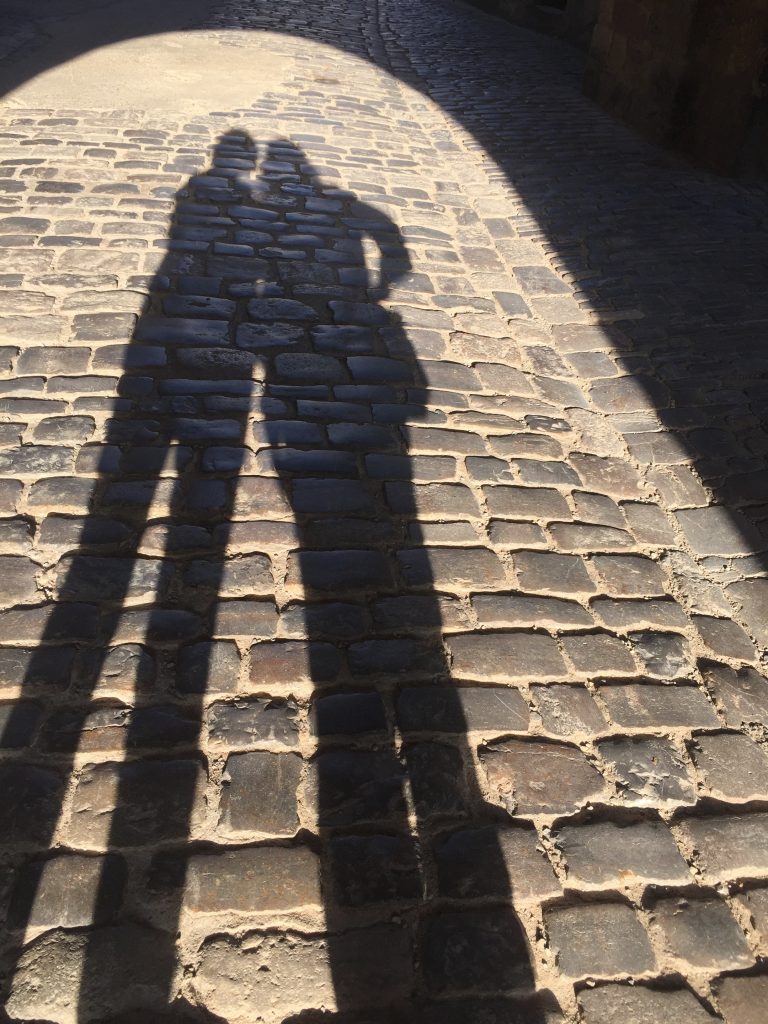
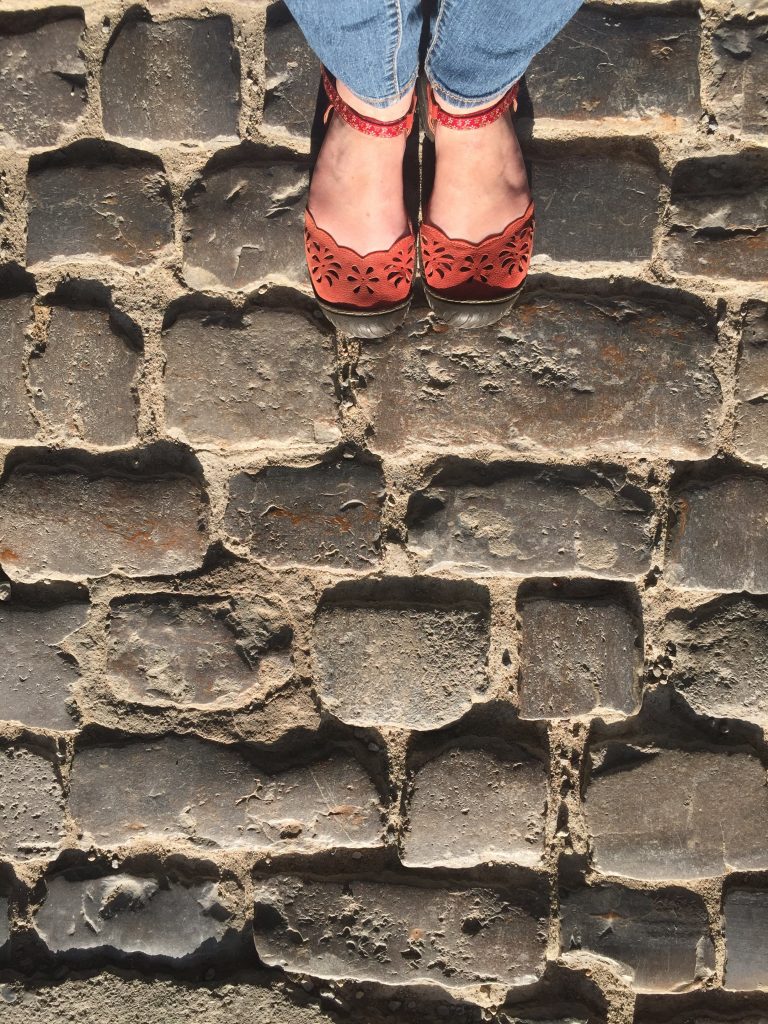
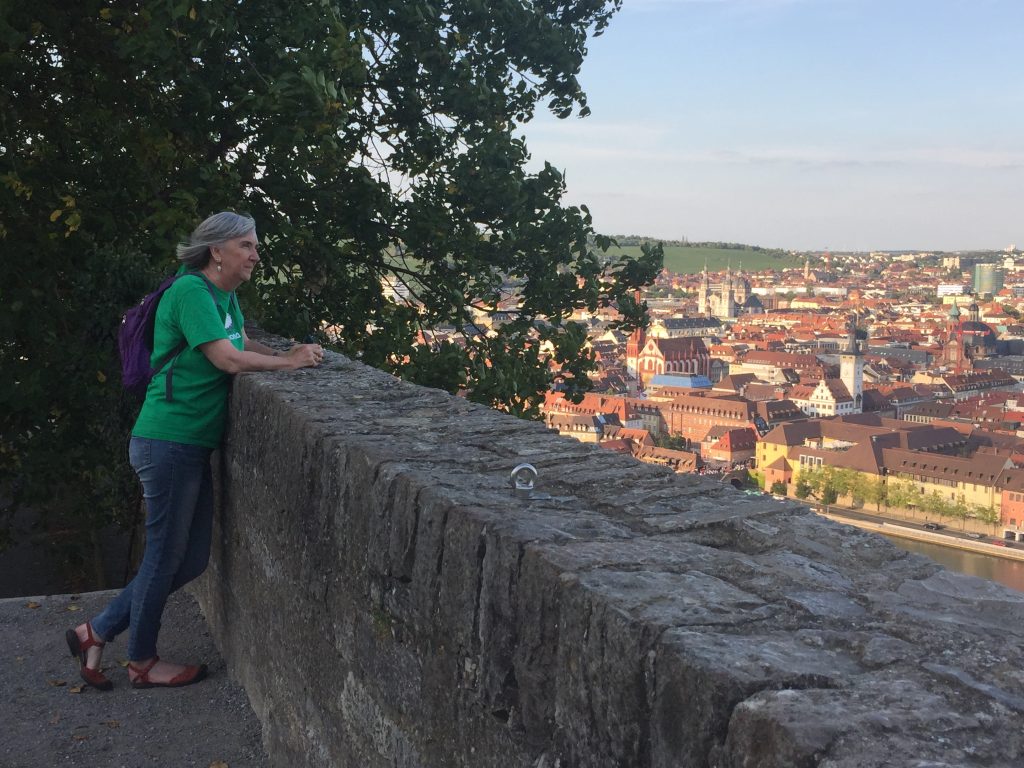
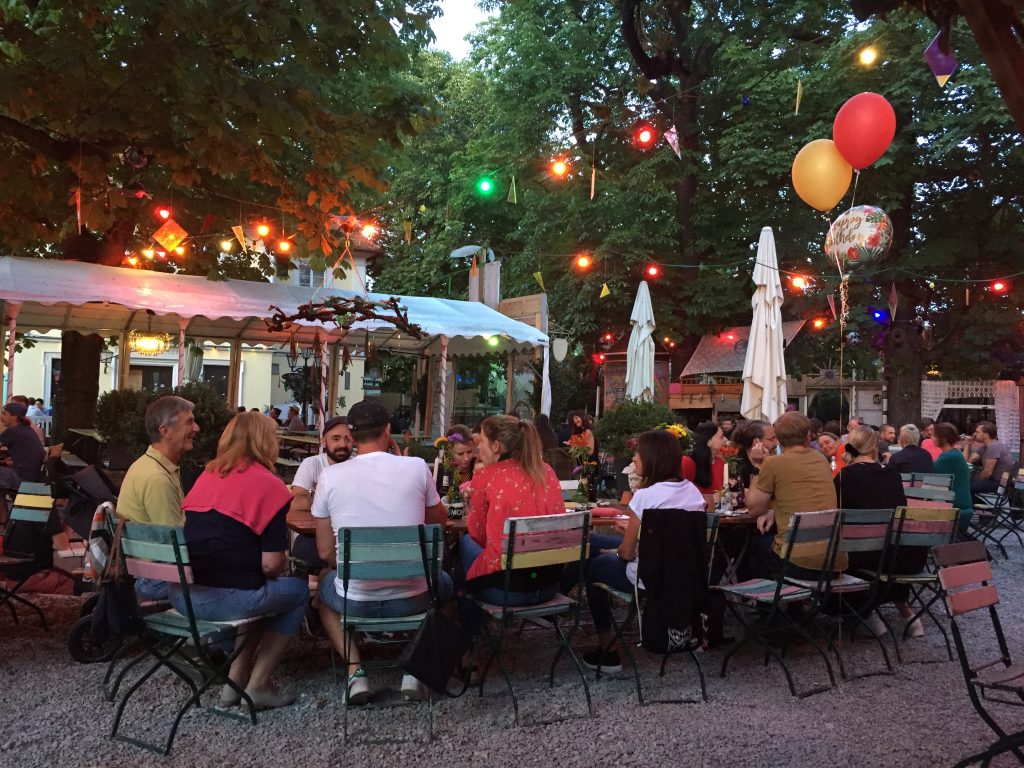
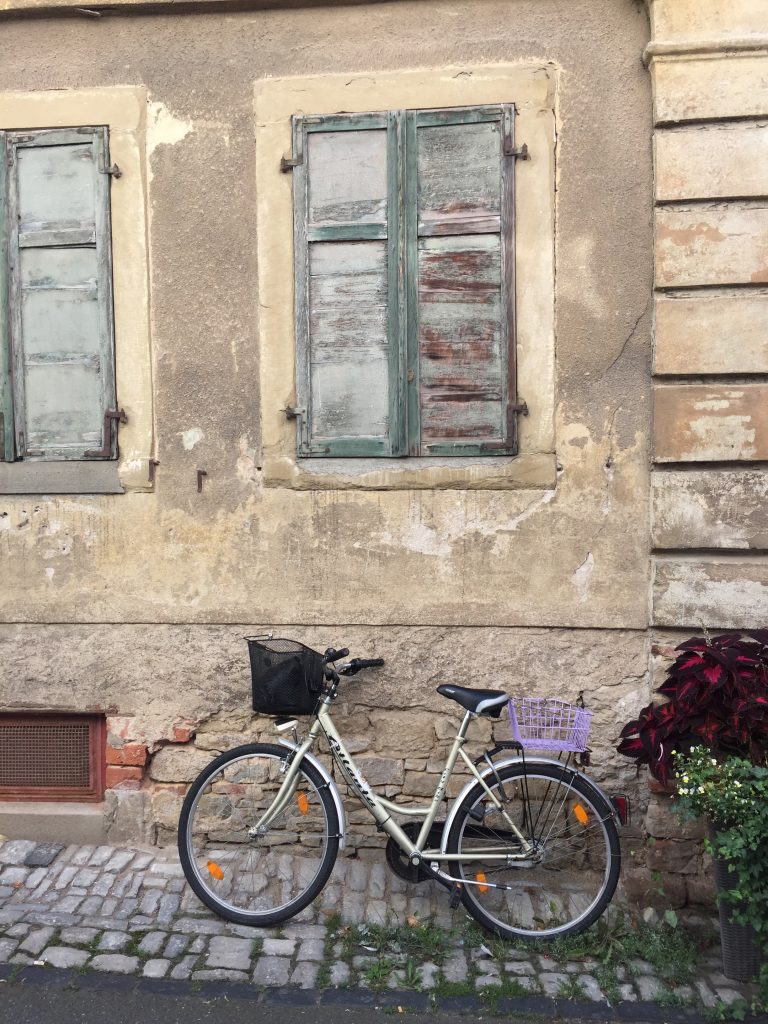
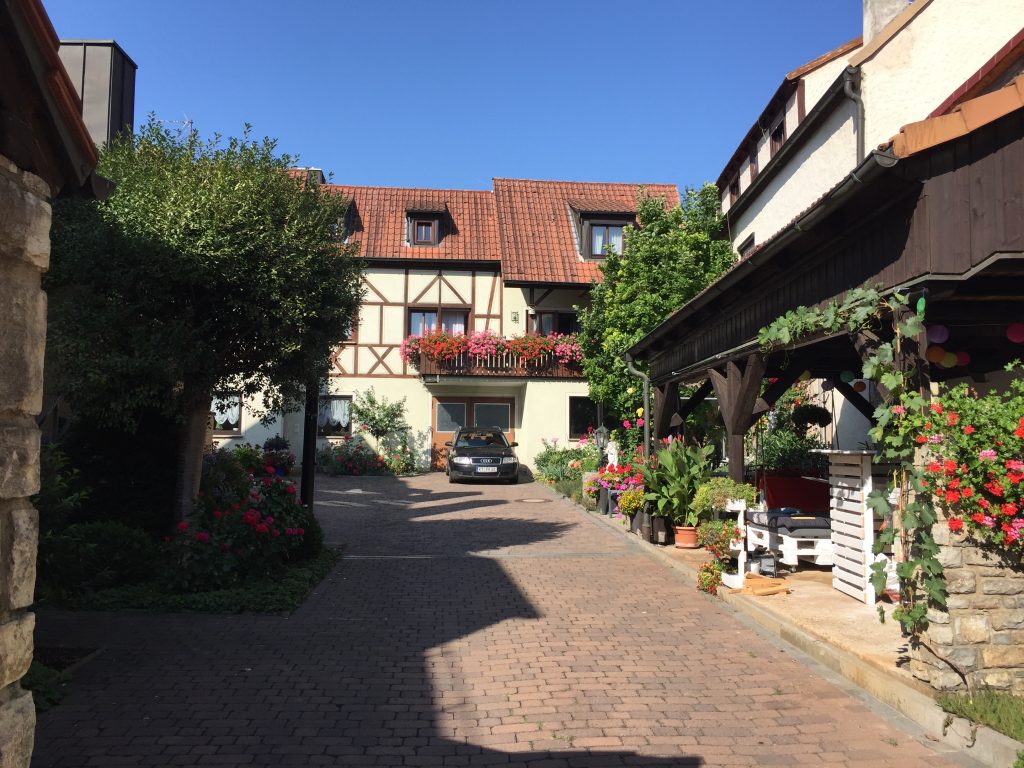

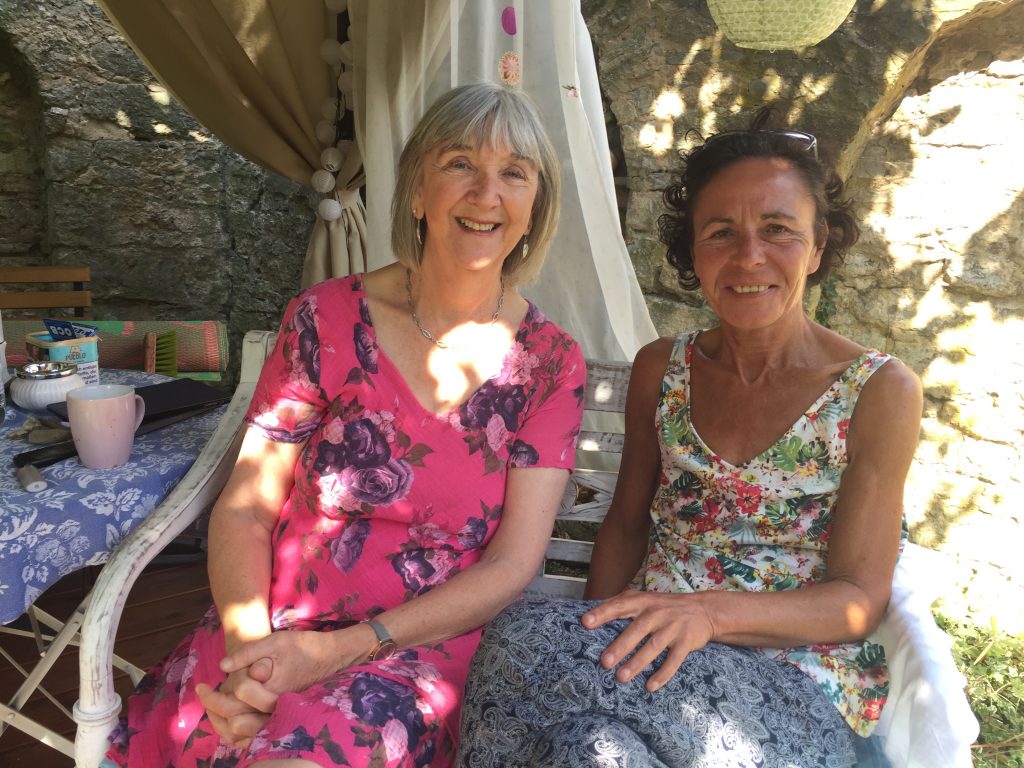

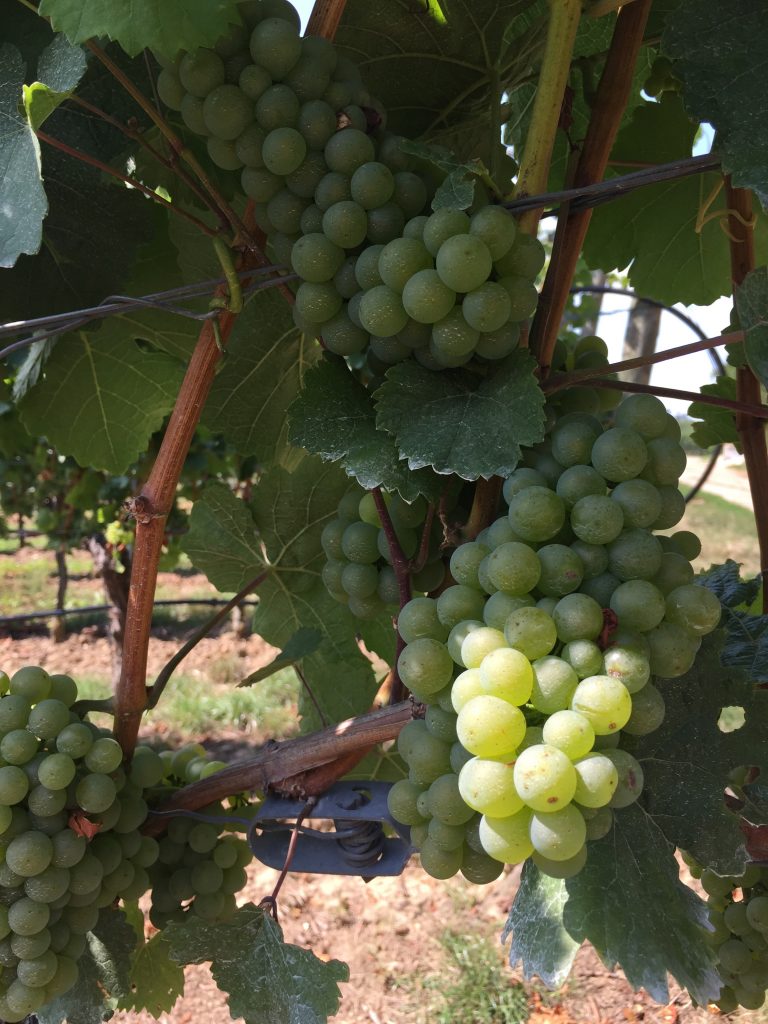
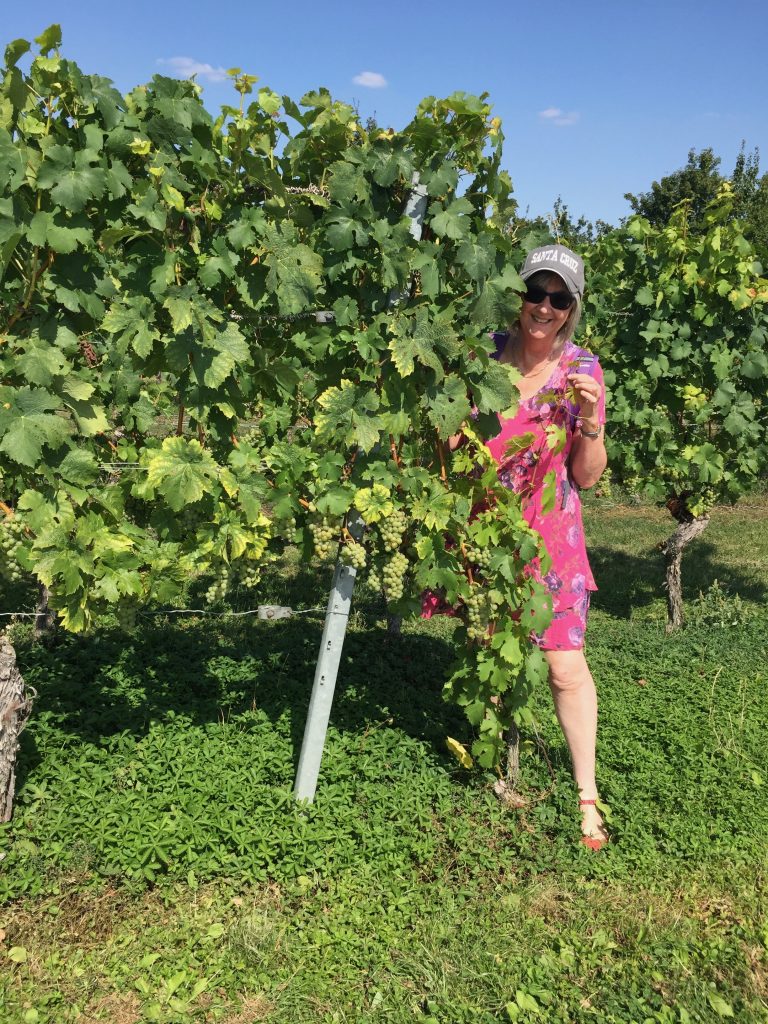
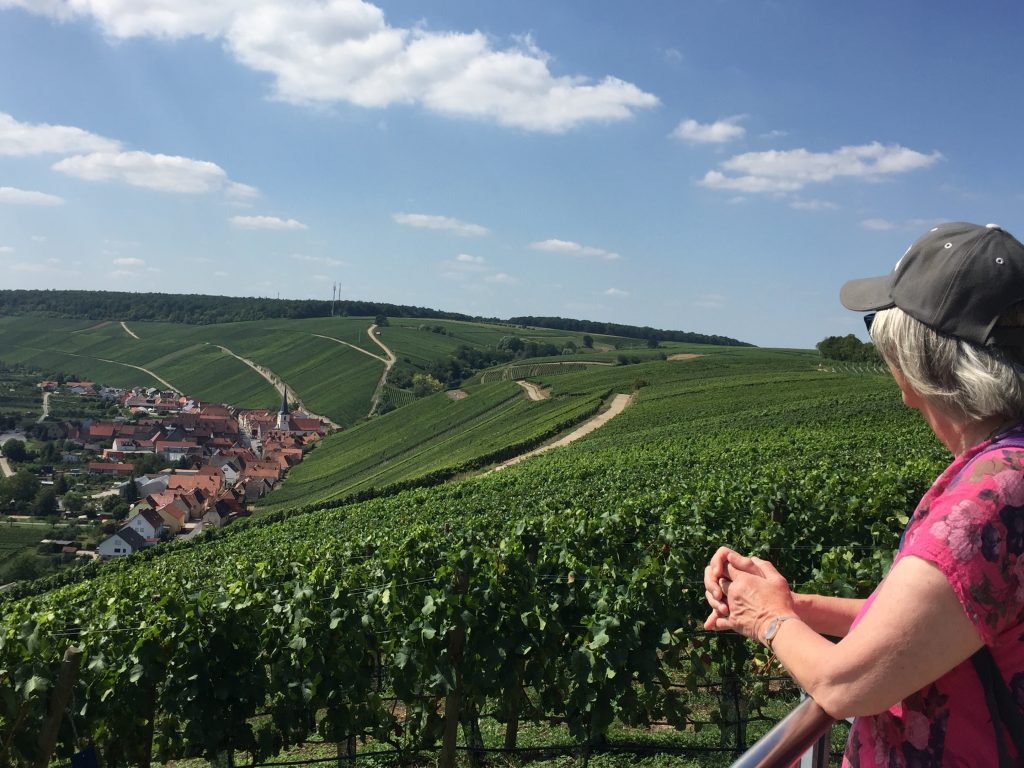
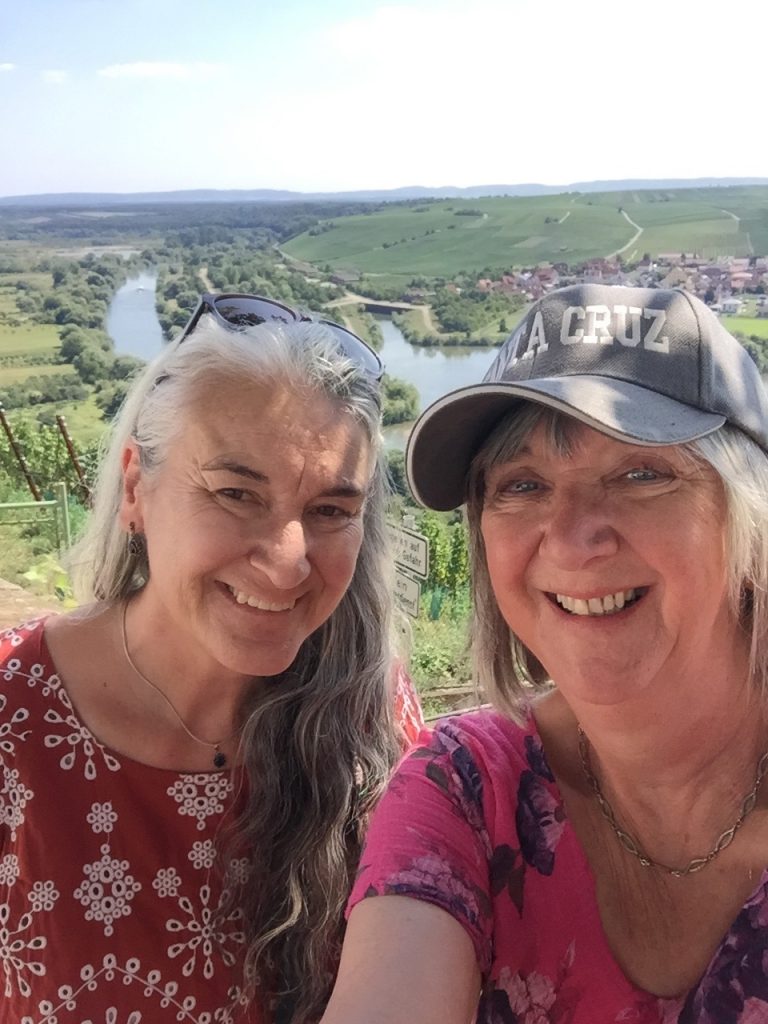
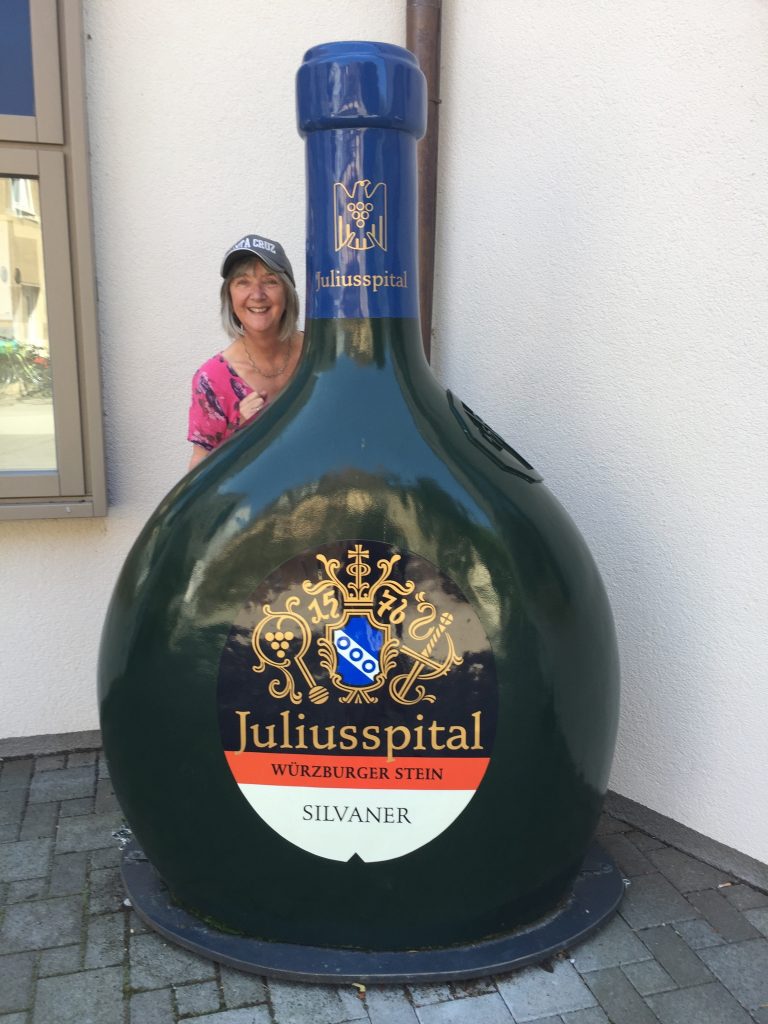
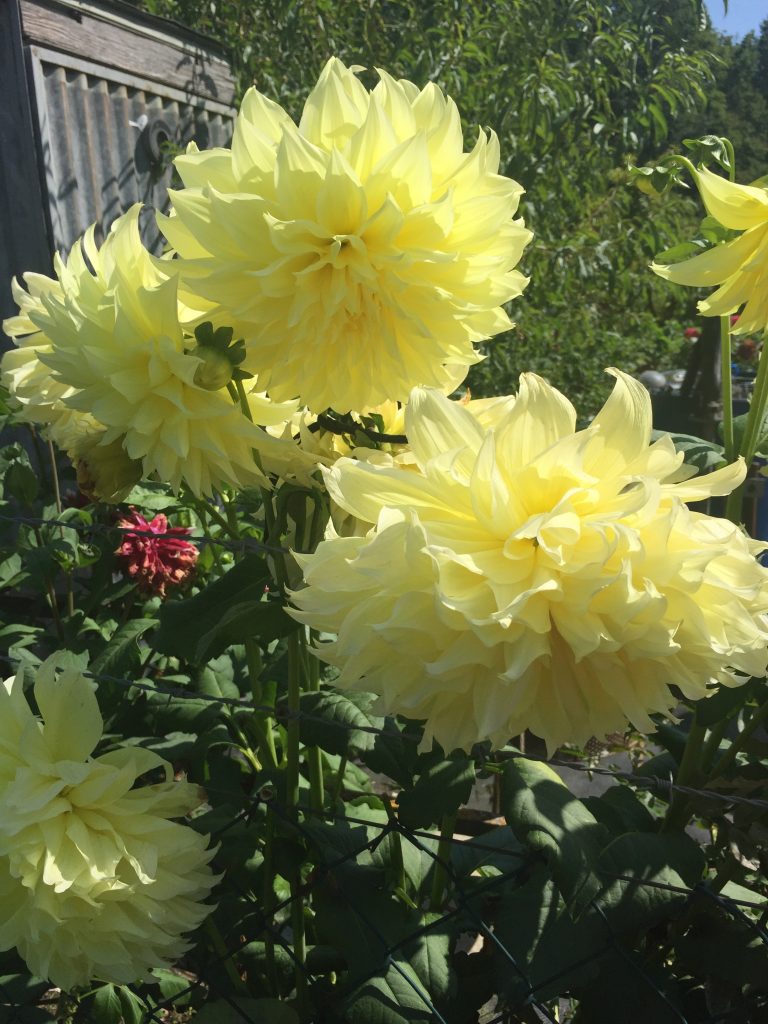
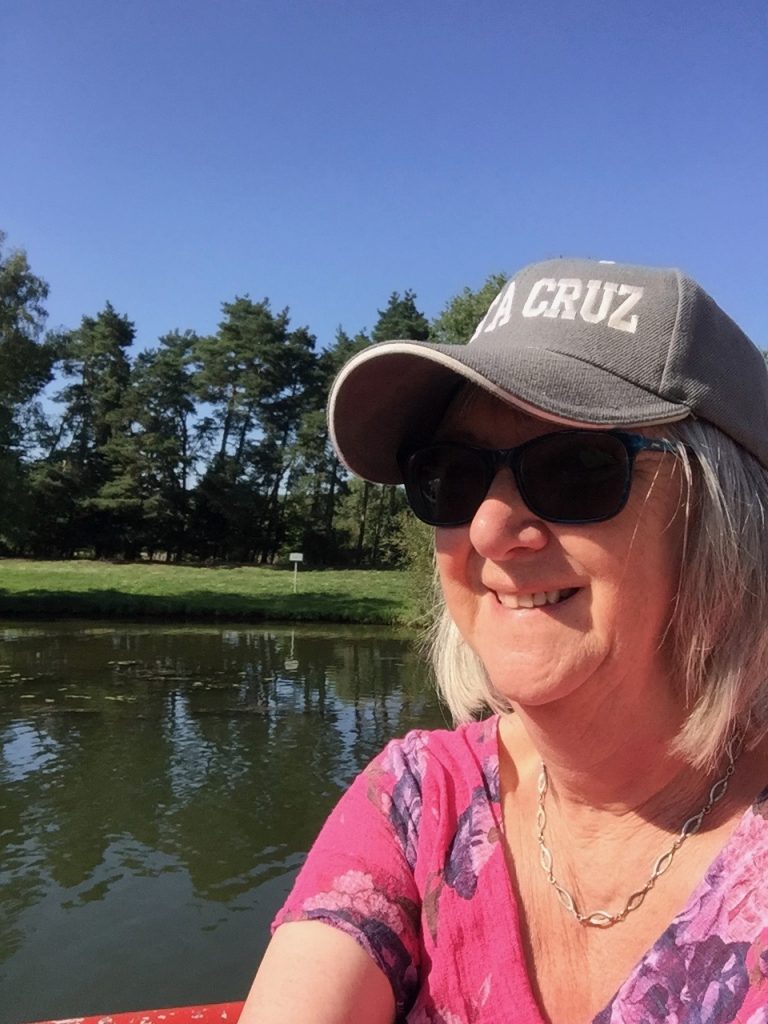
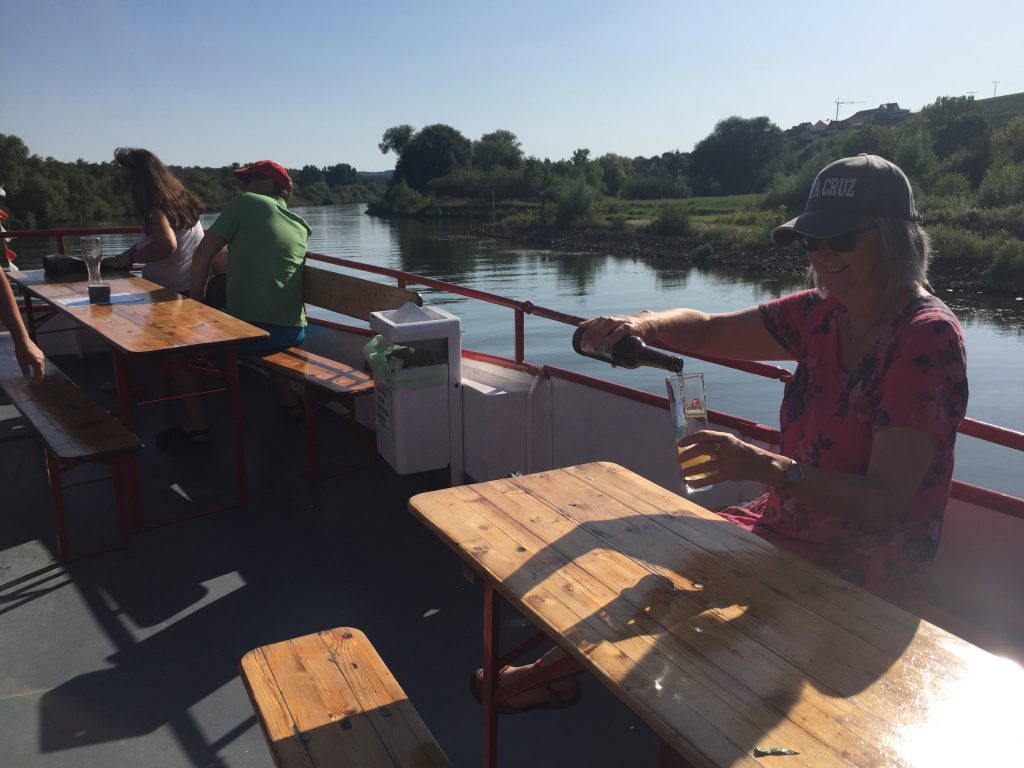

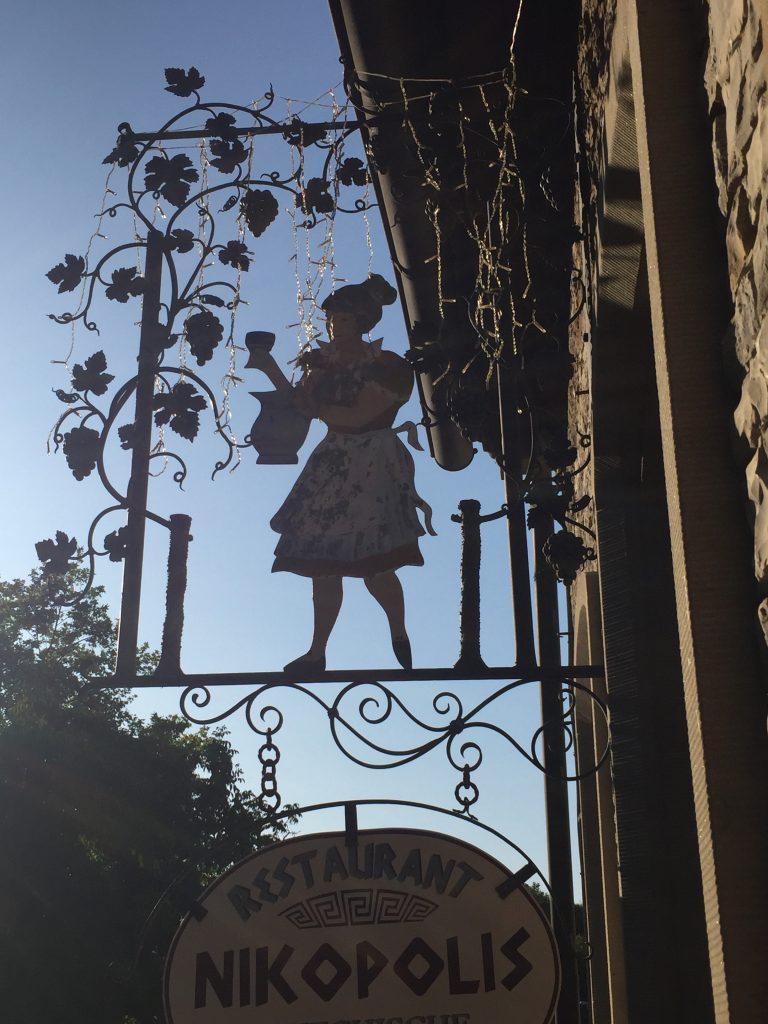

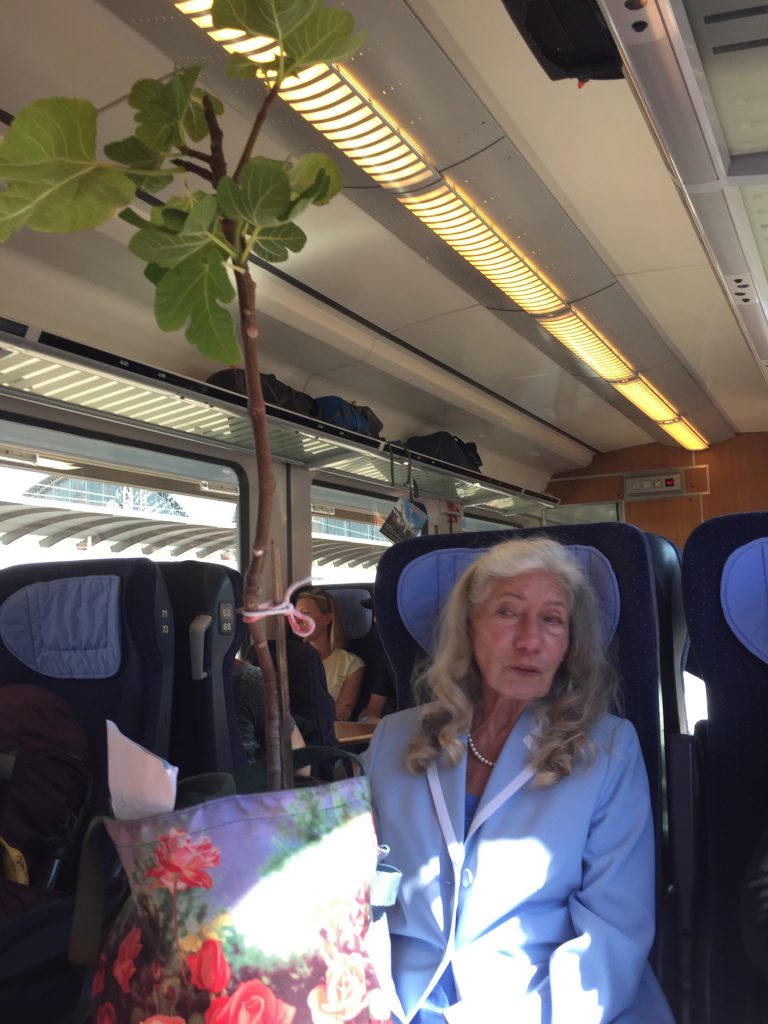

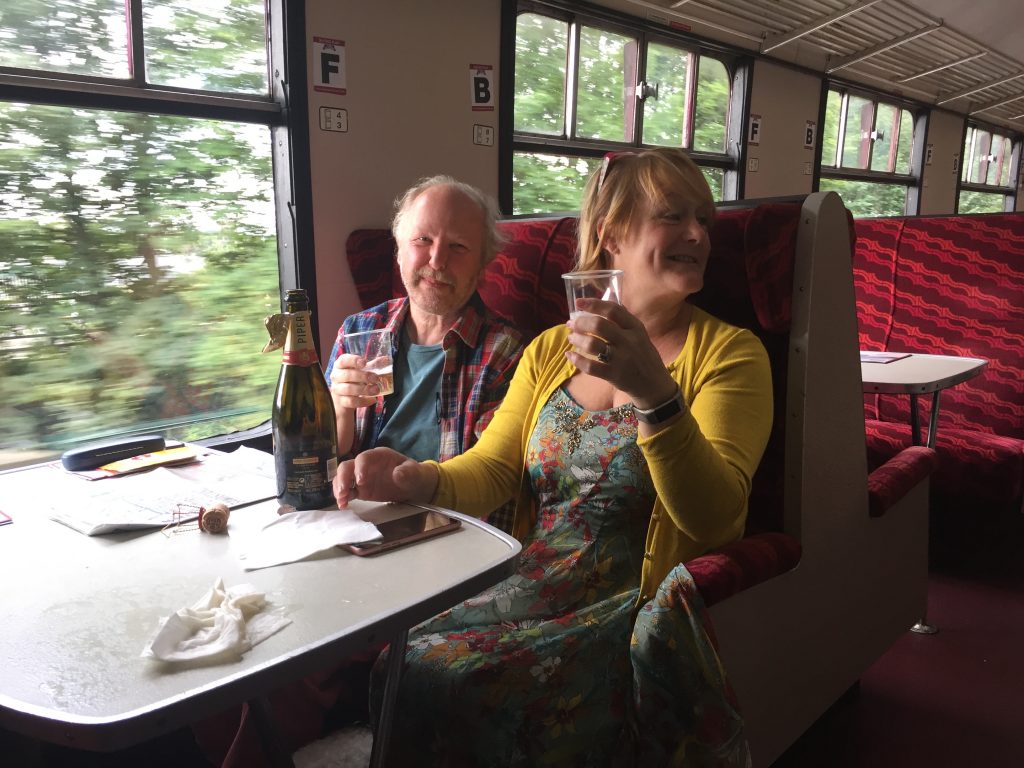
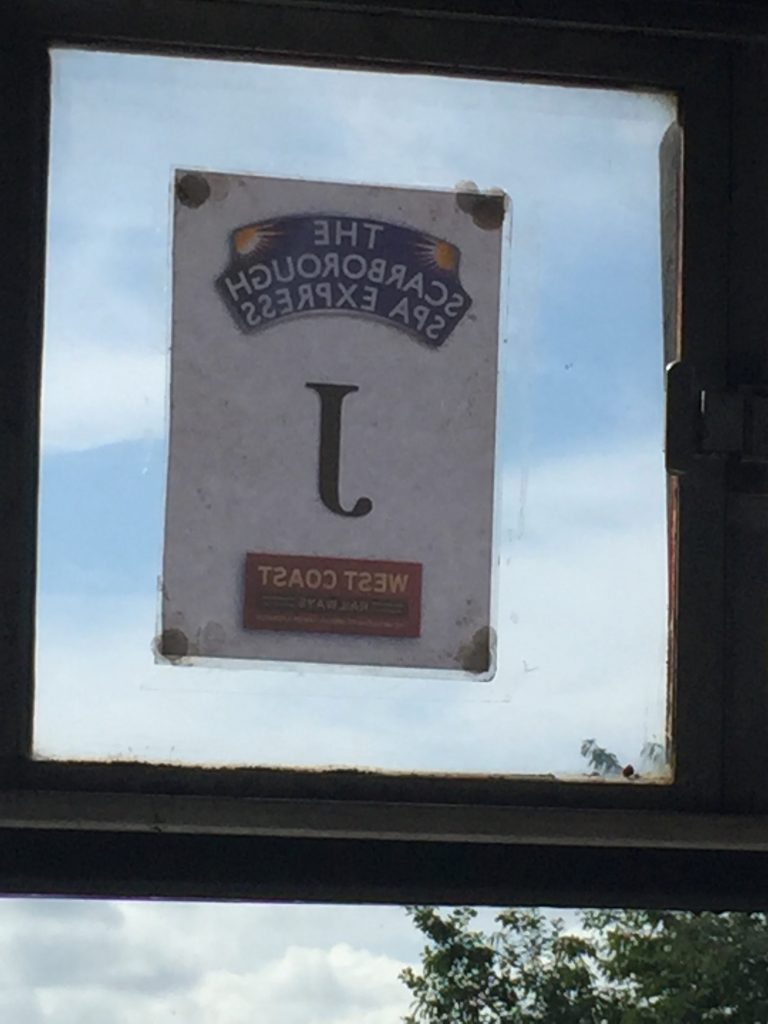

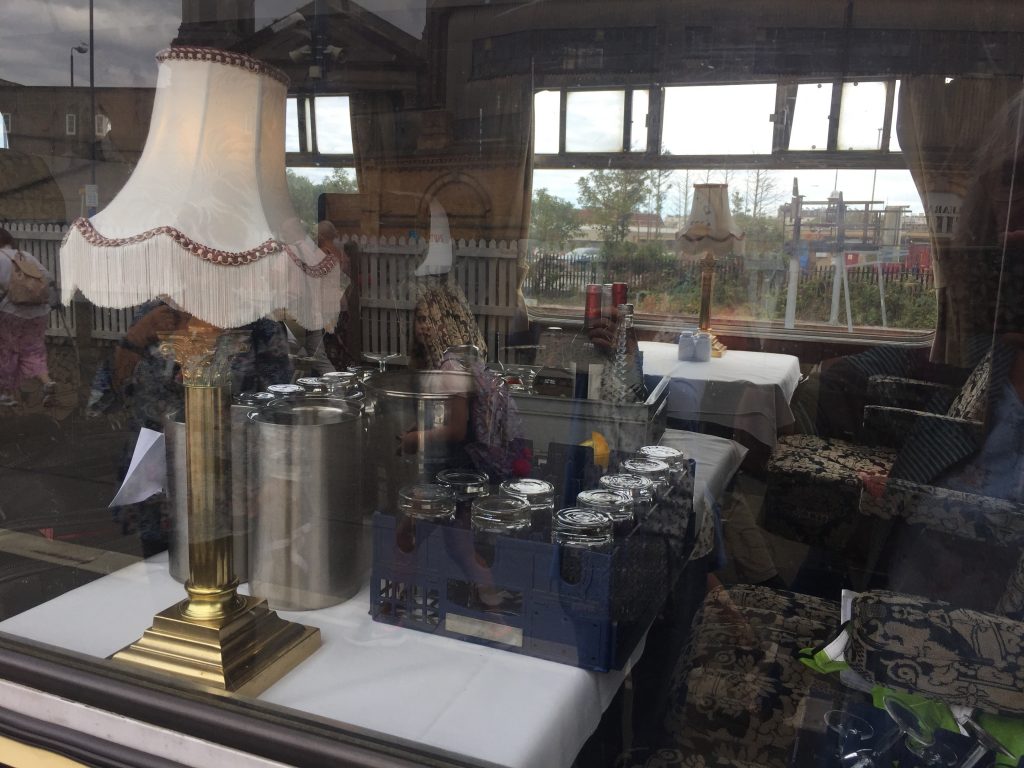



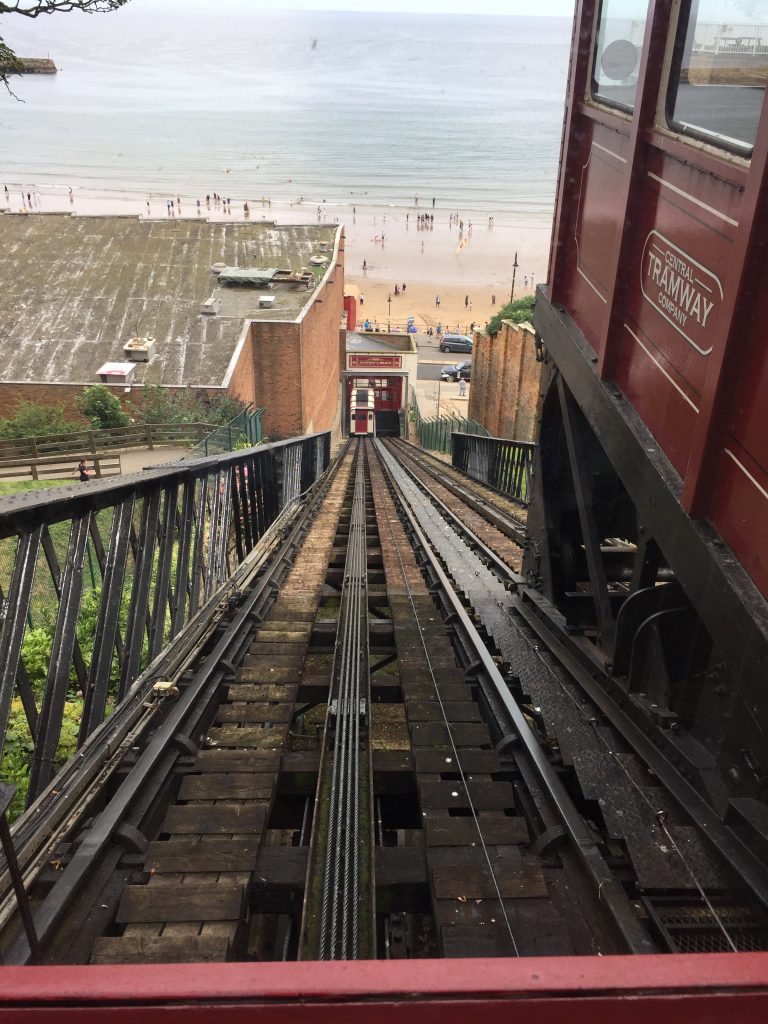

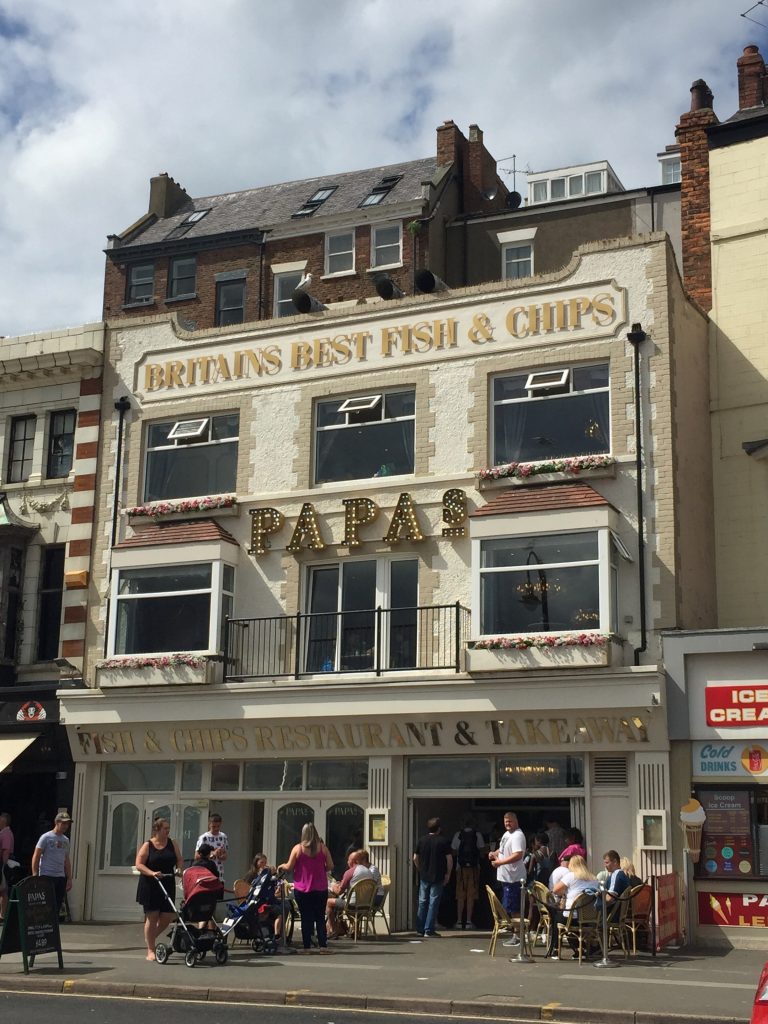

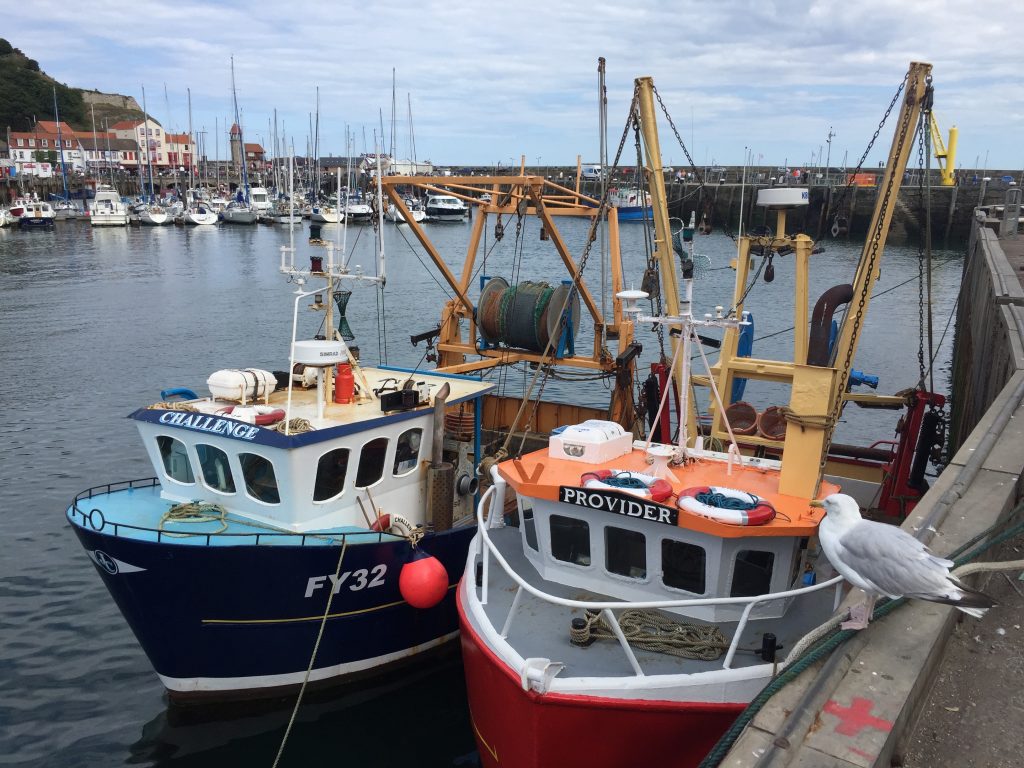
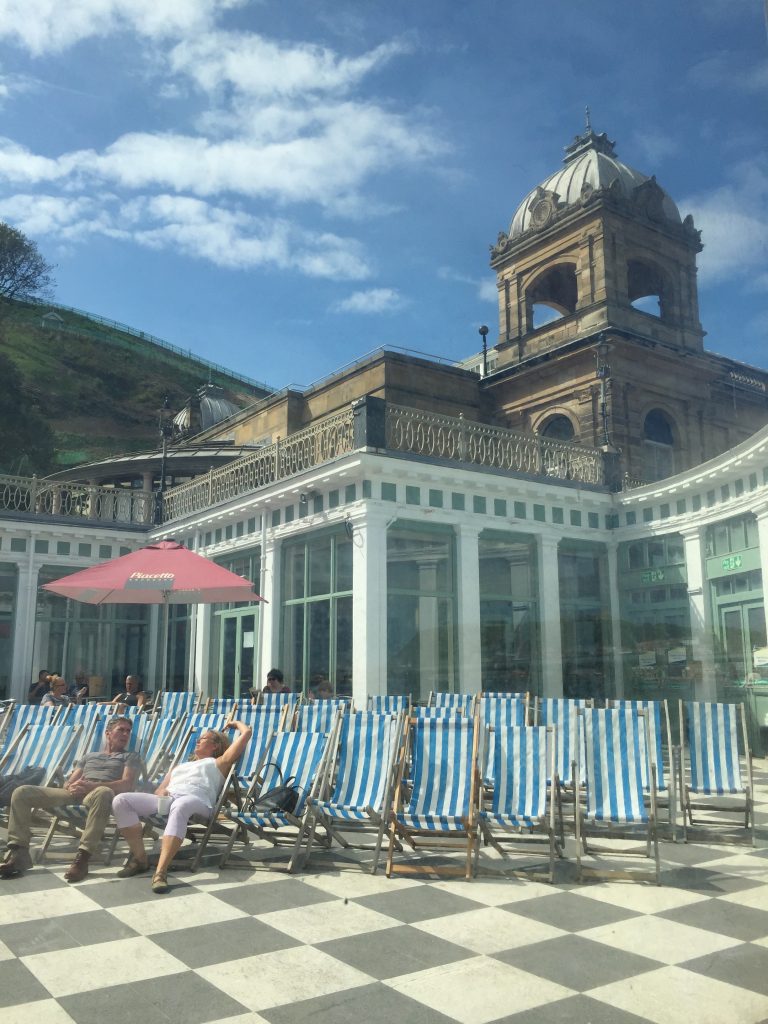
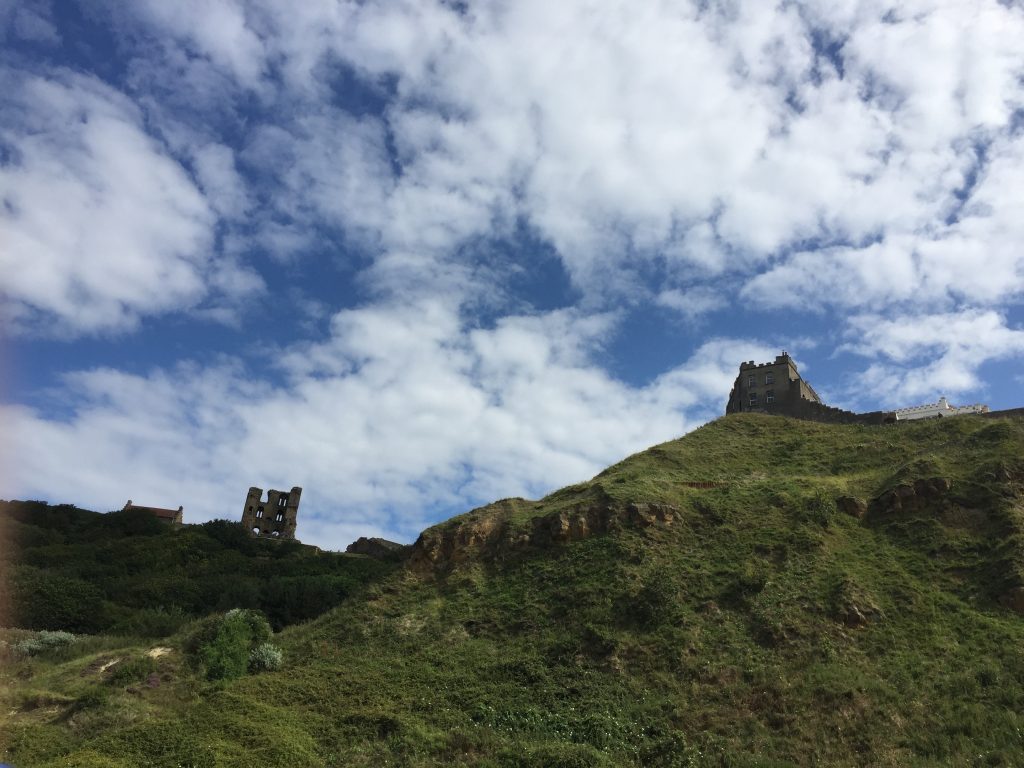

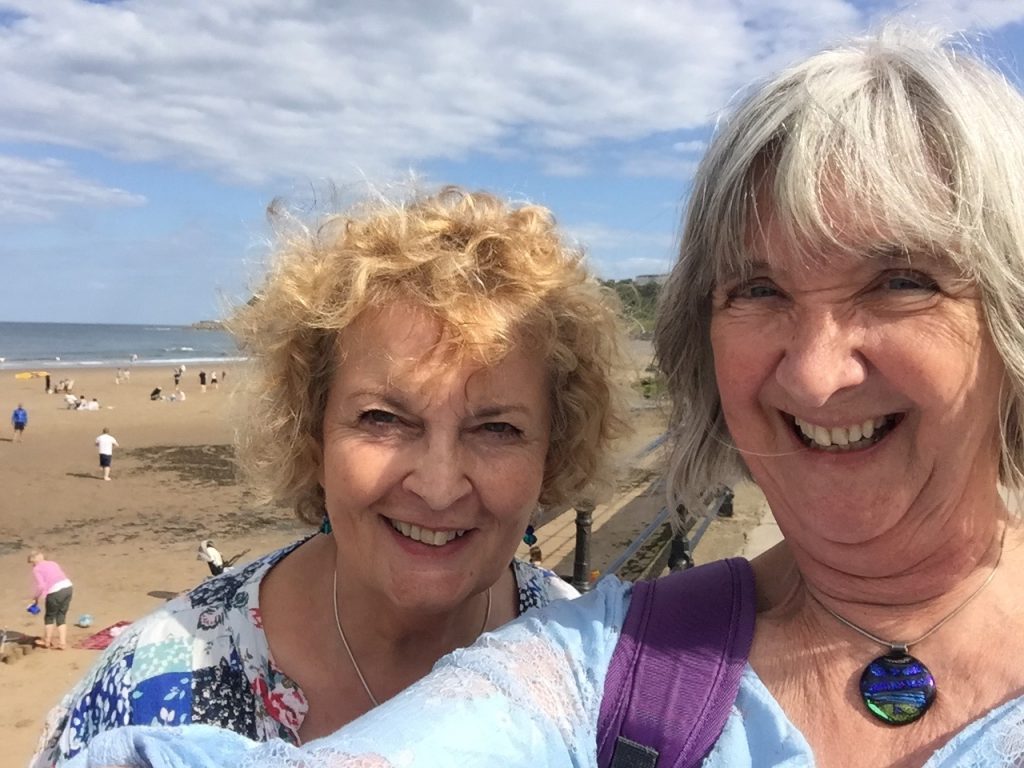
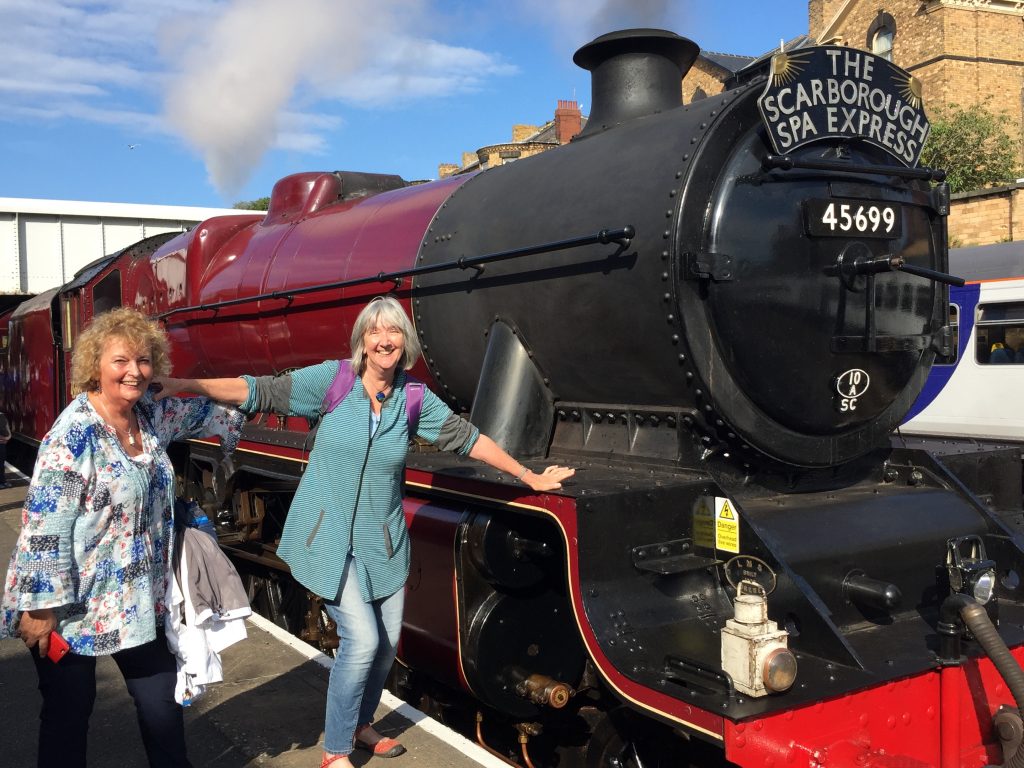
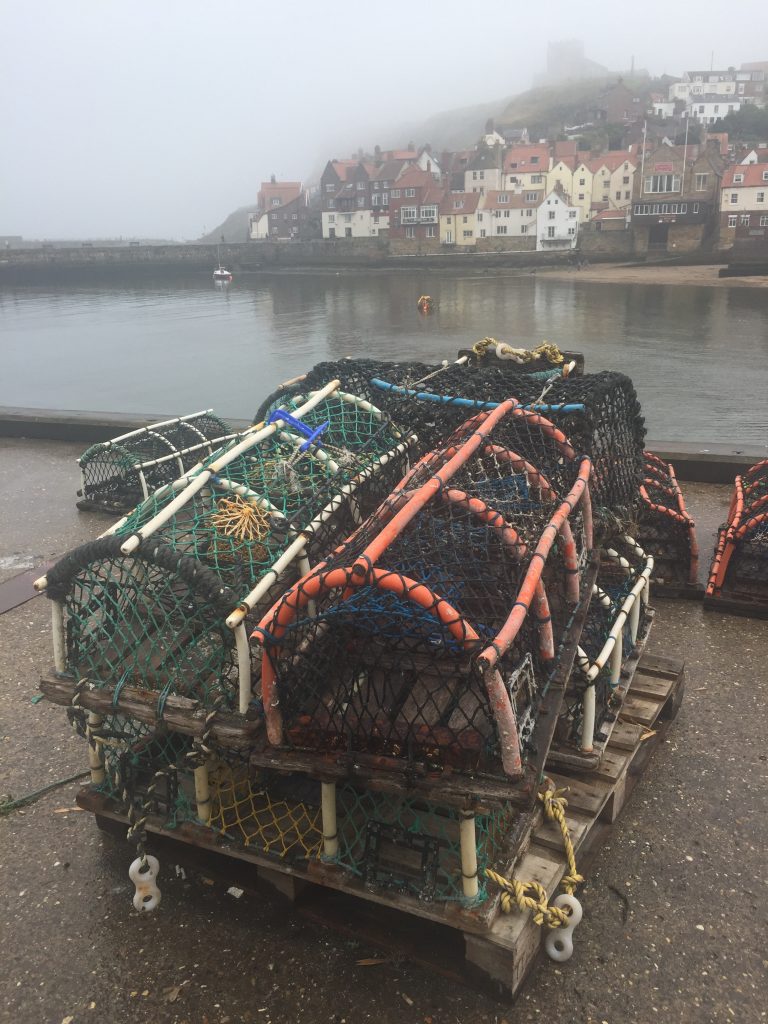
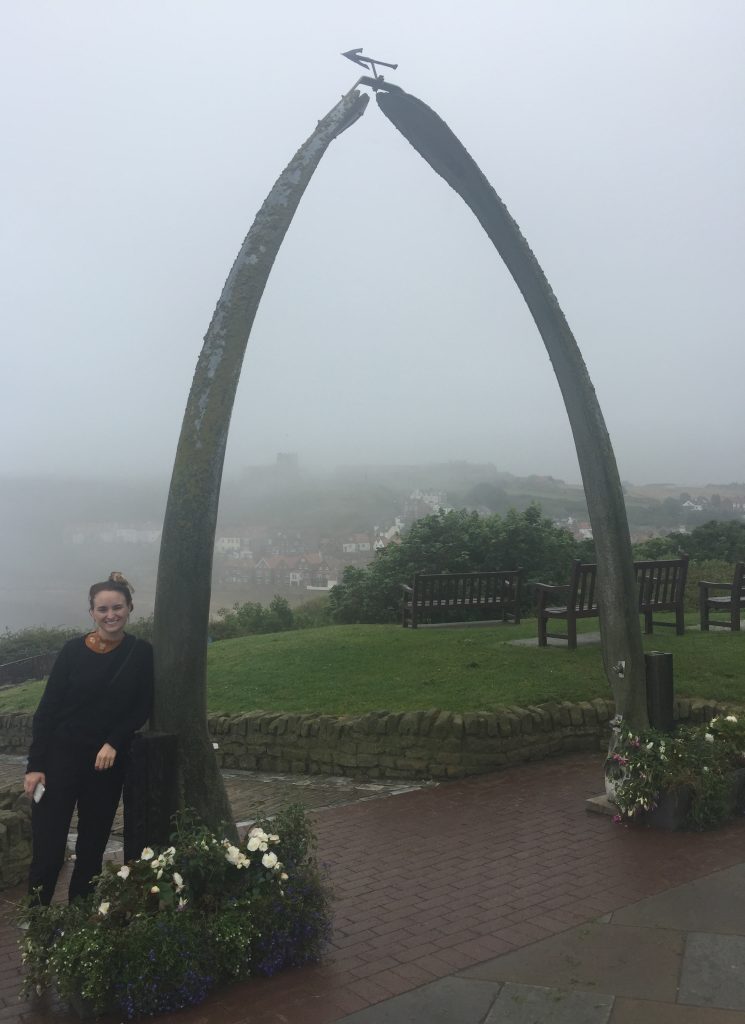
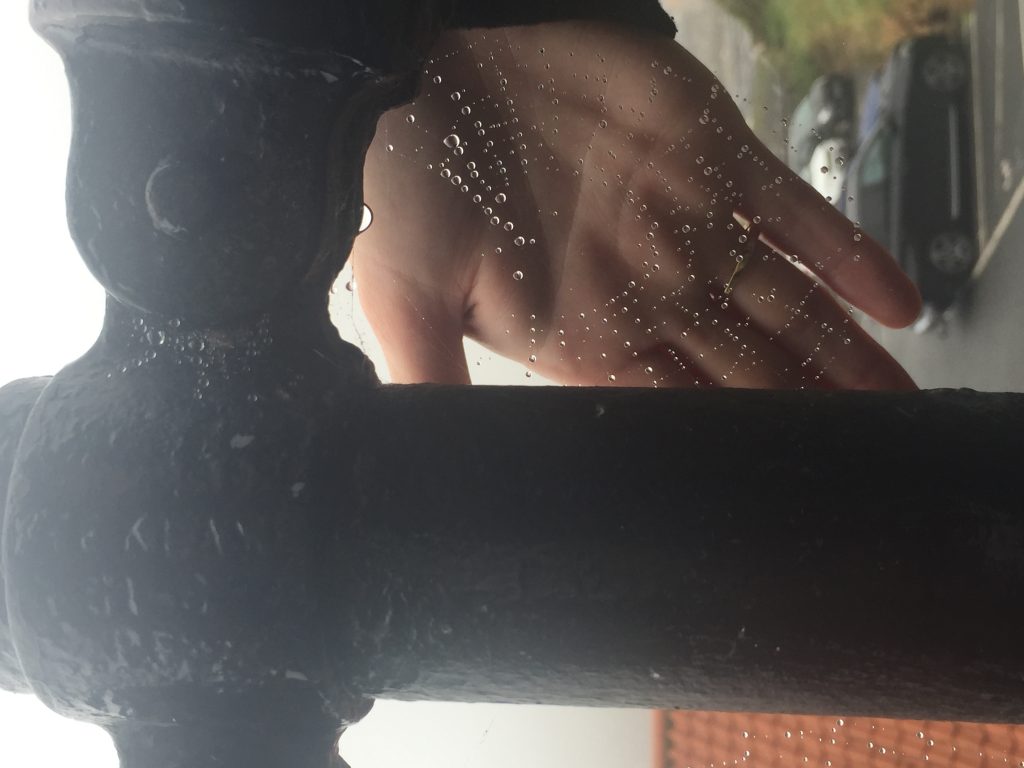
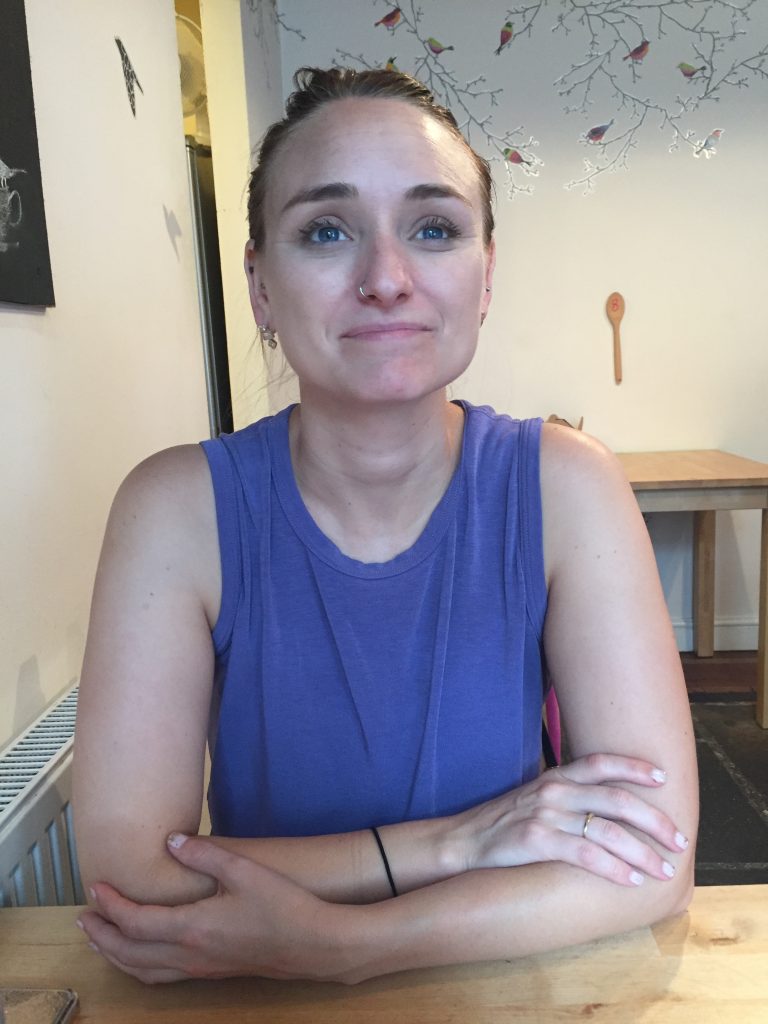
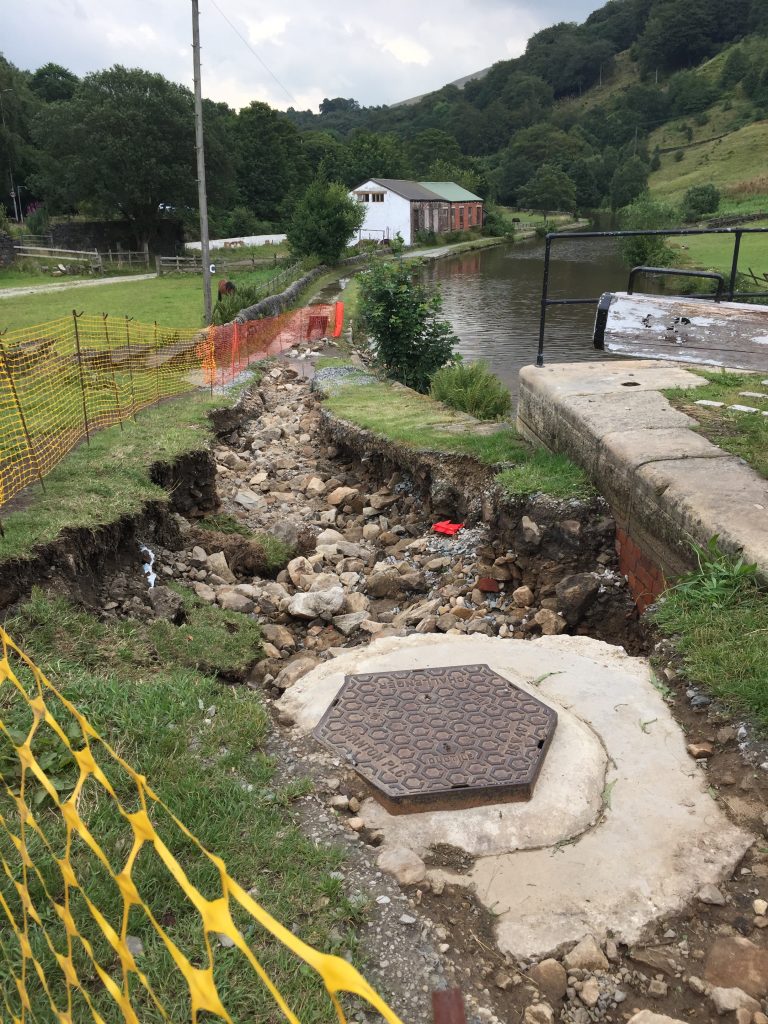
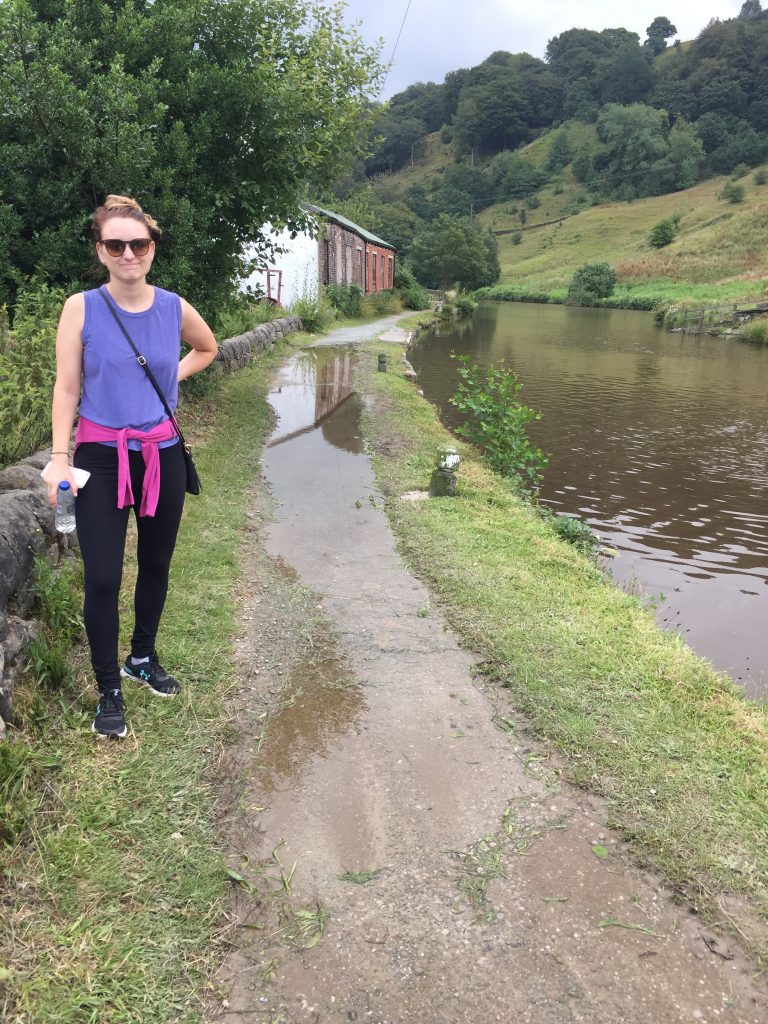
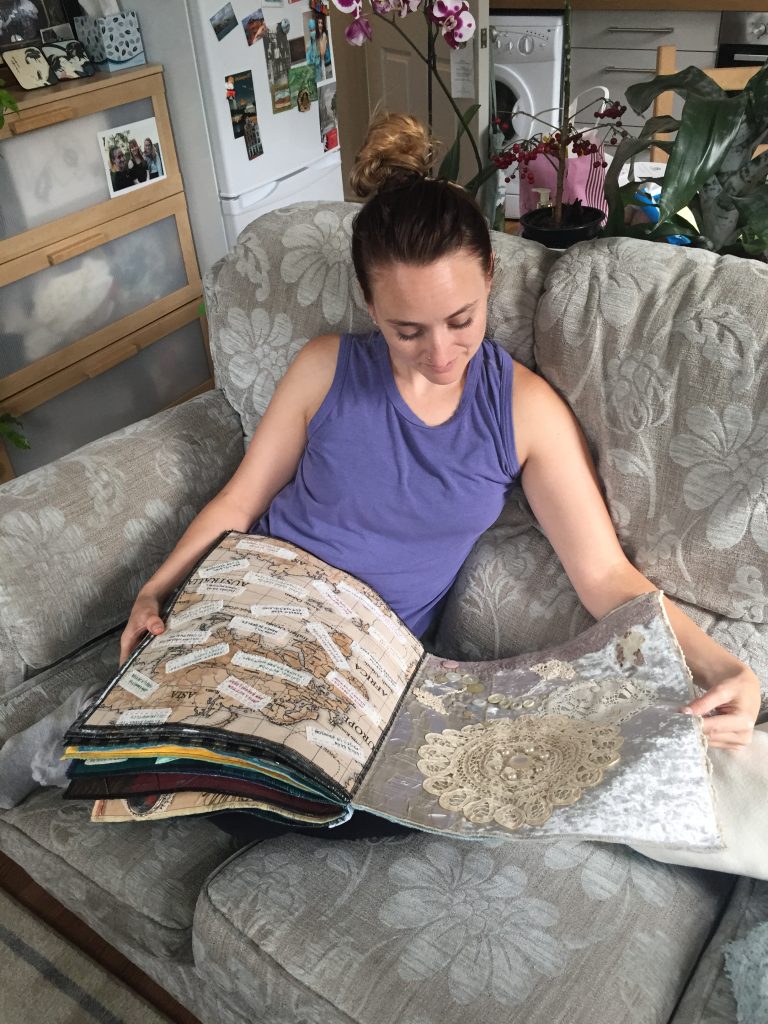
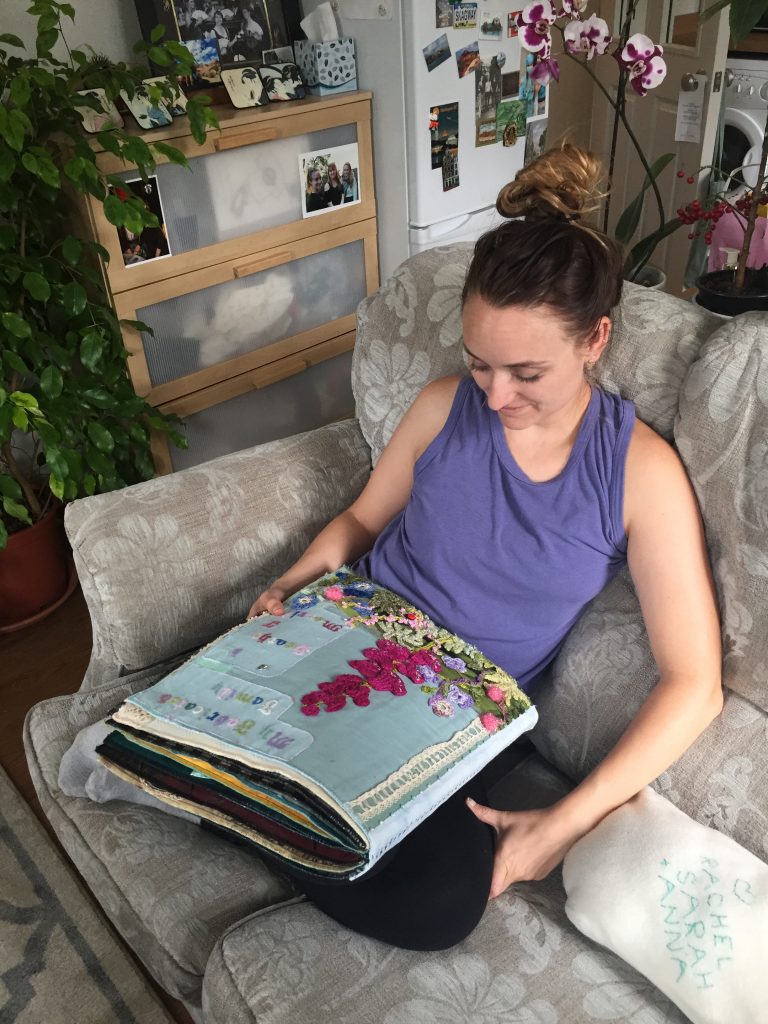
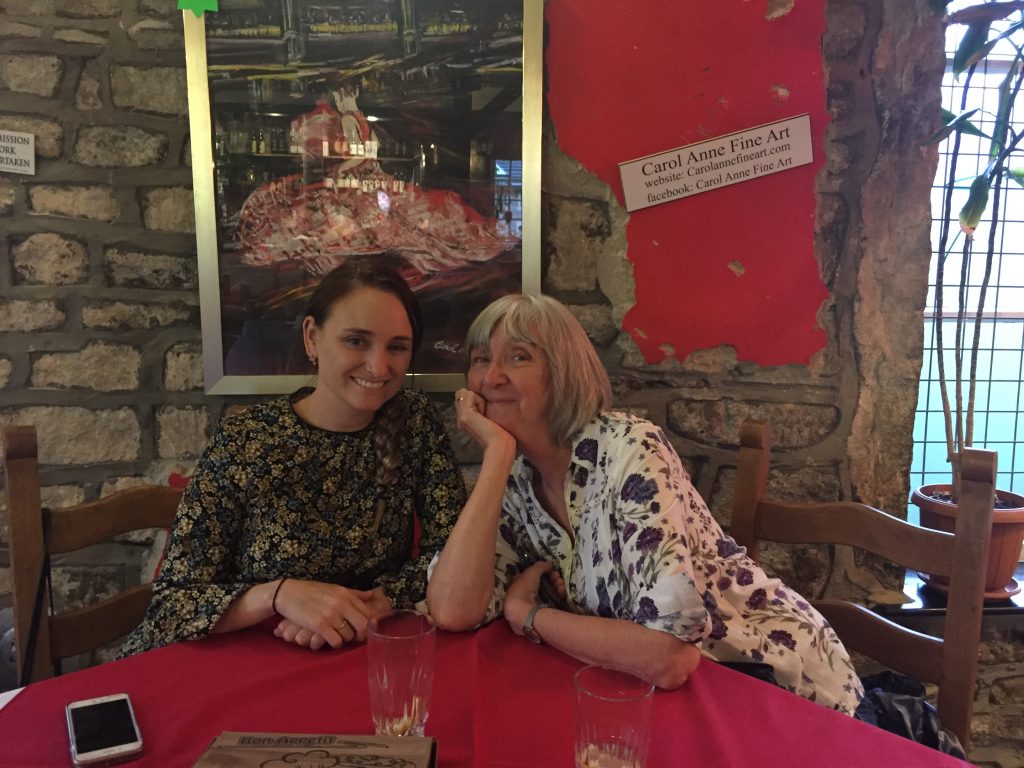
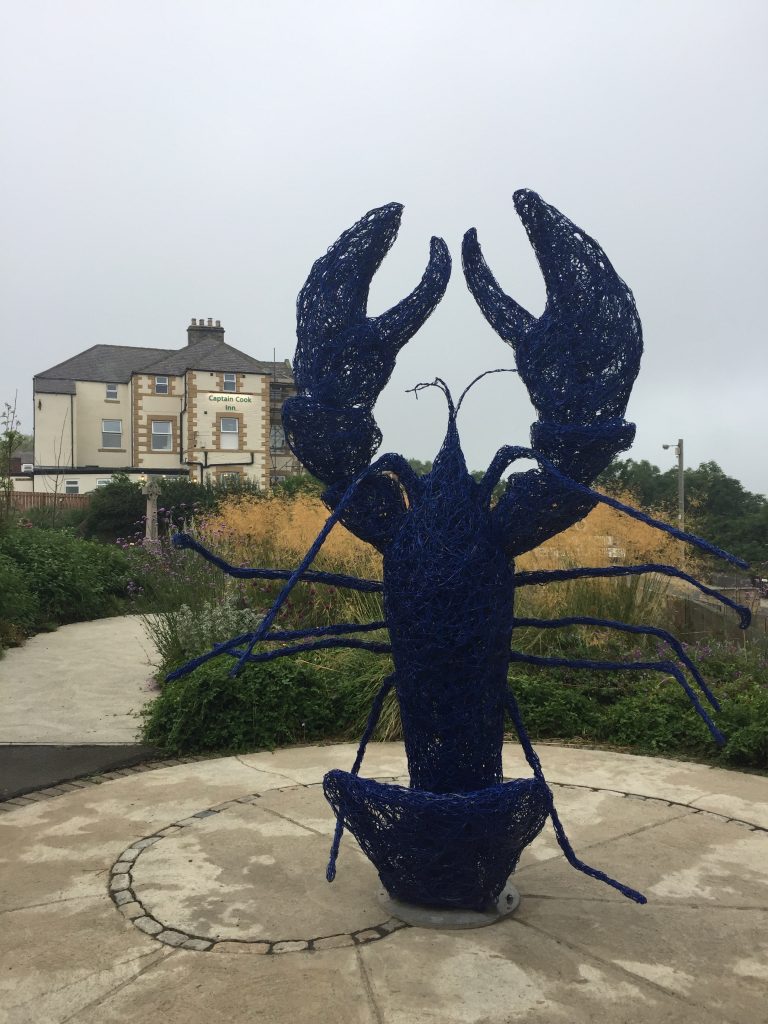
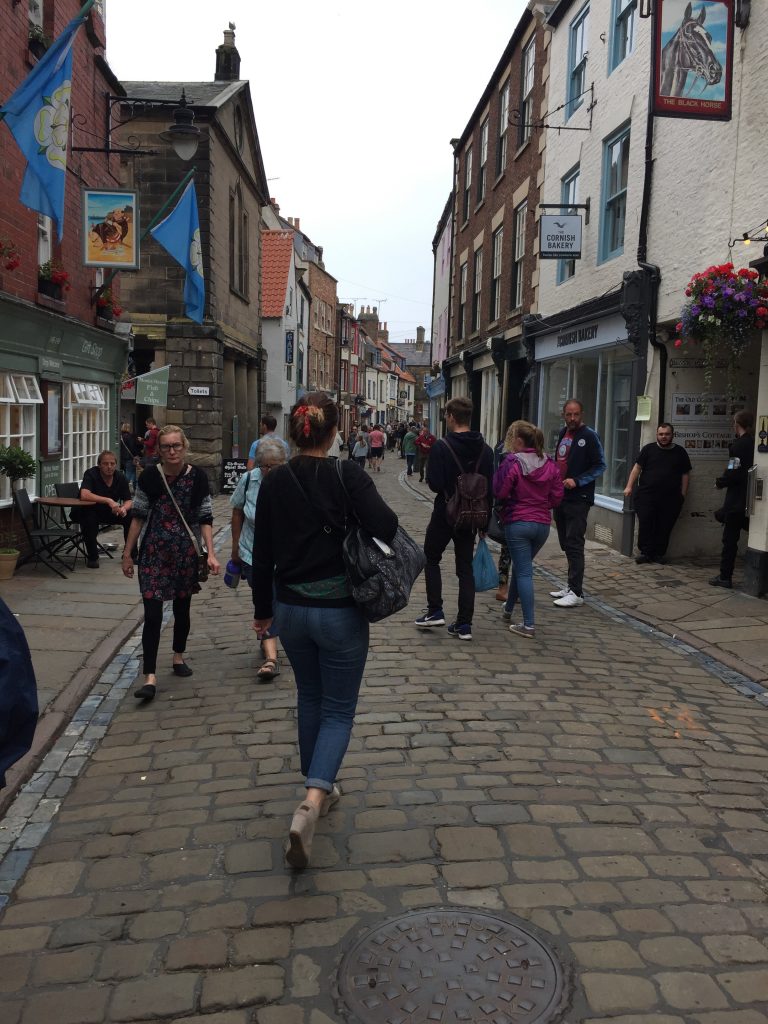
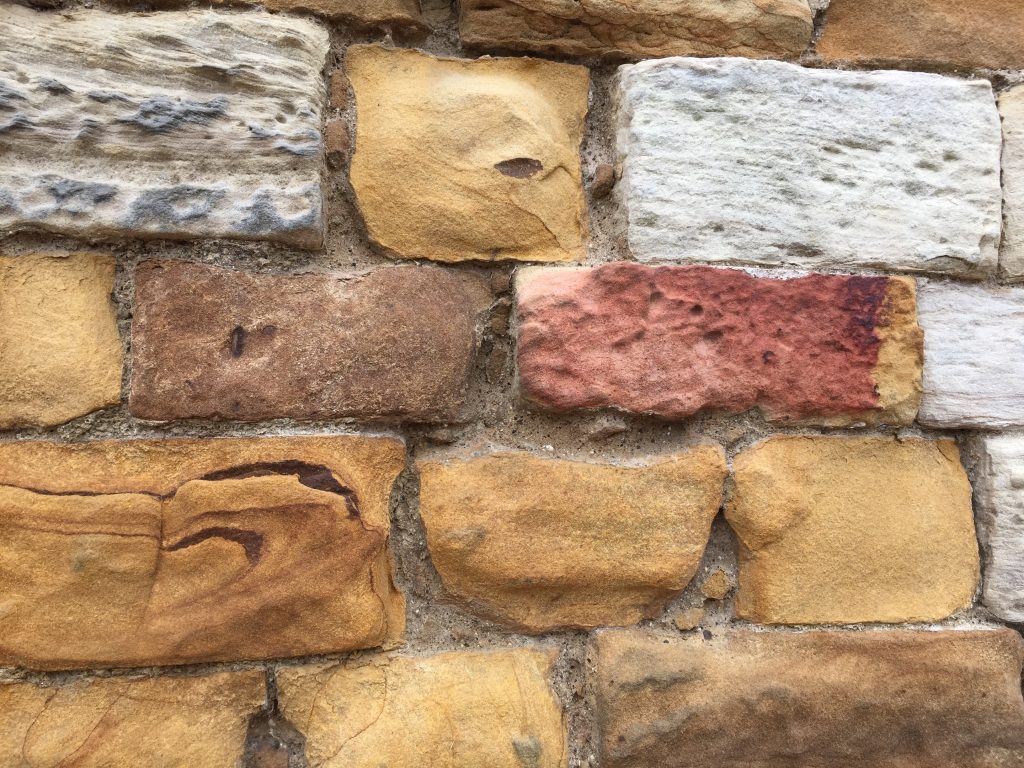
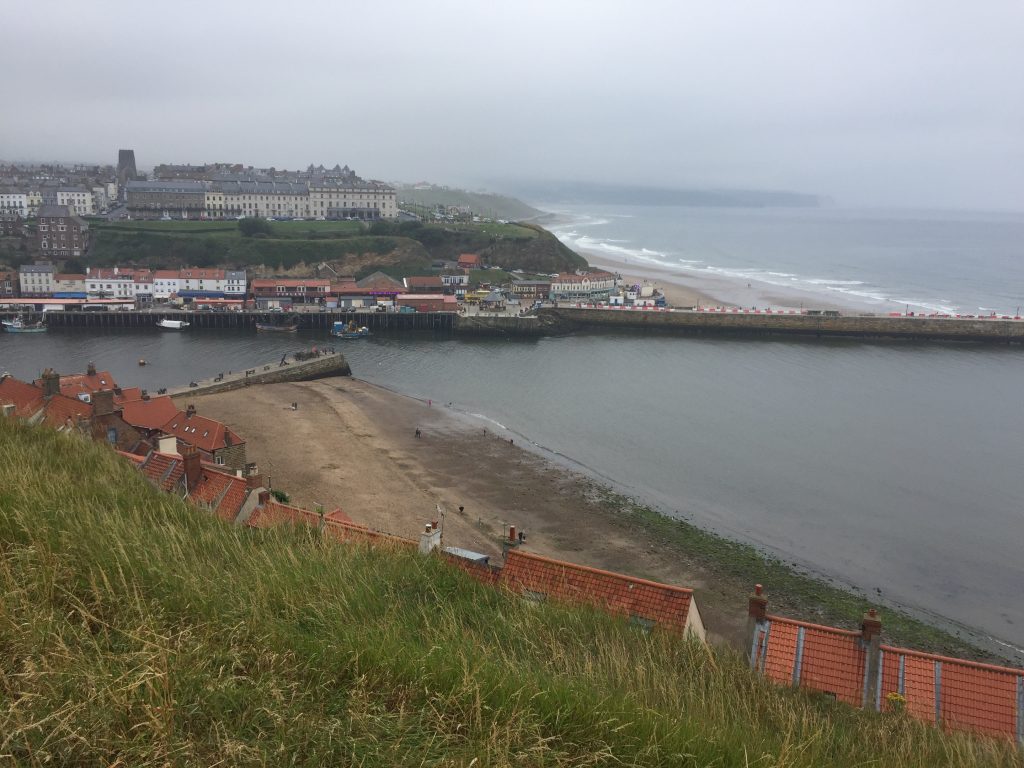
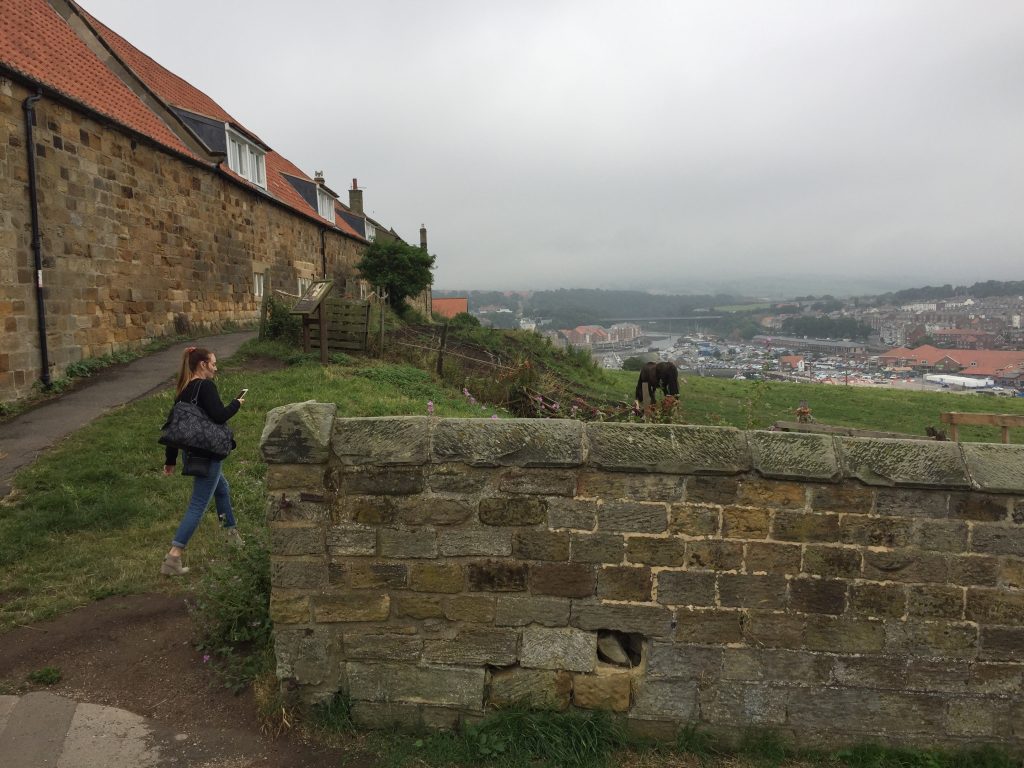
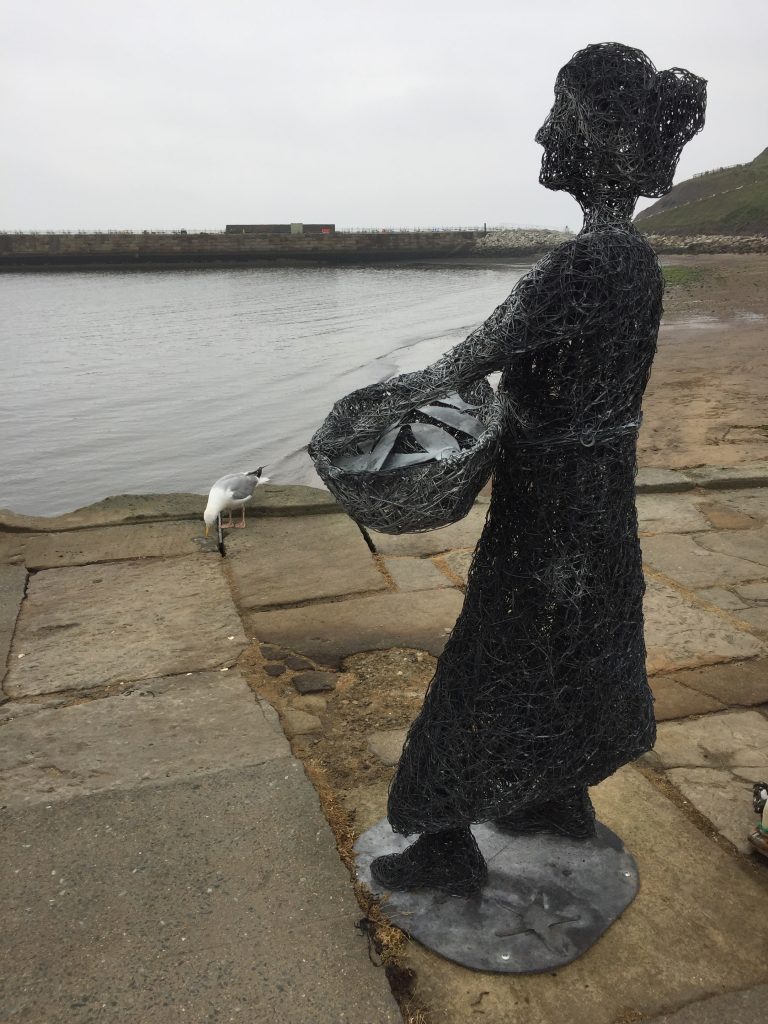
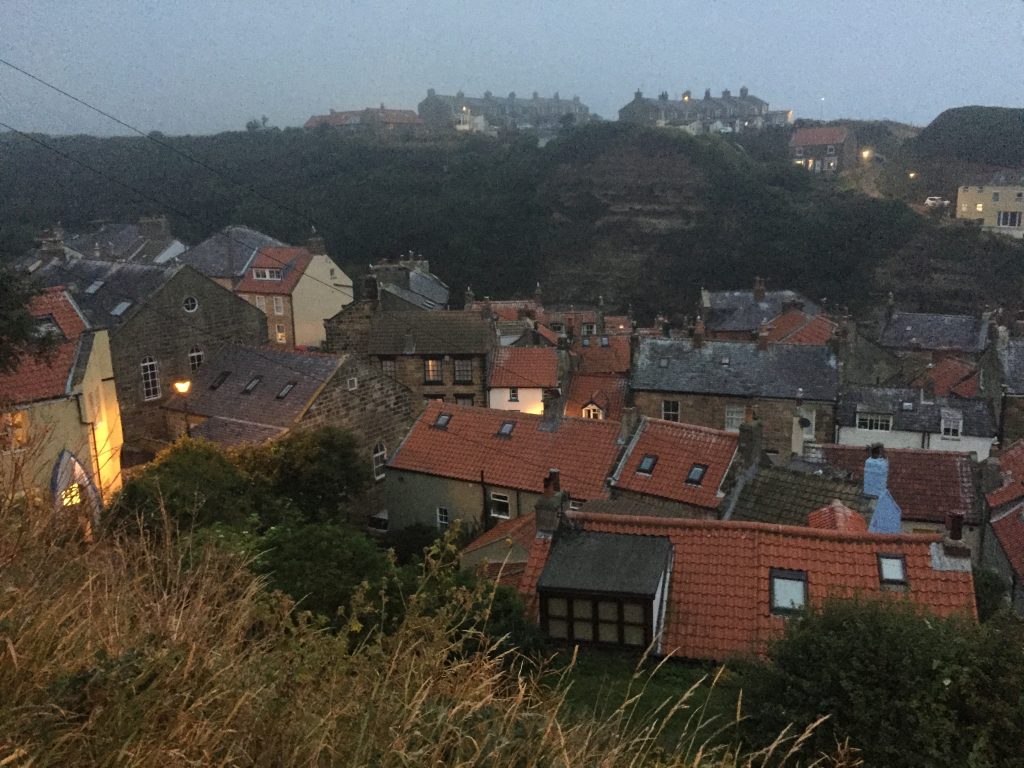
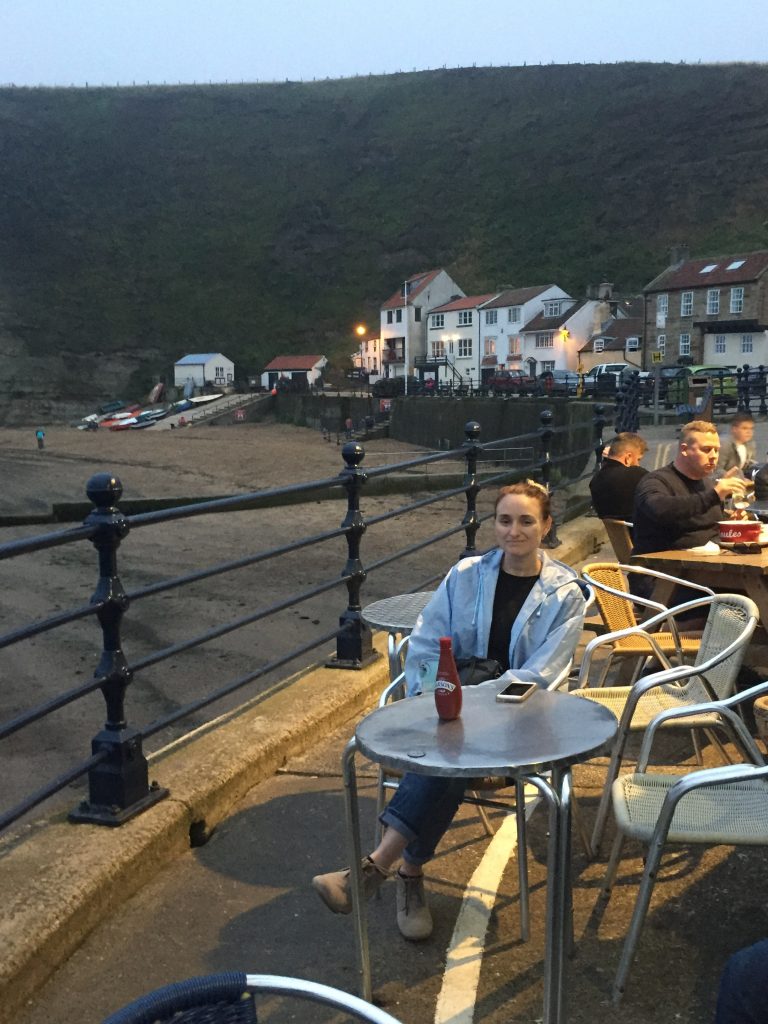
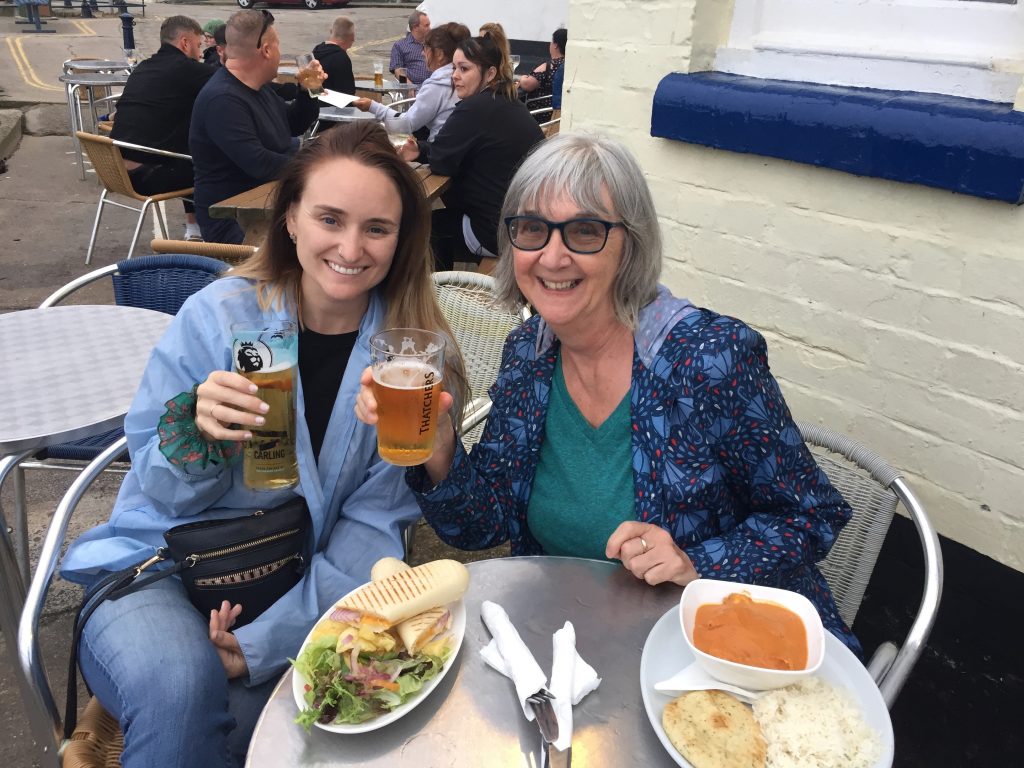
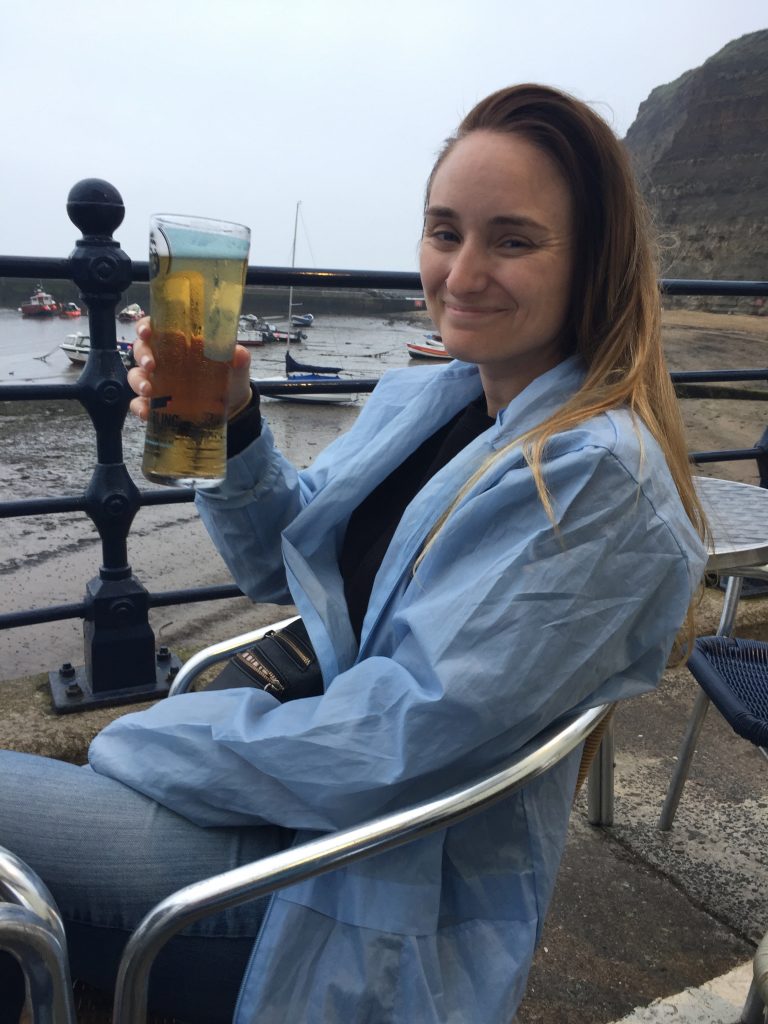
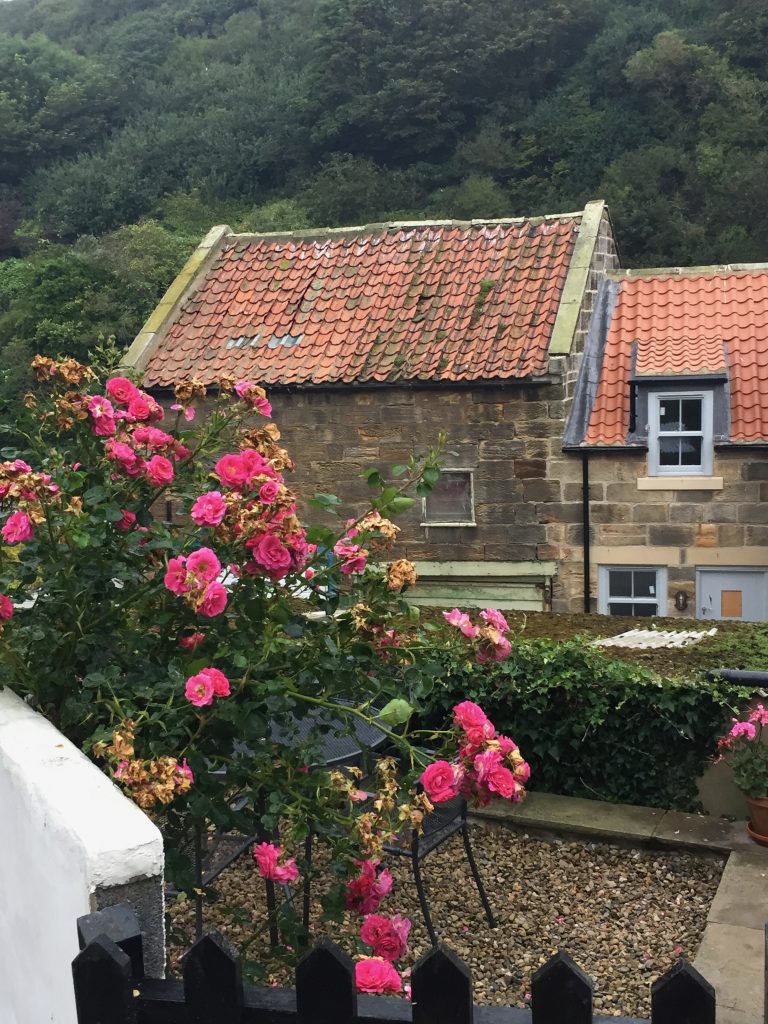
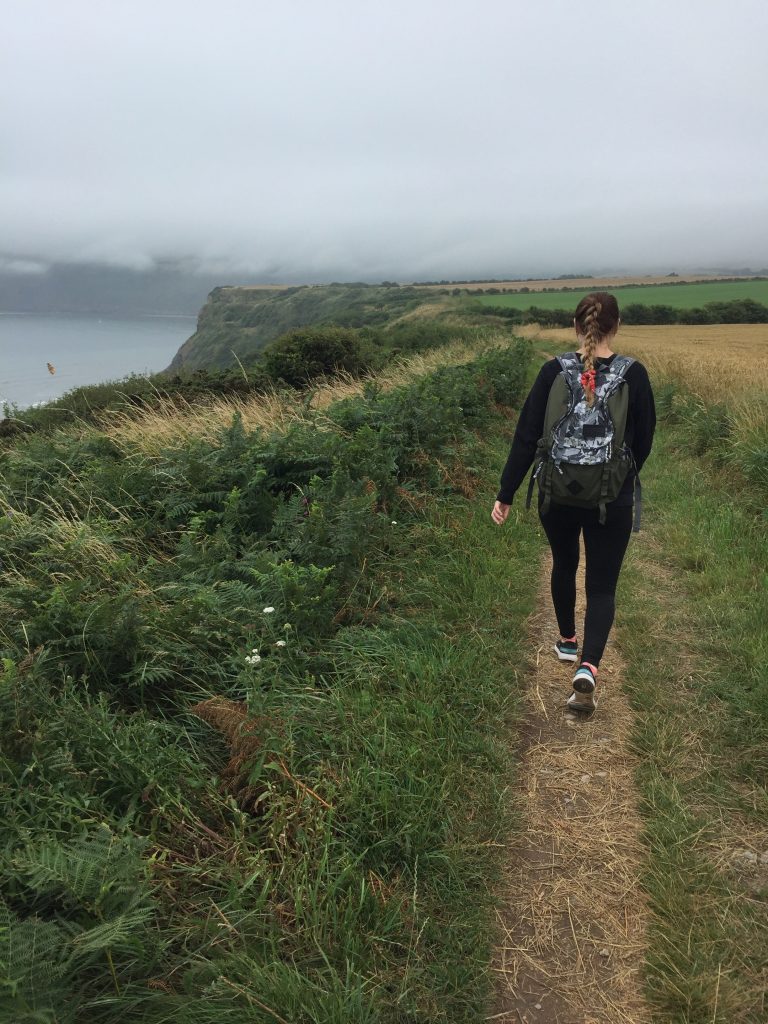
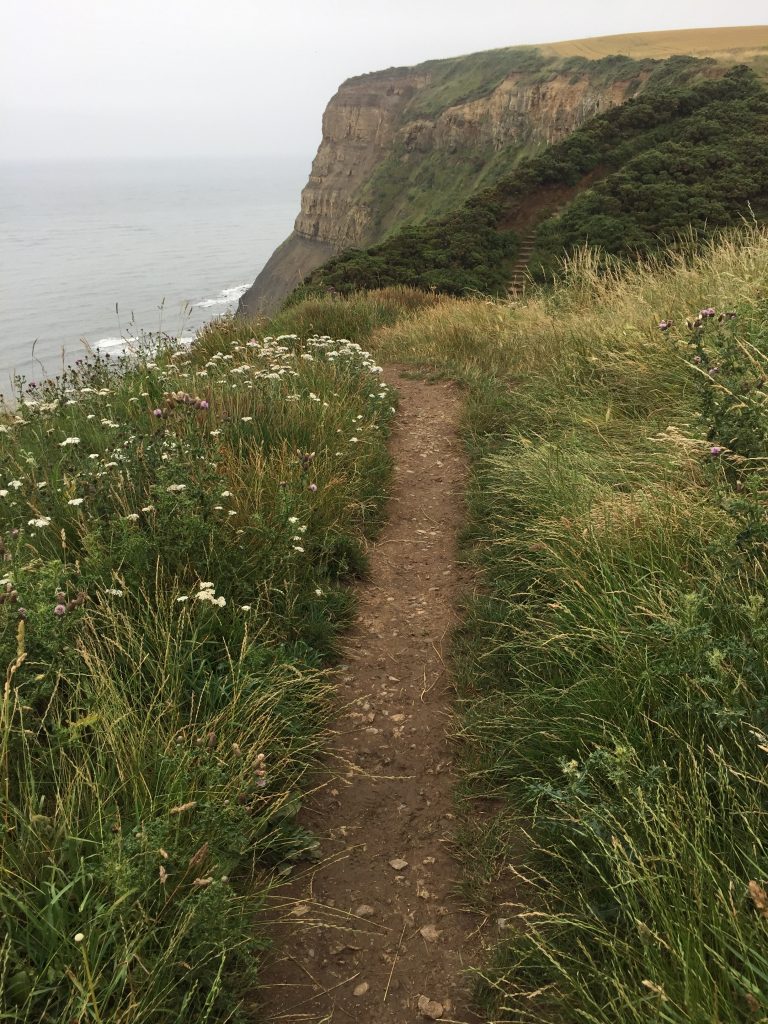

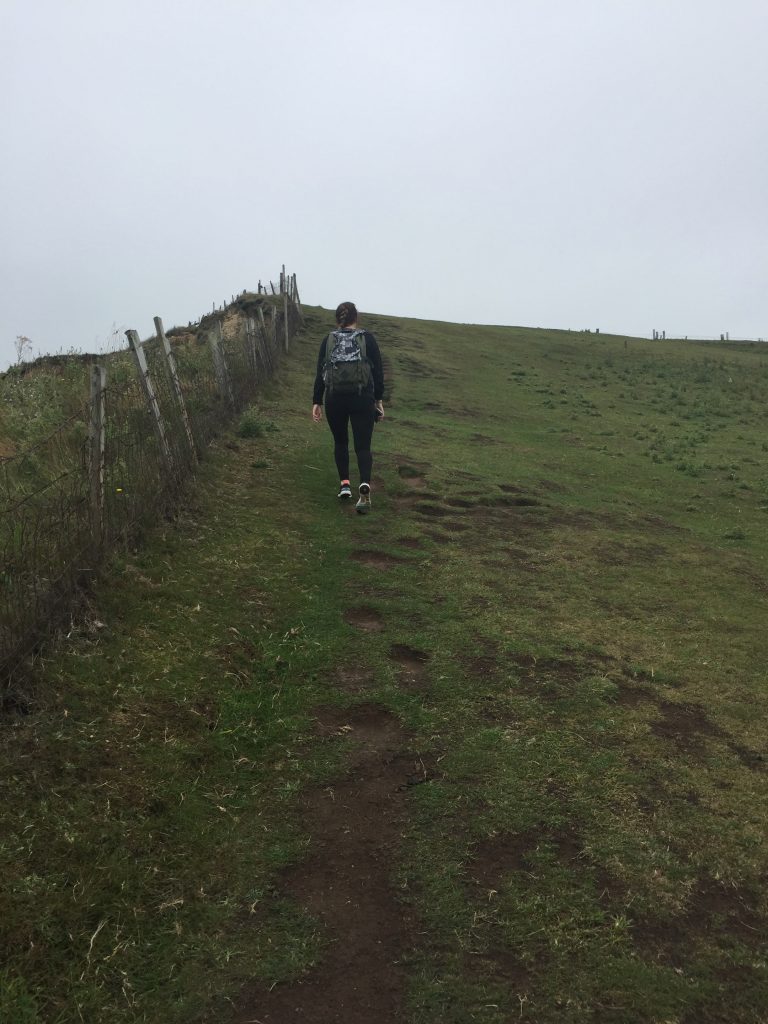


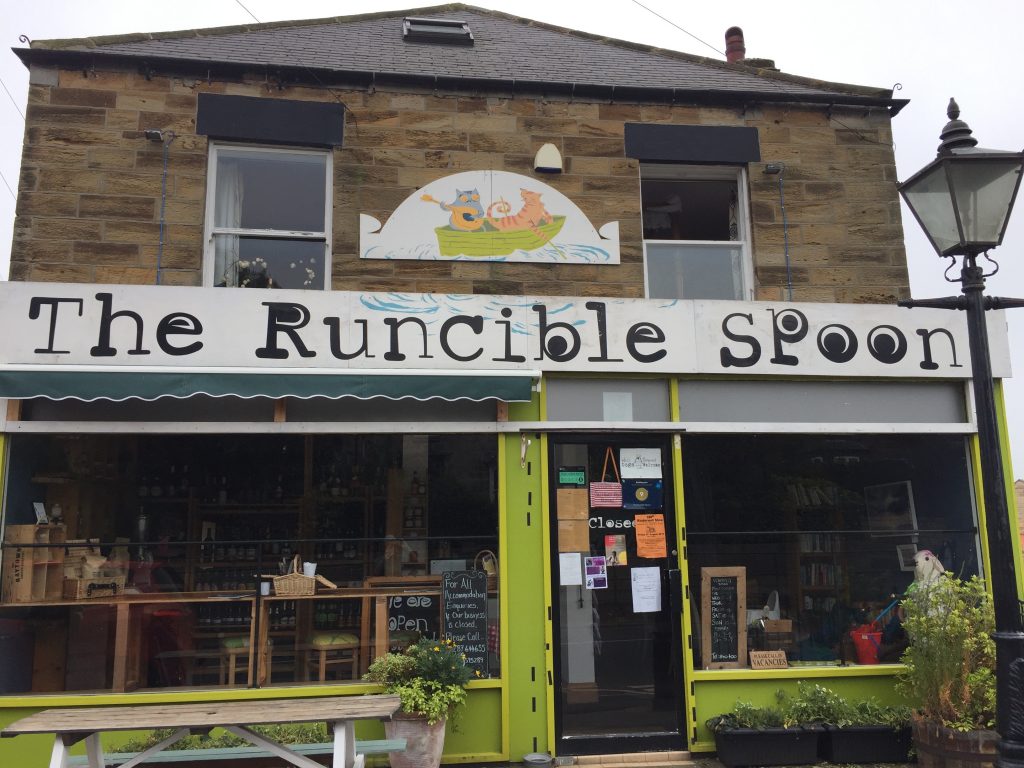
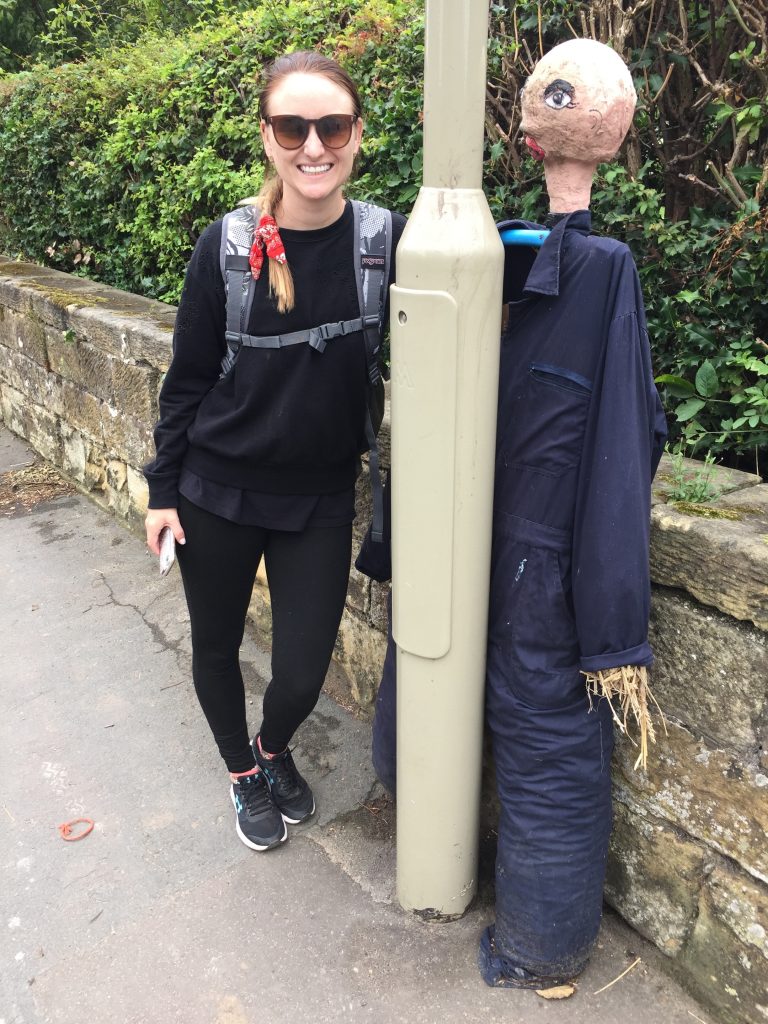
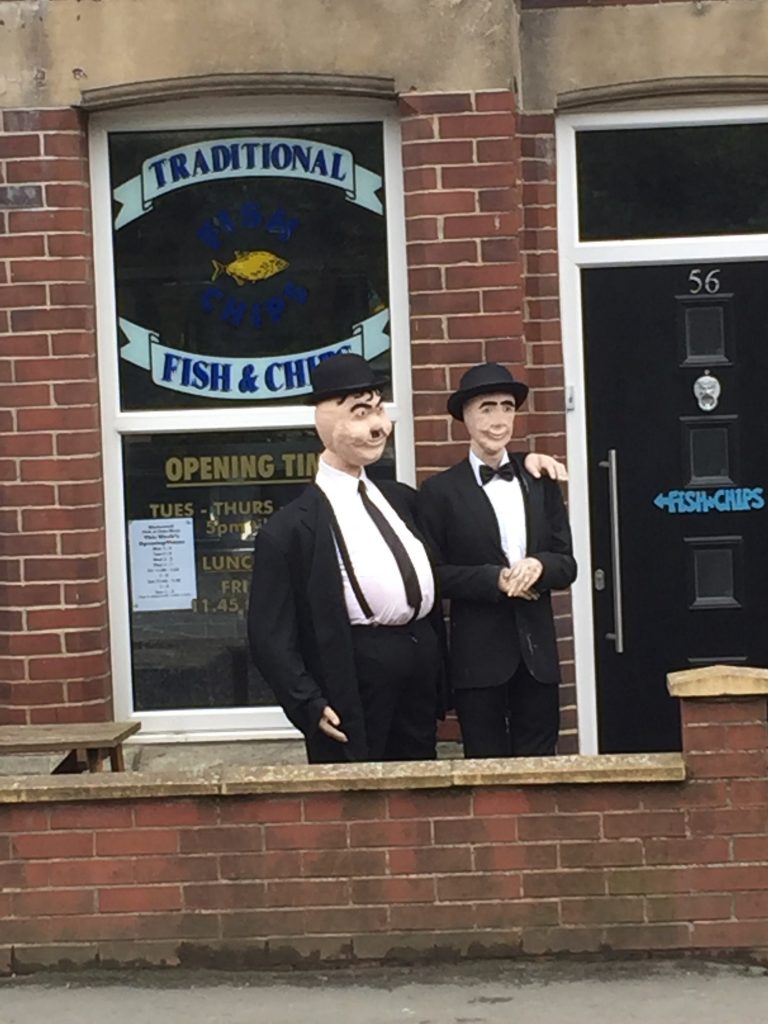
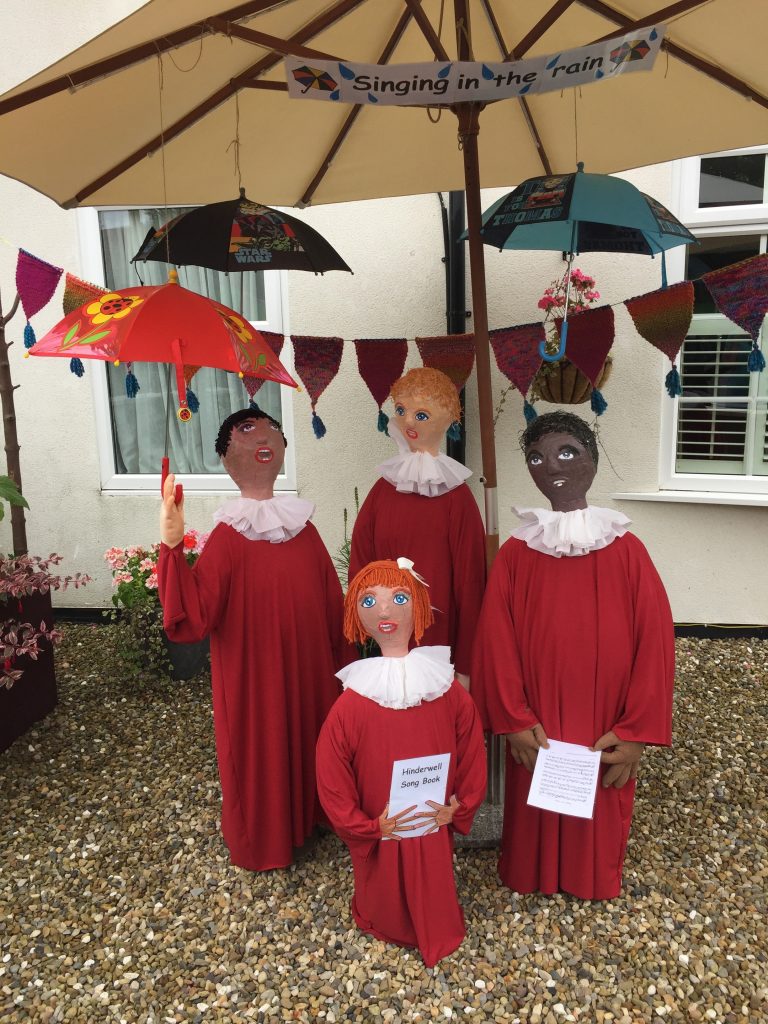



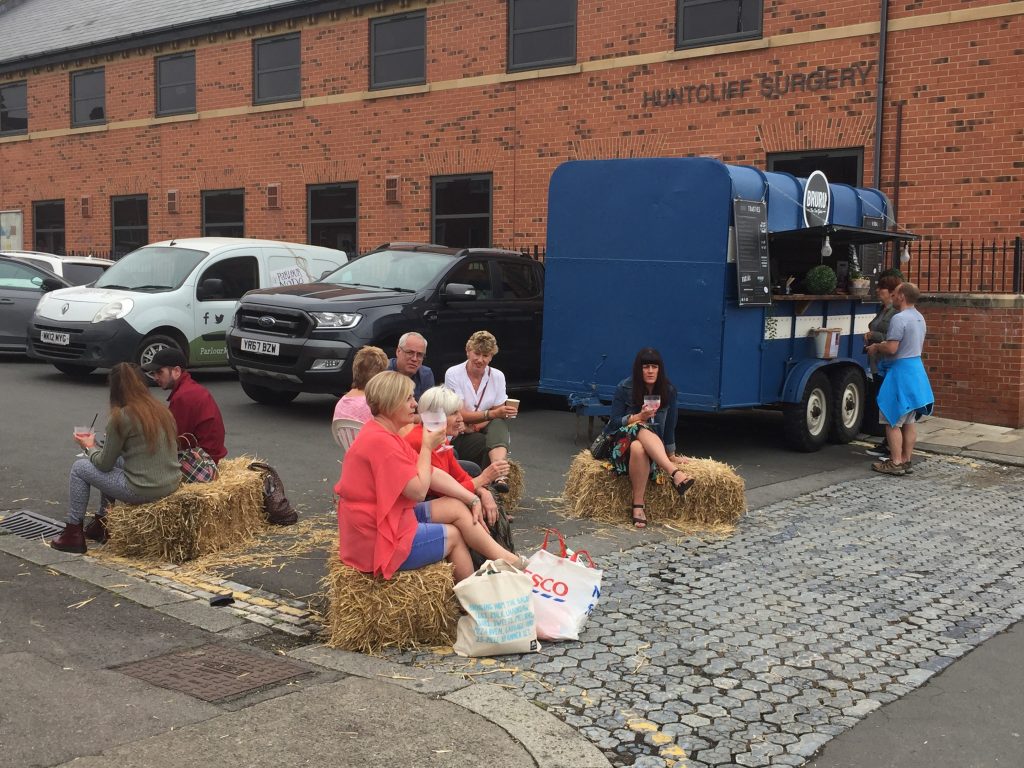
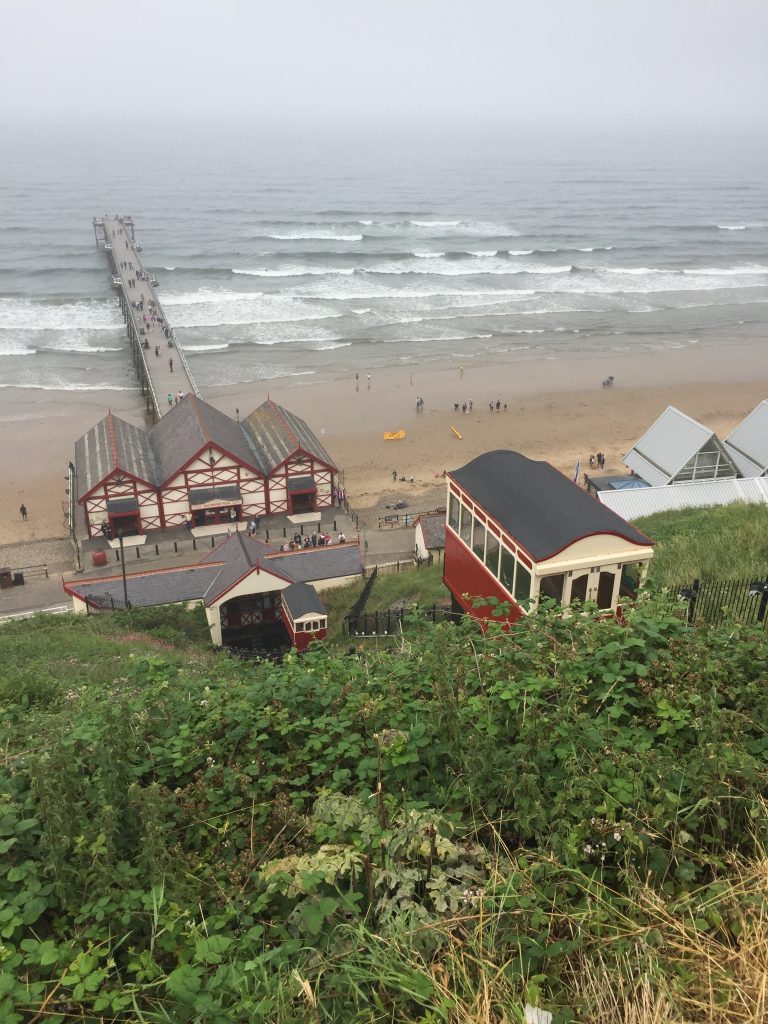
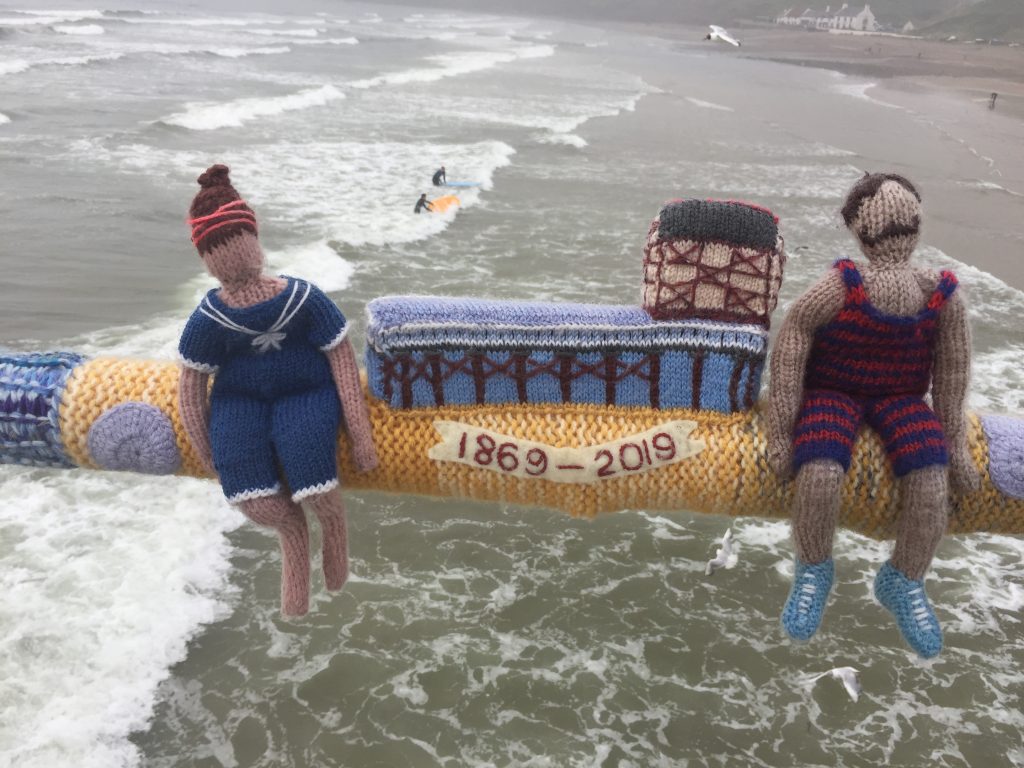
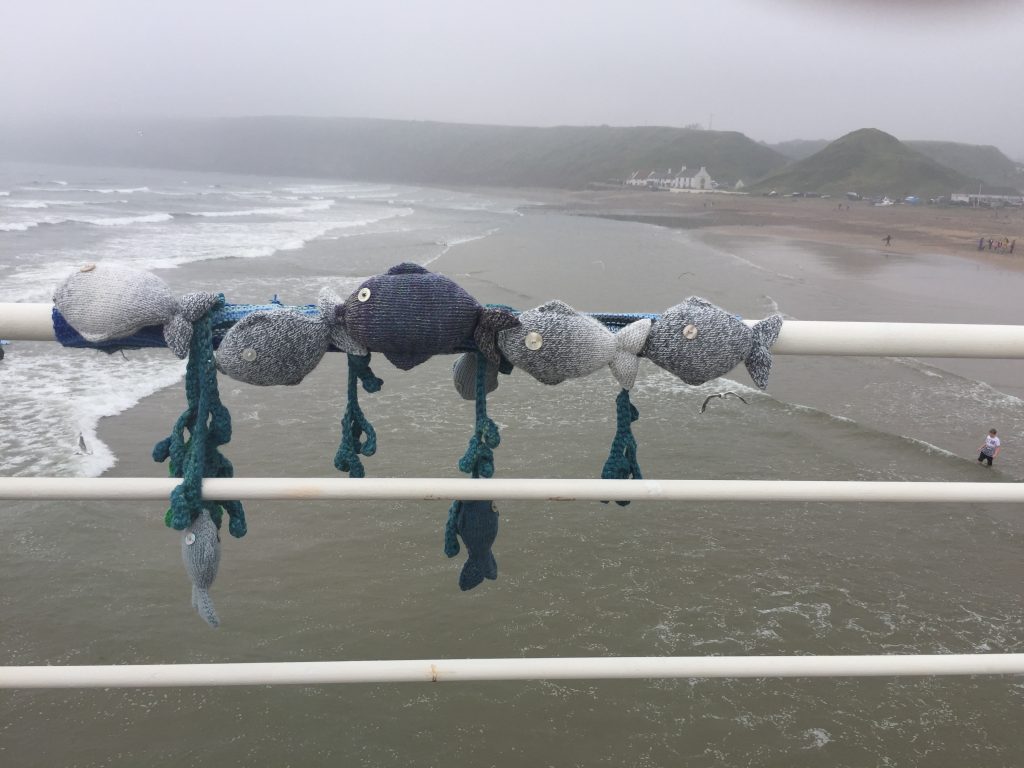
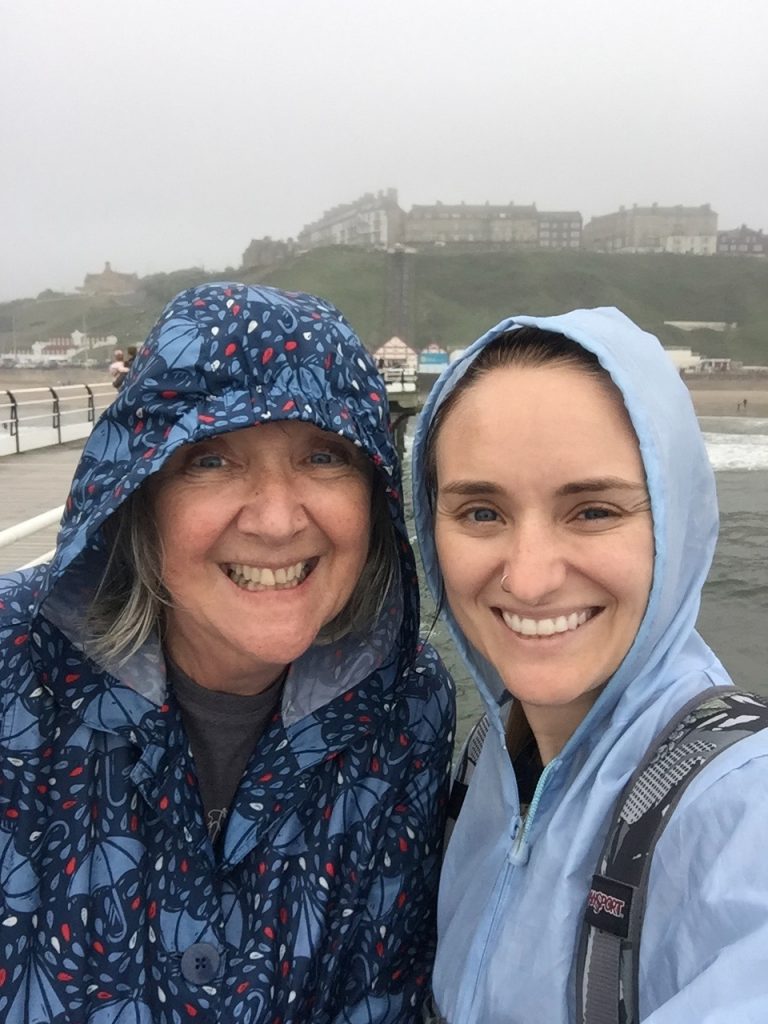
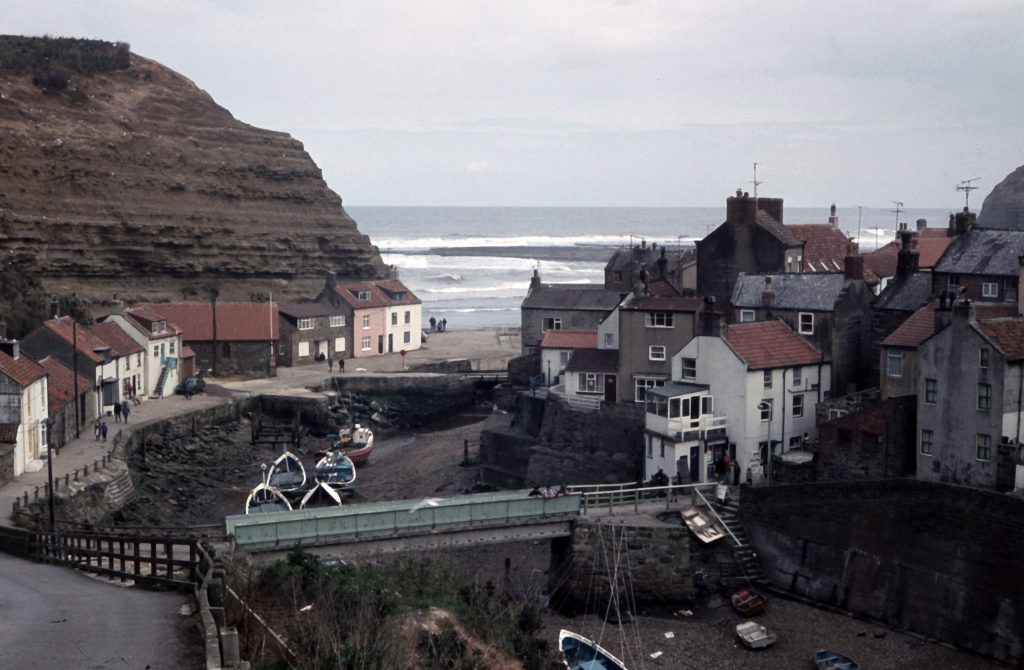
Recent Comments